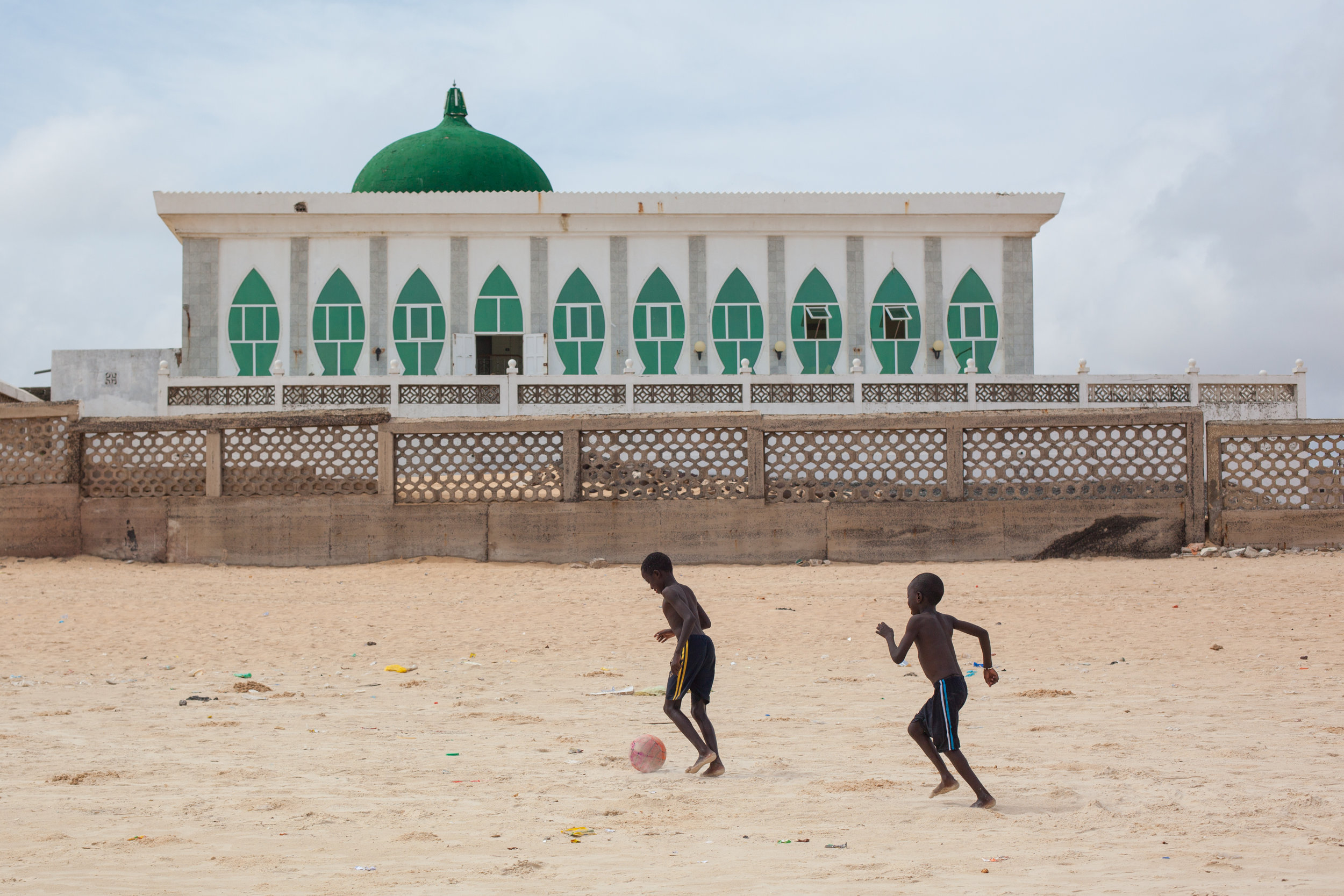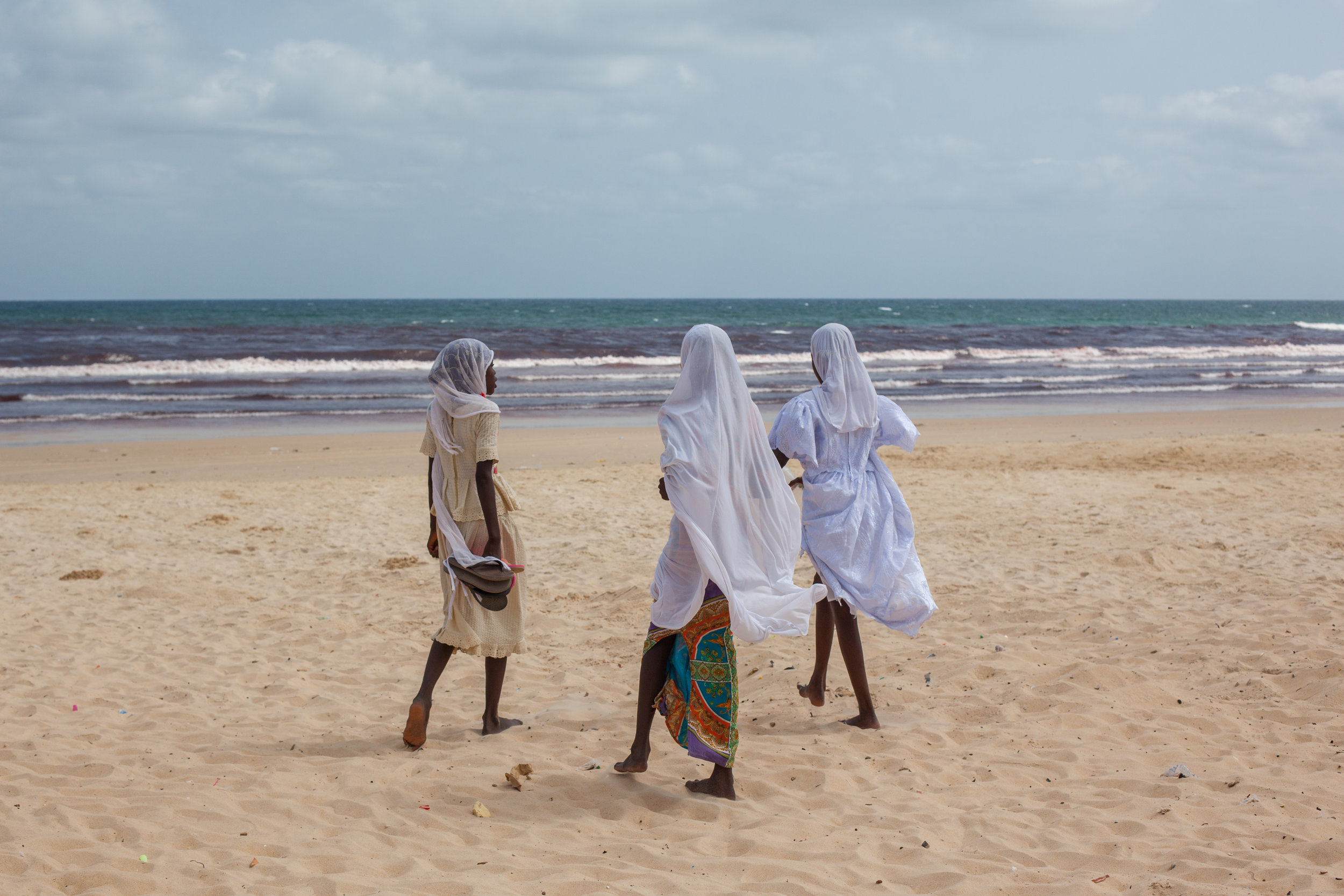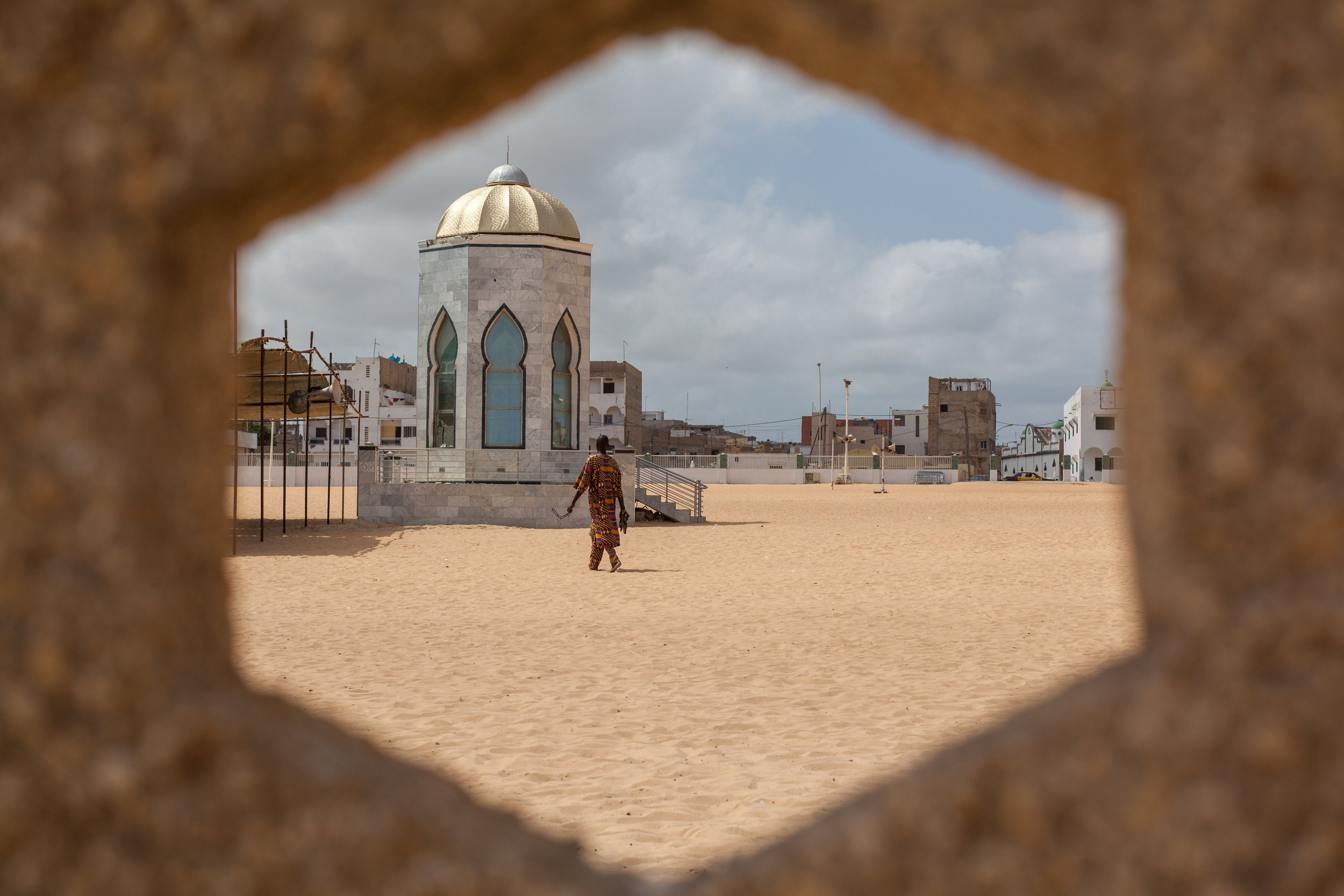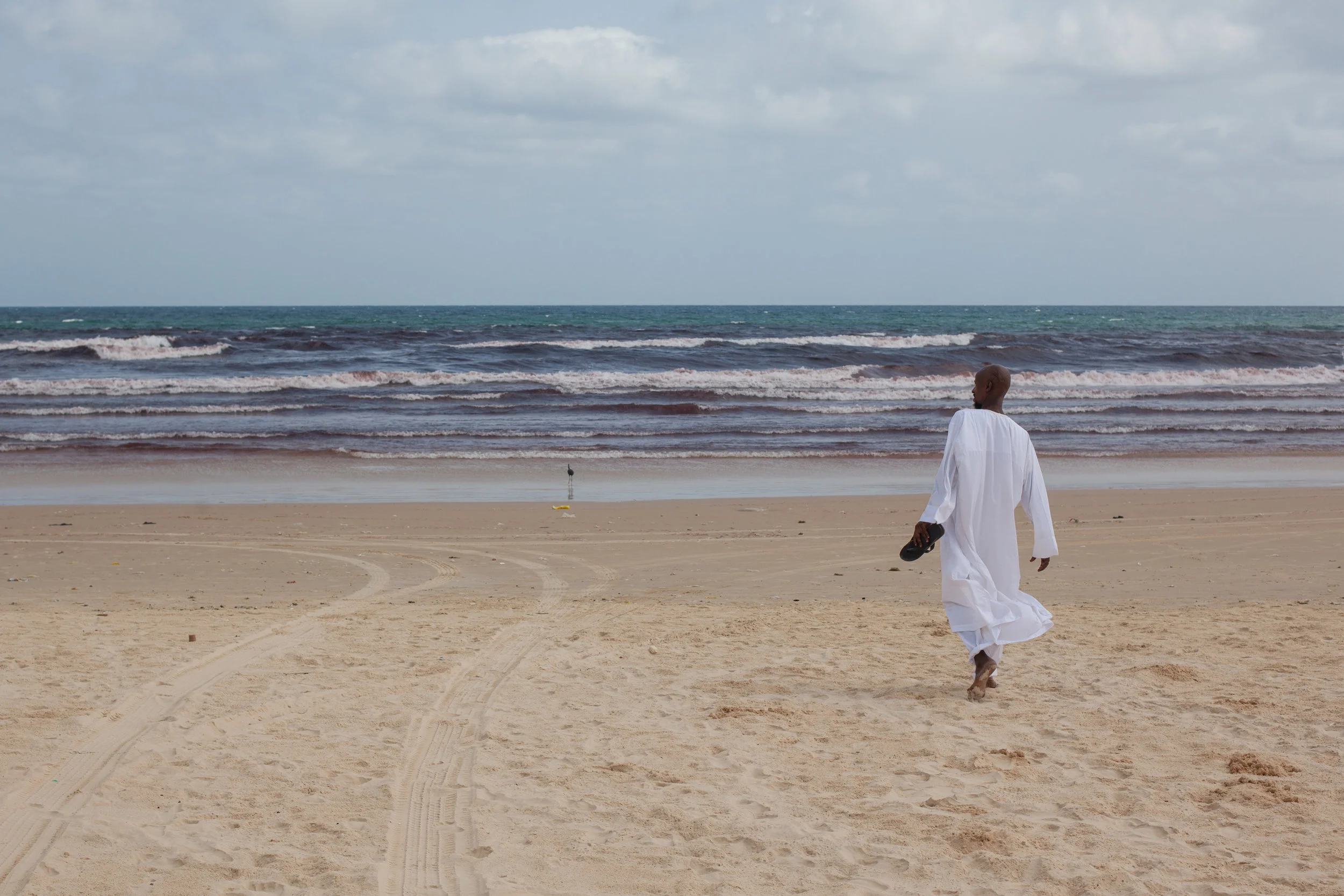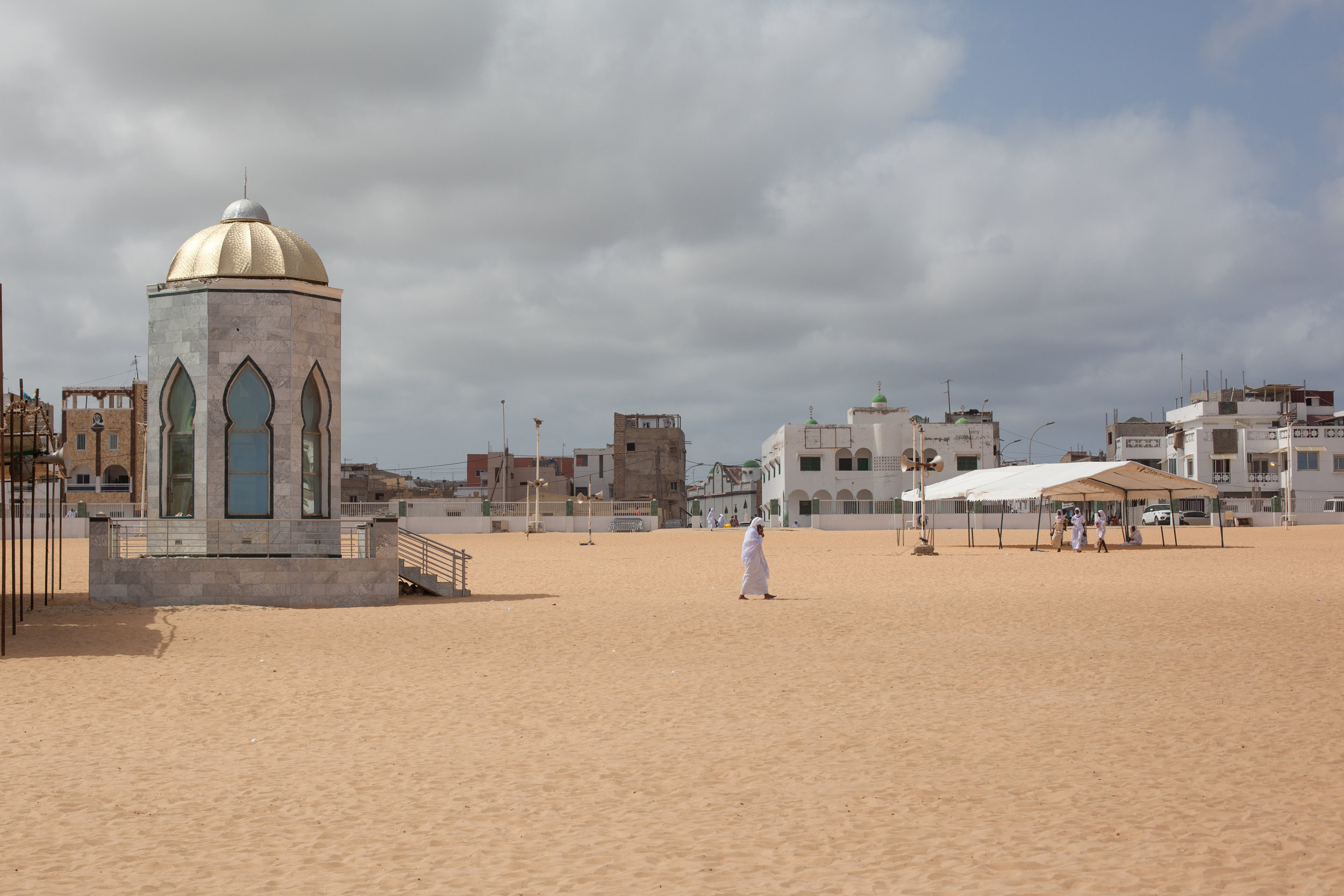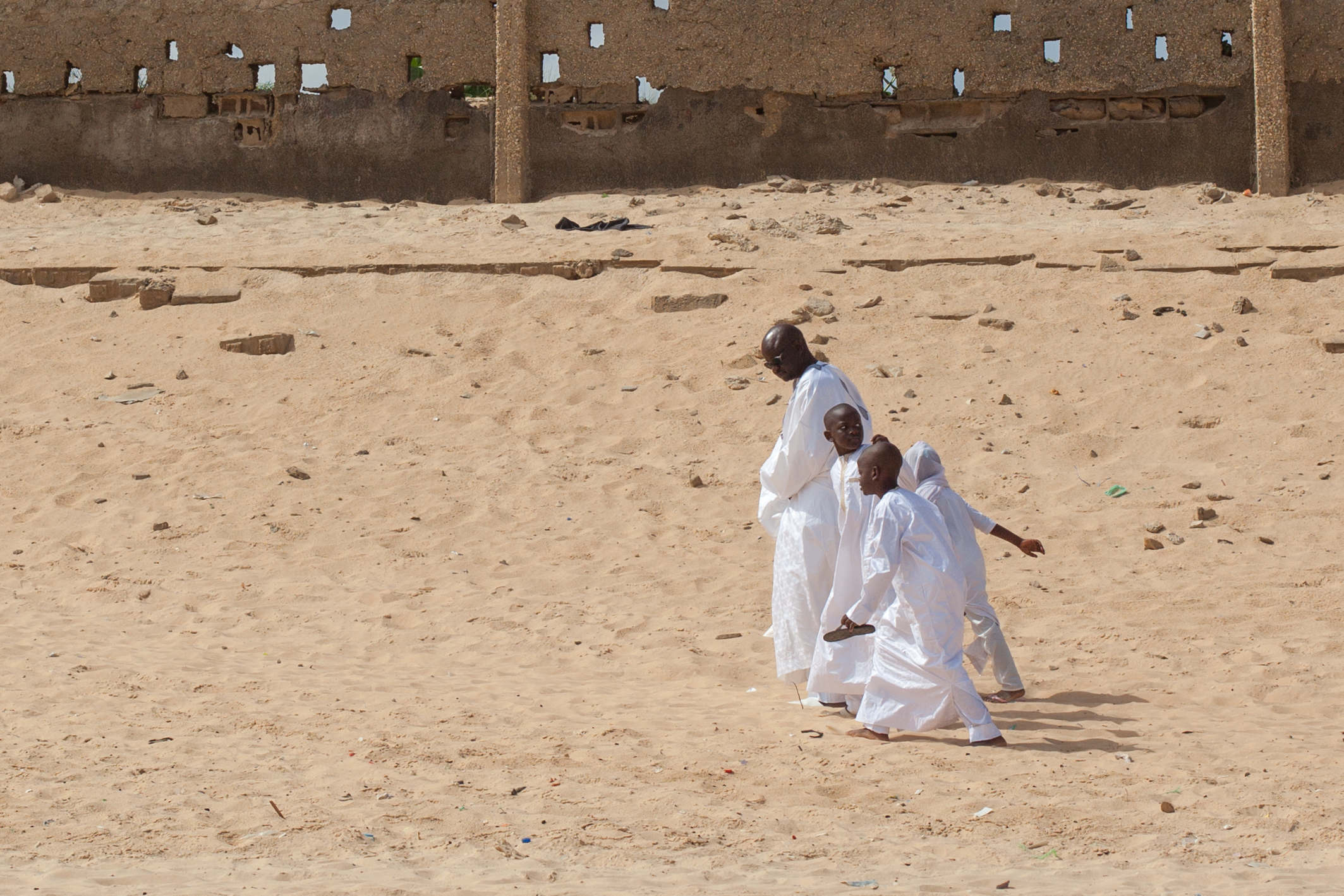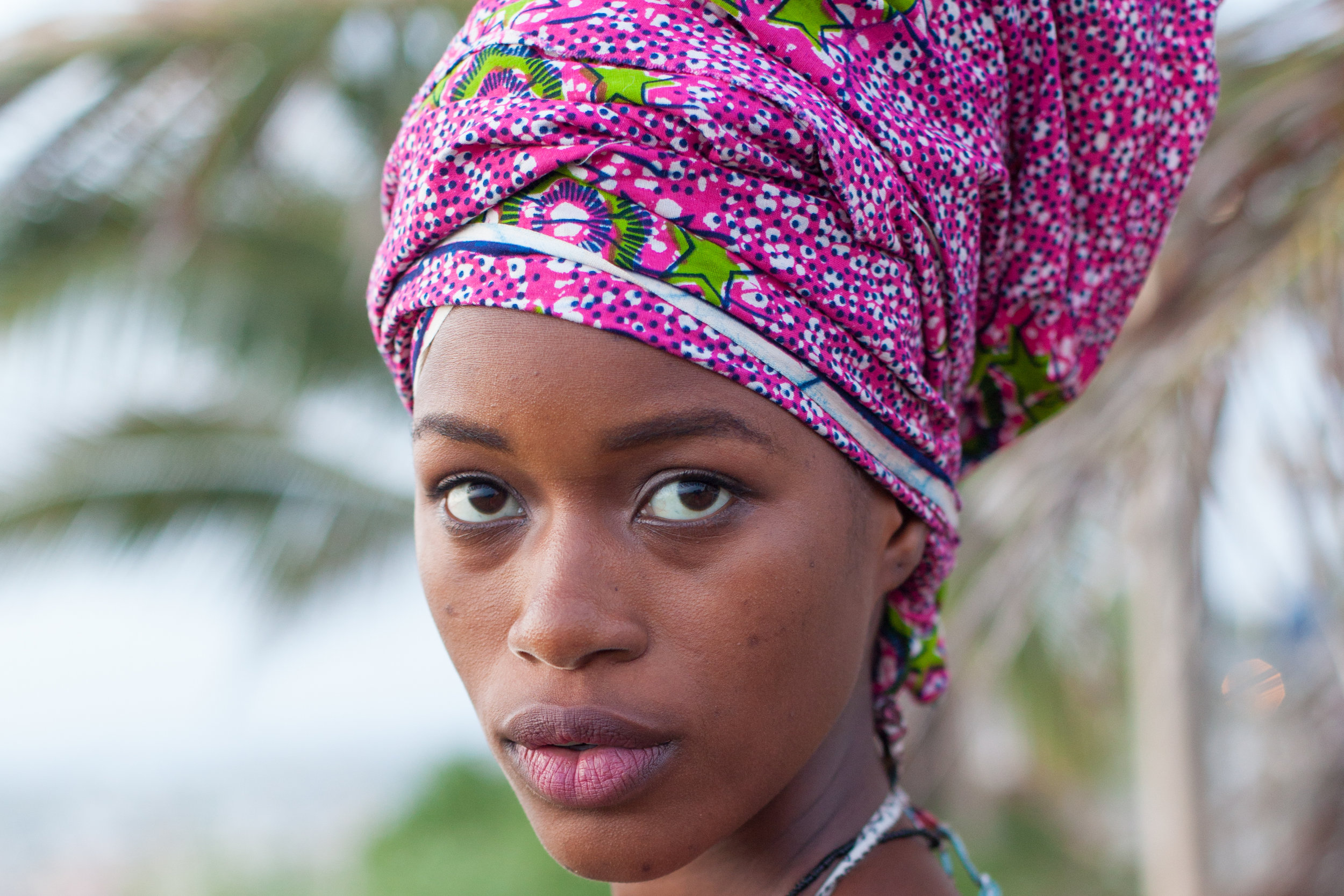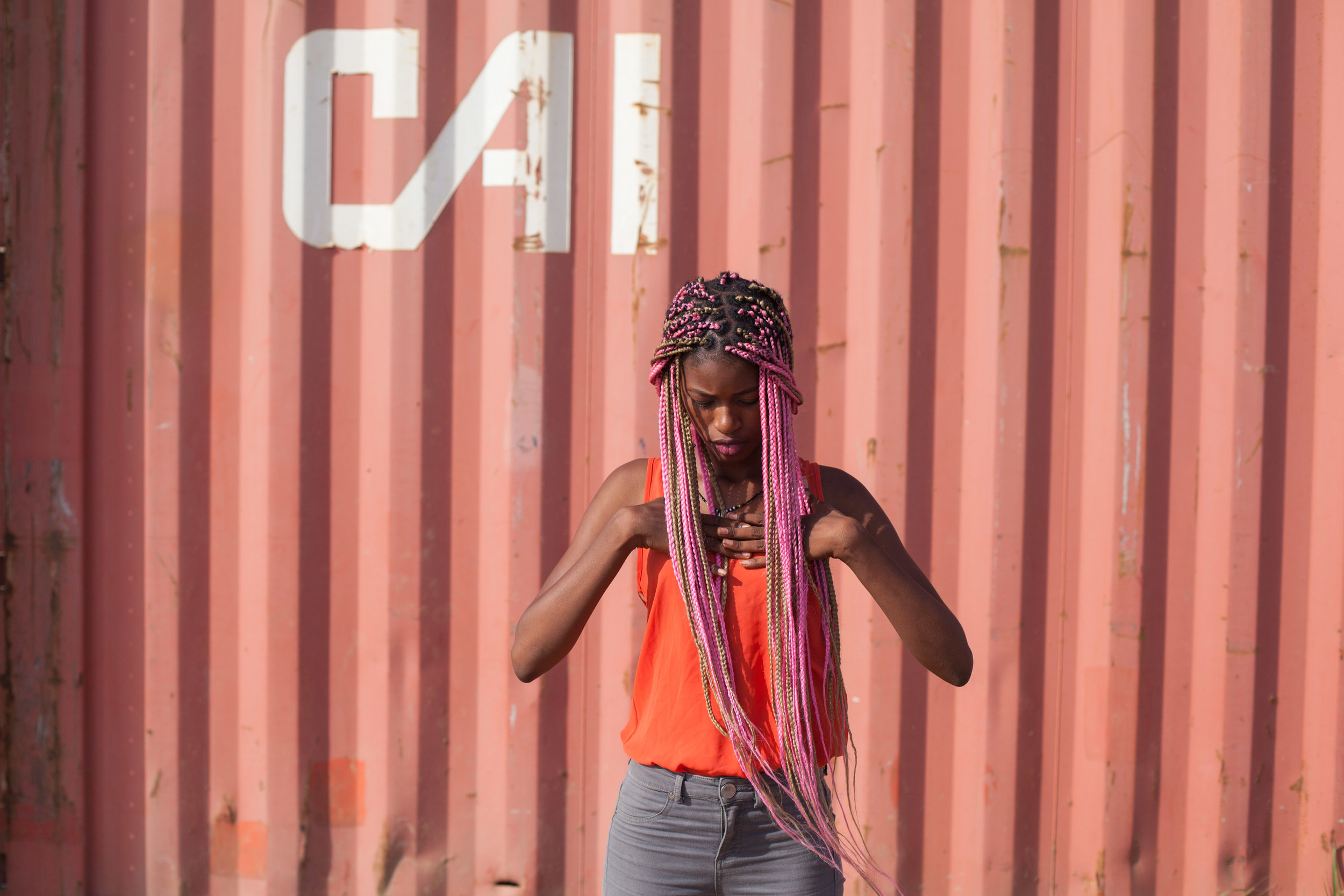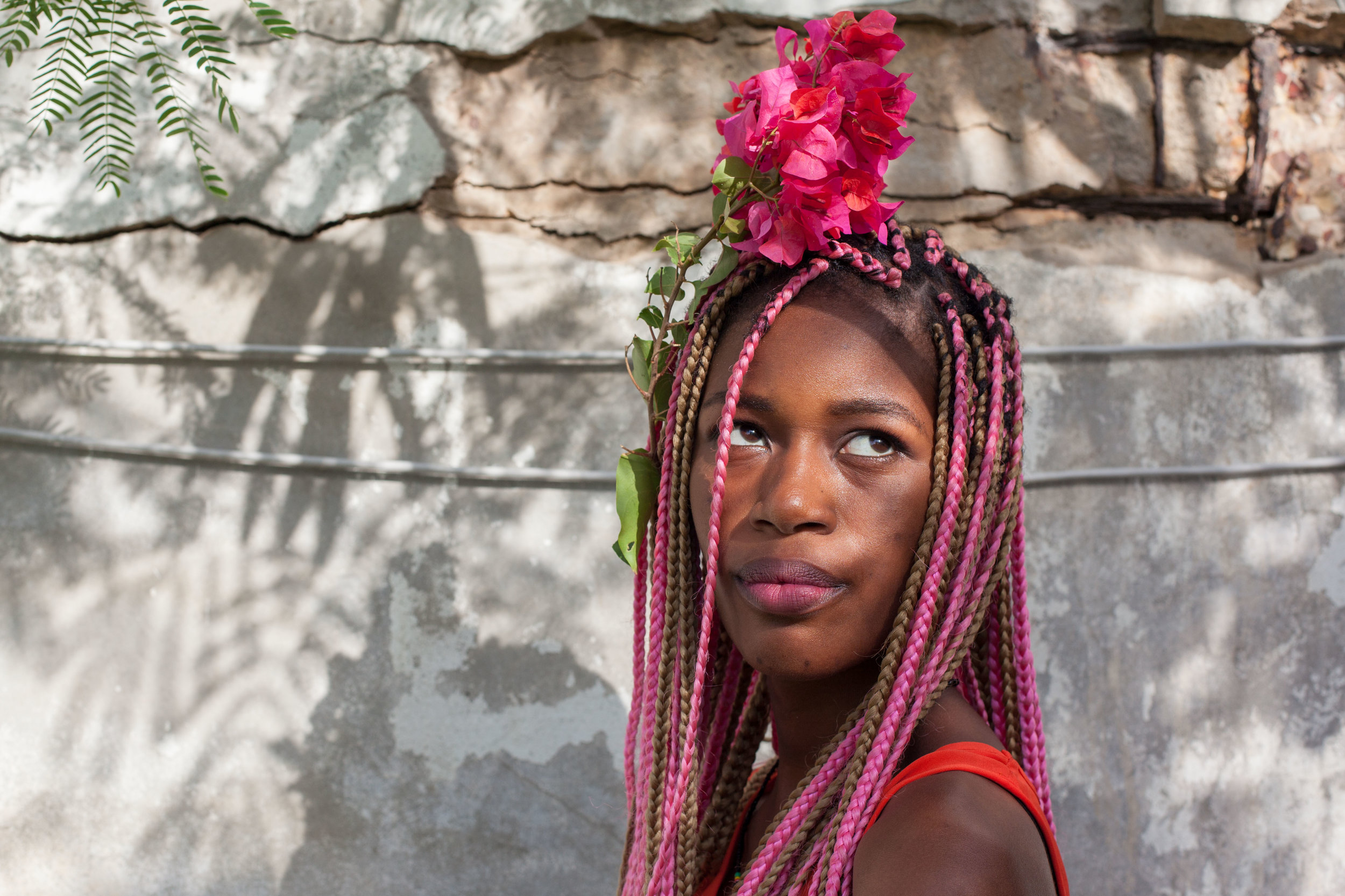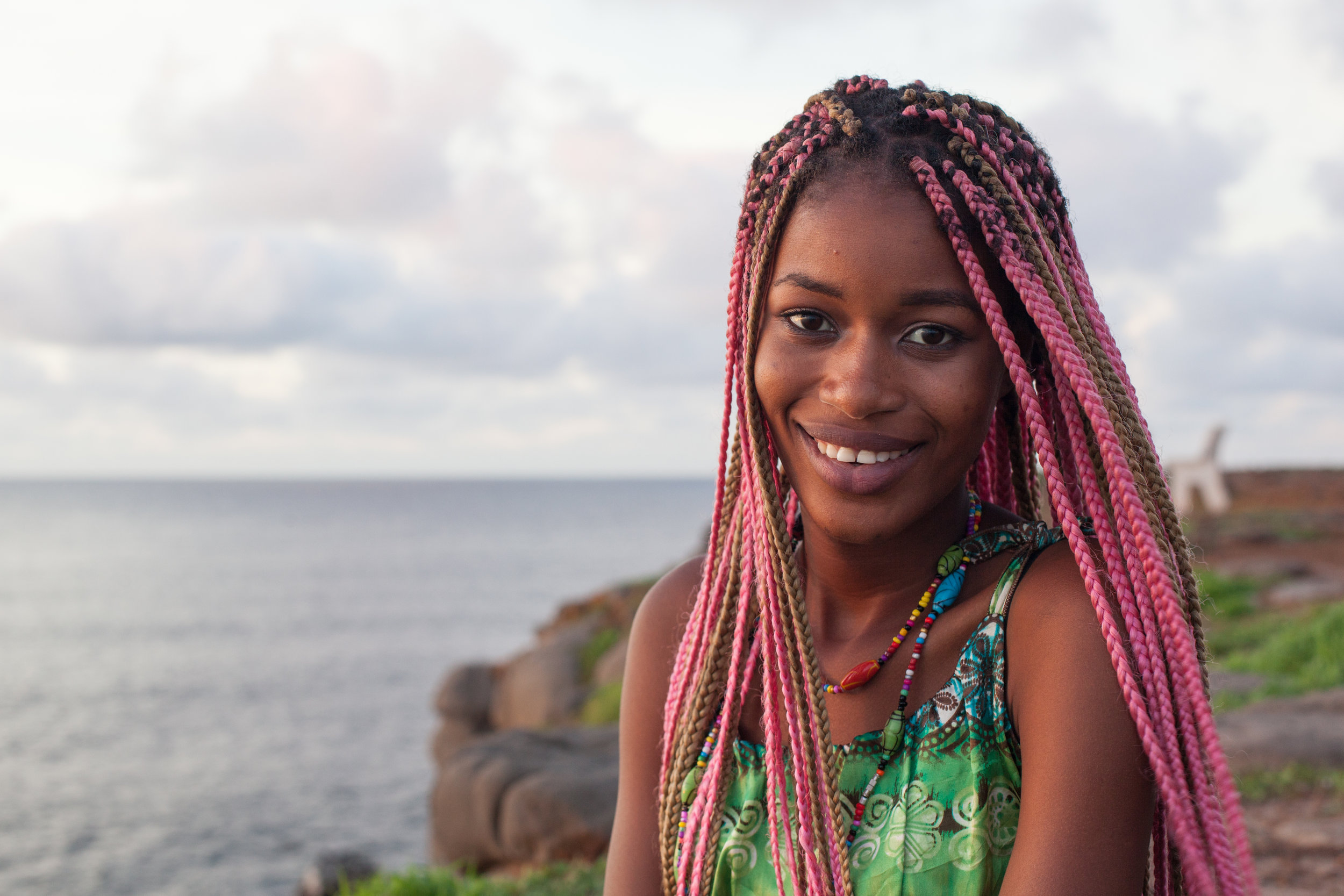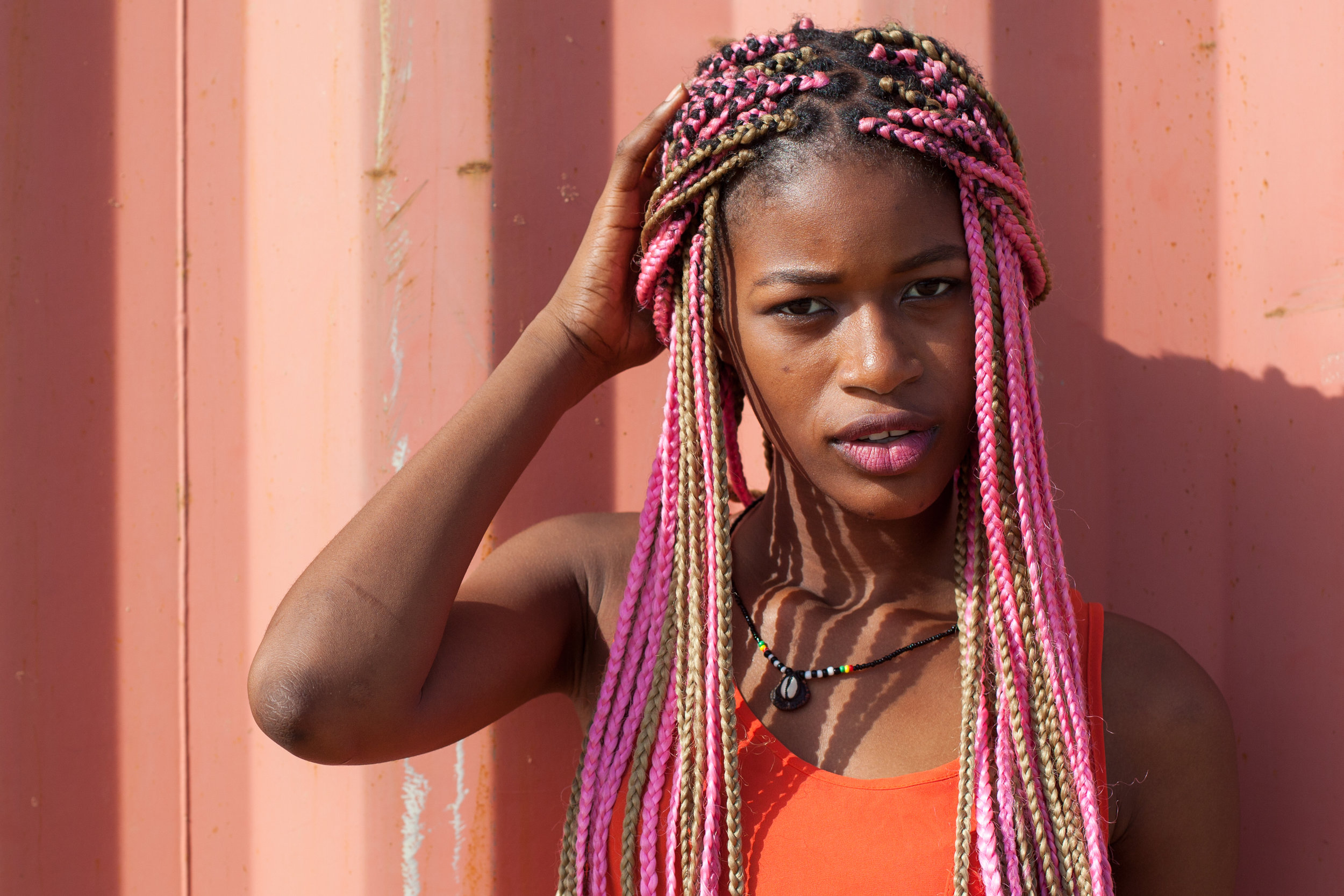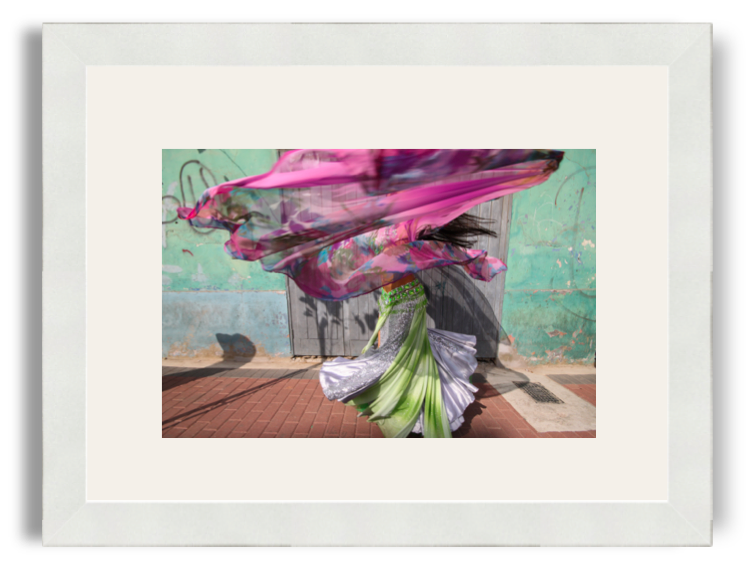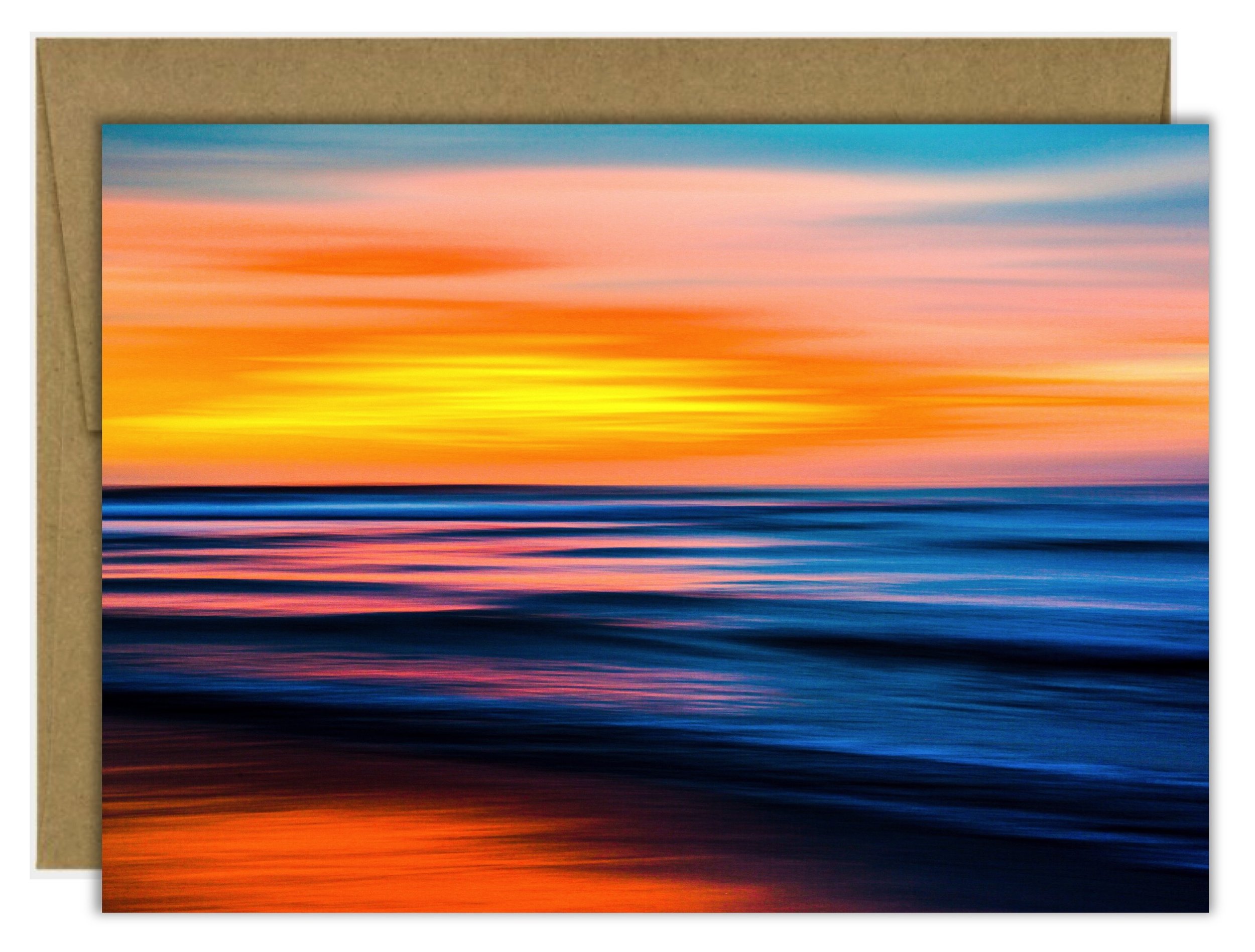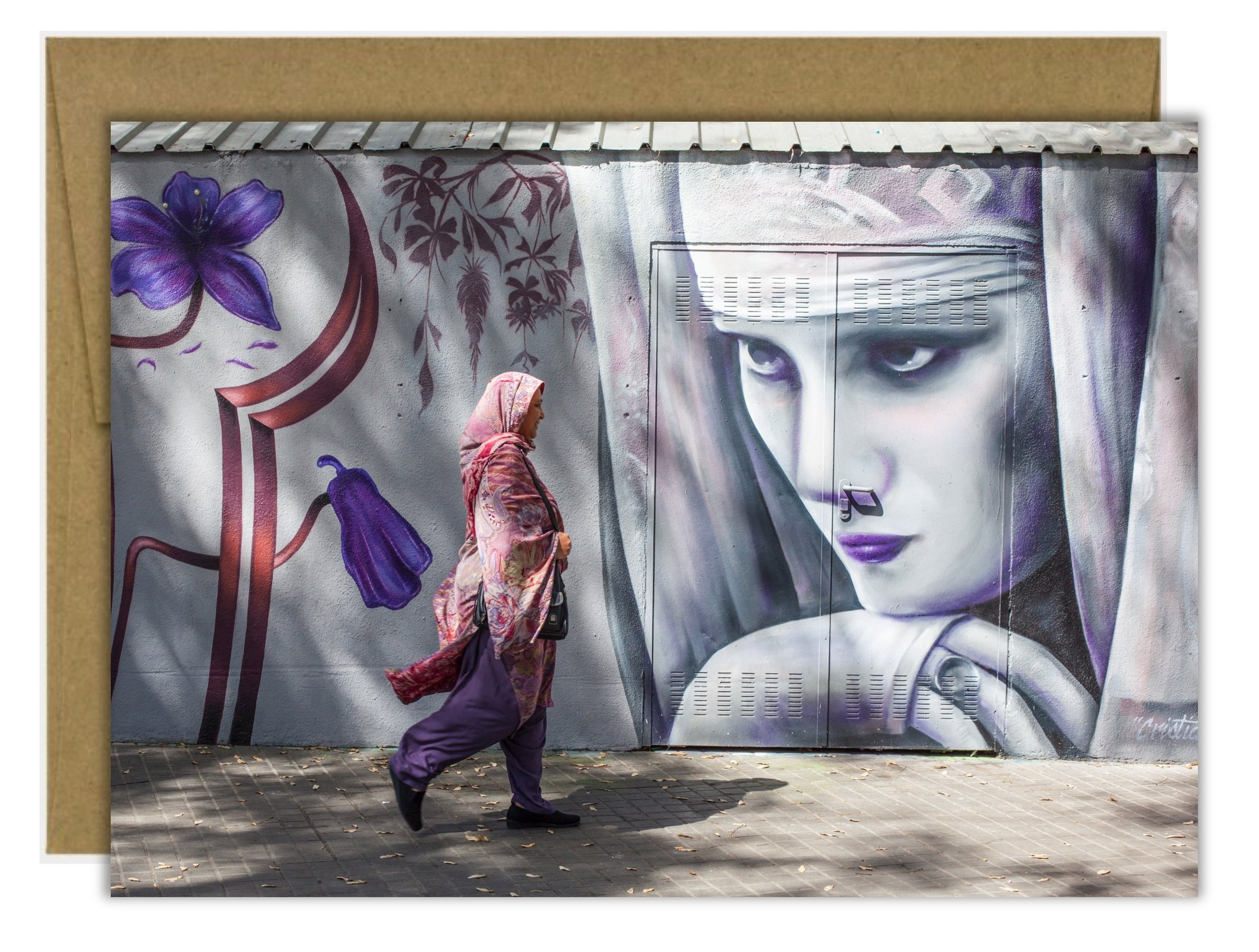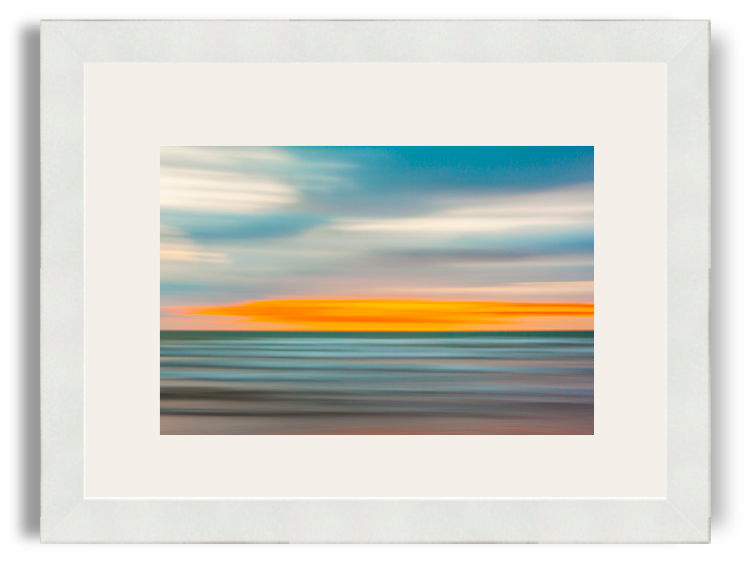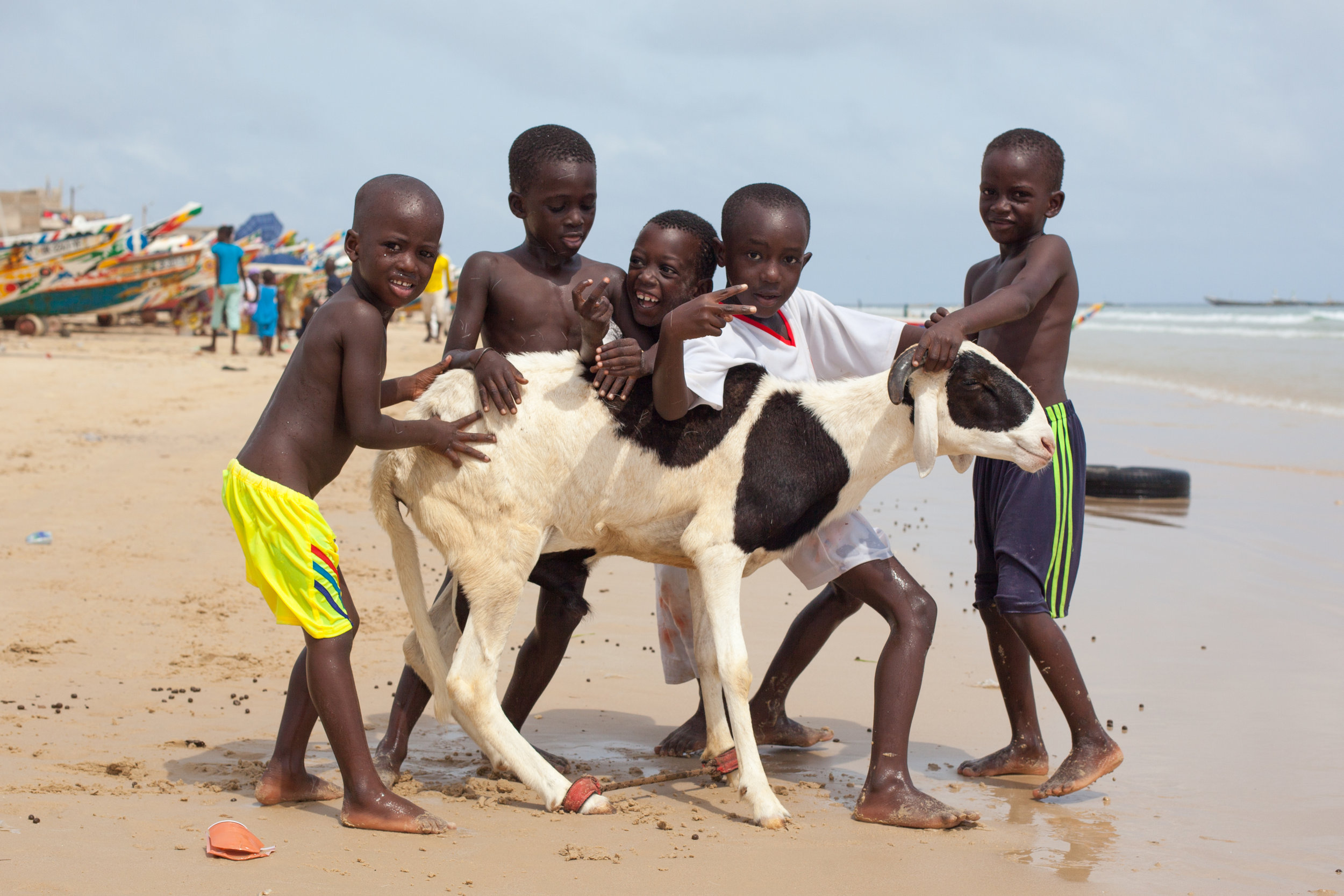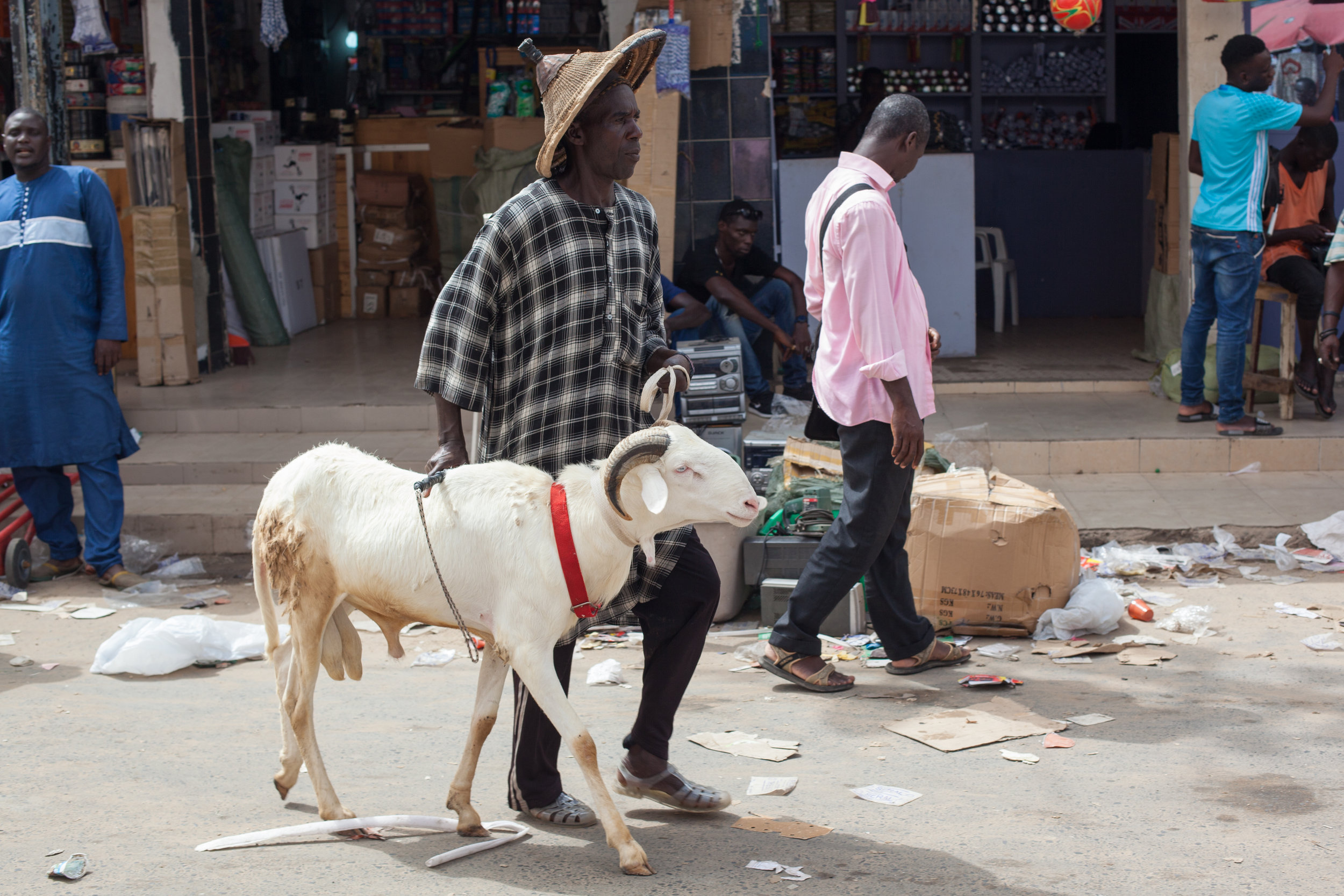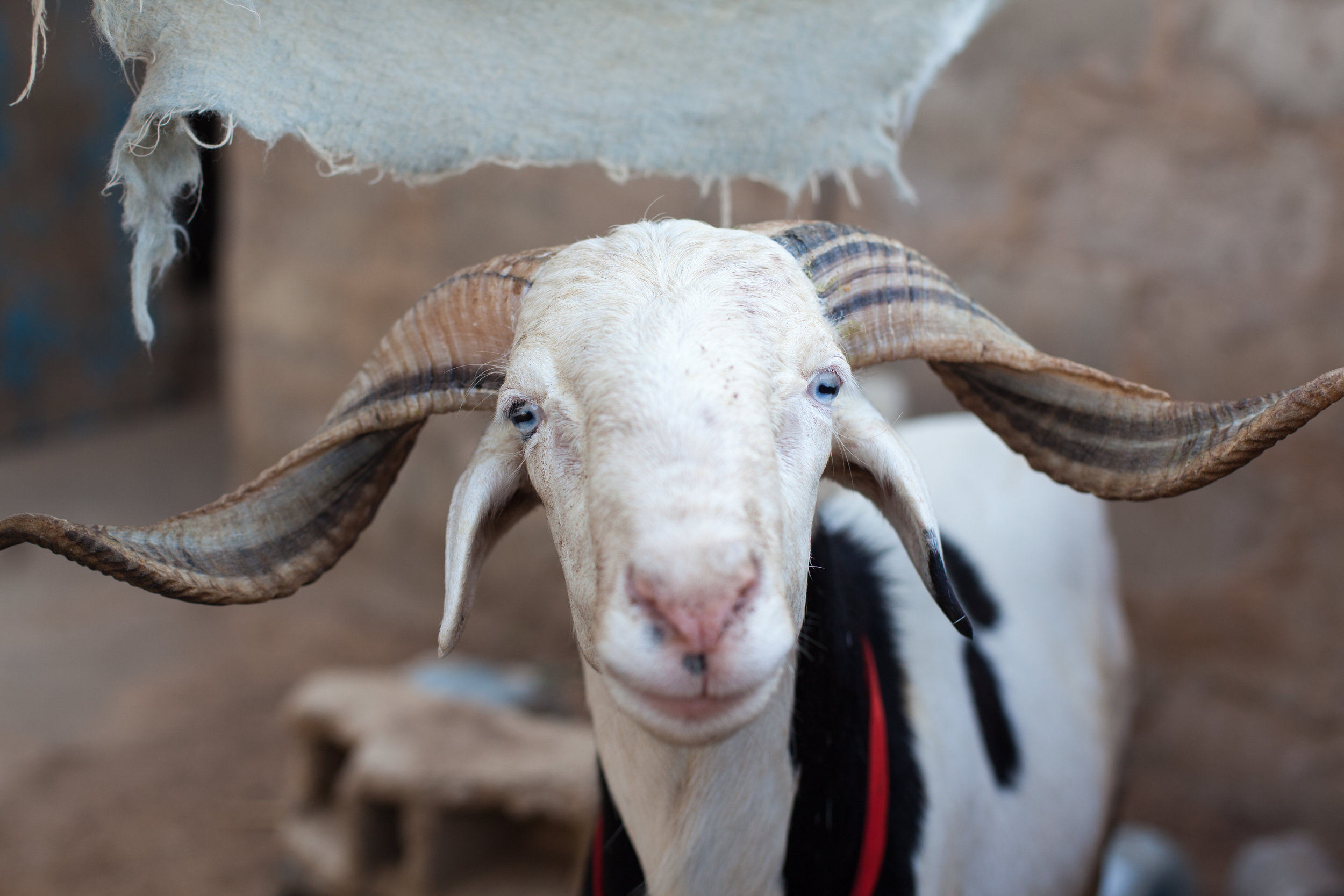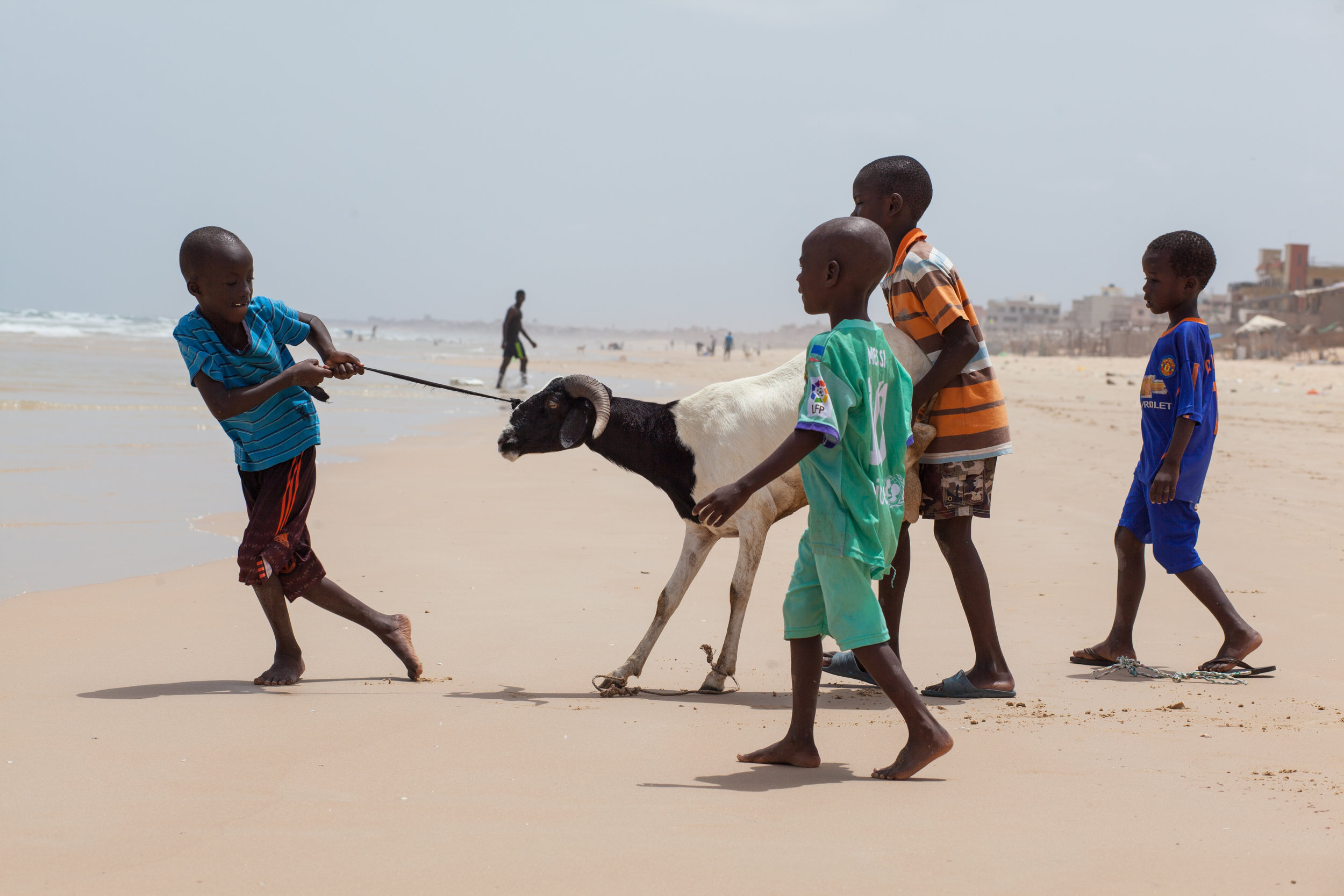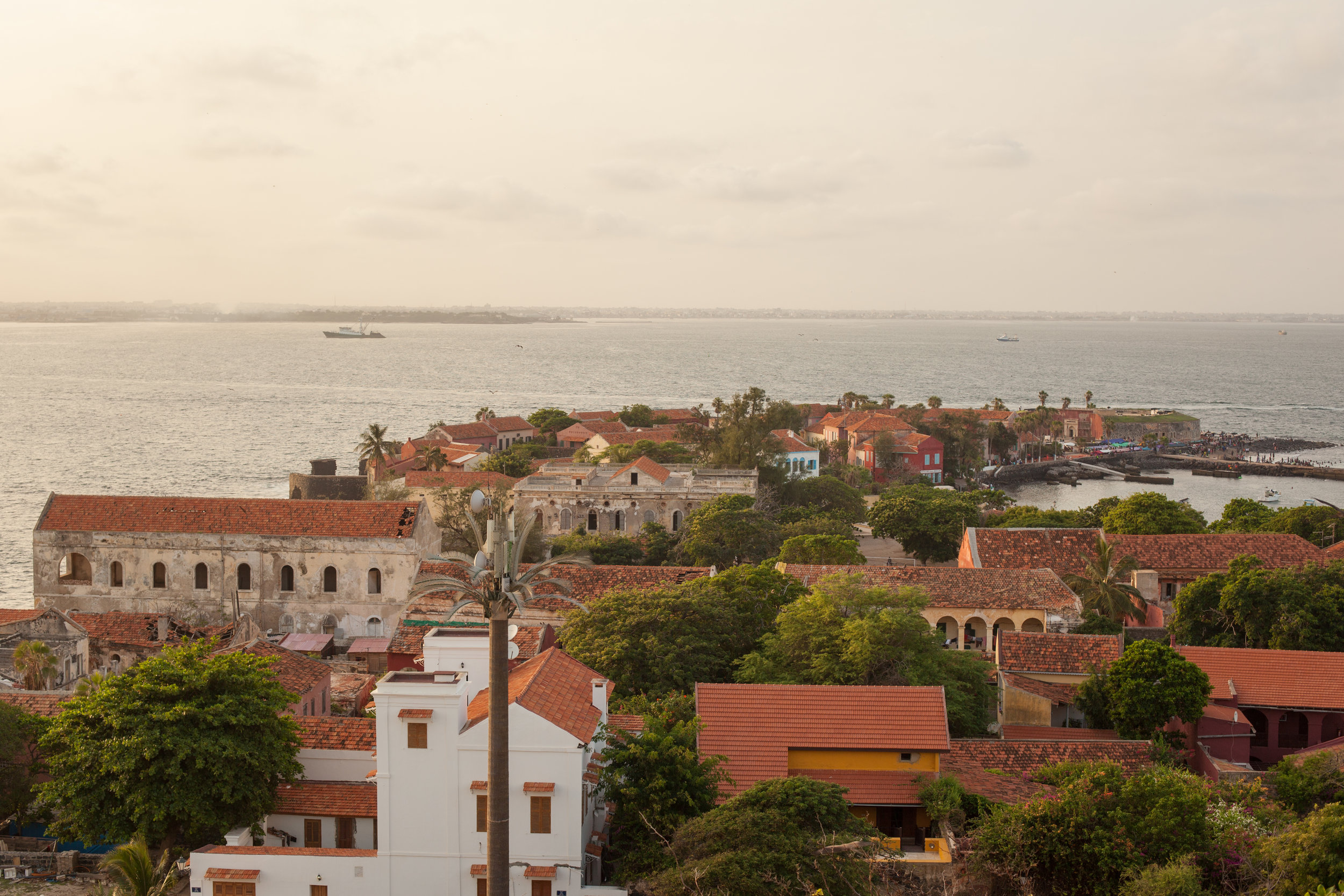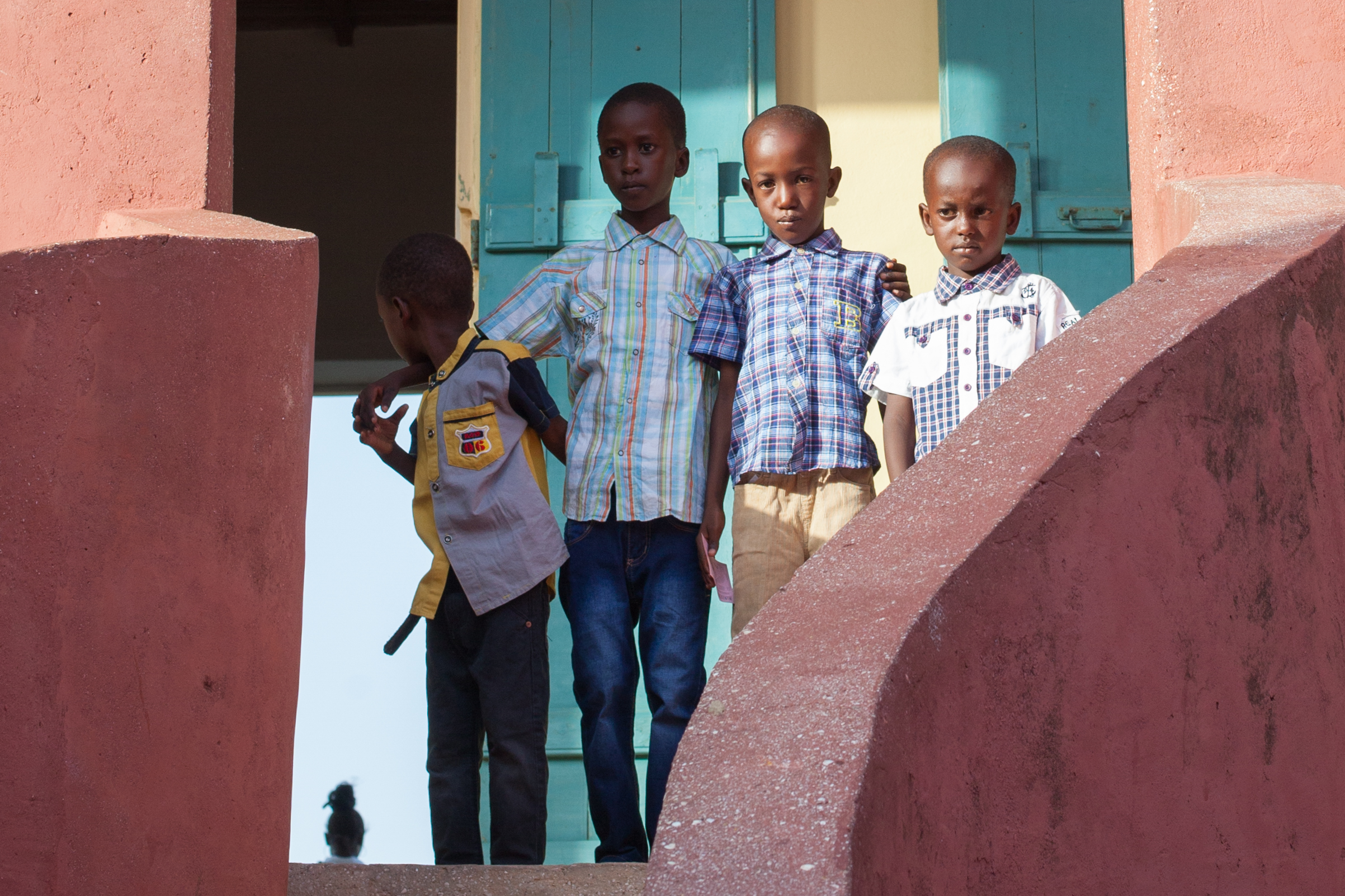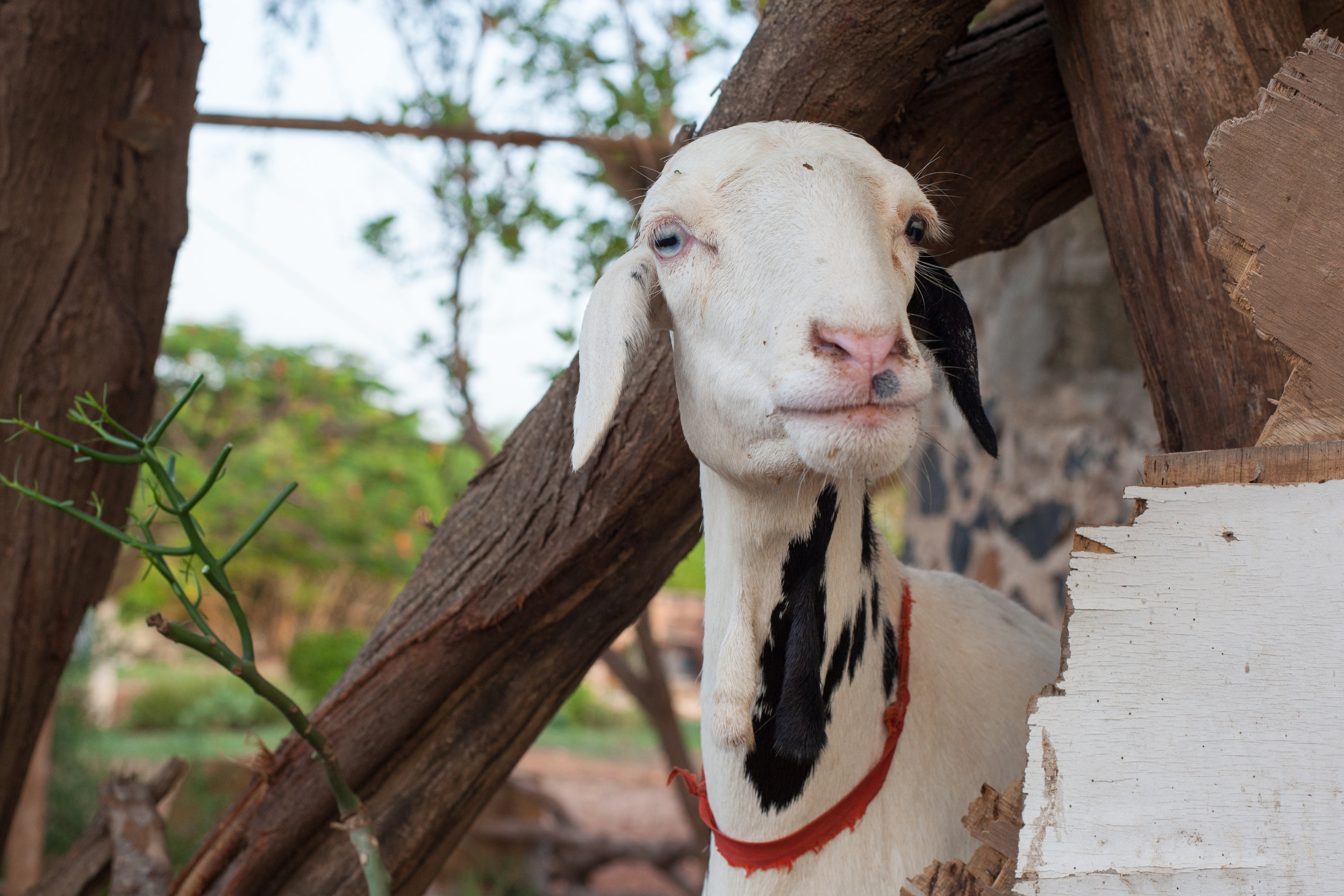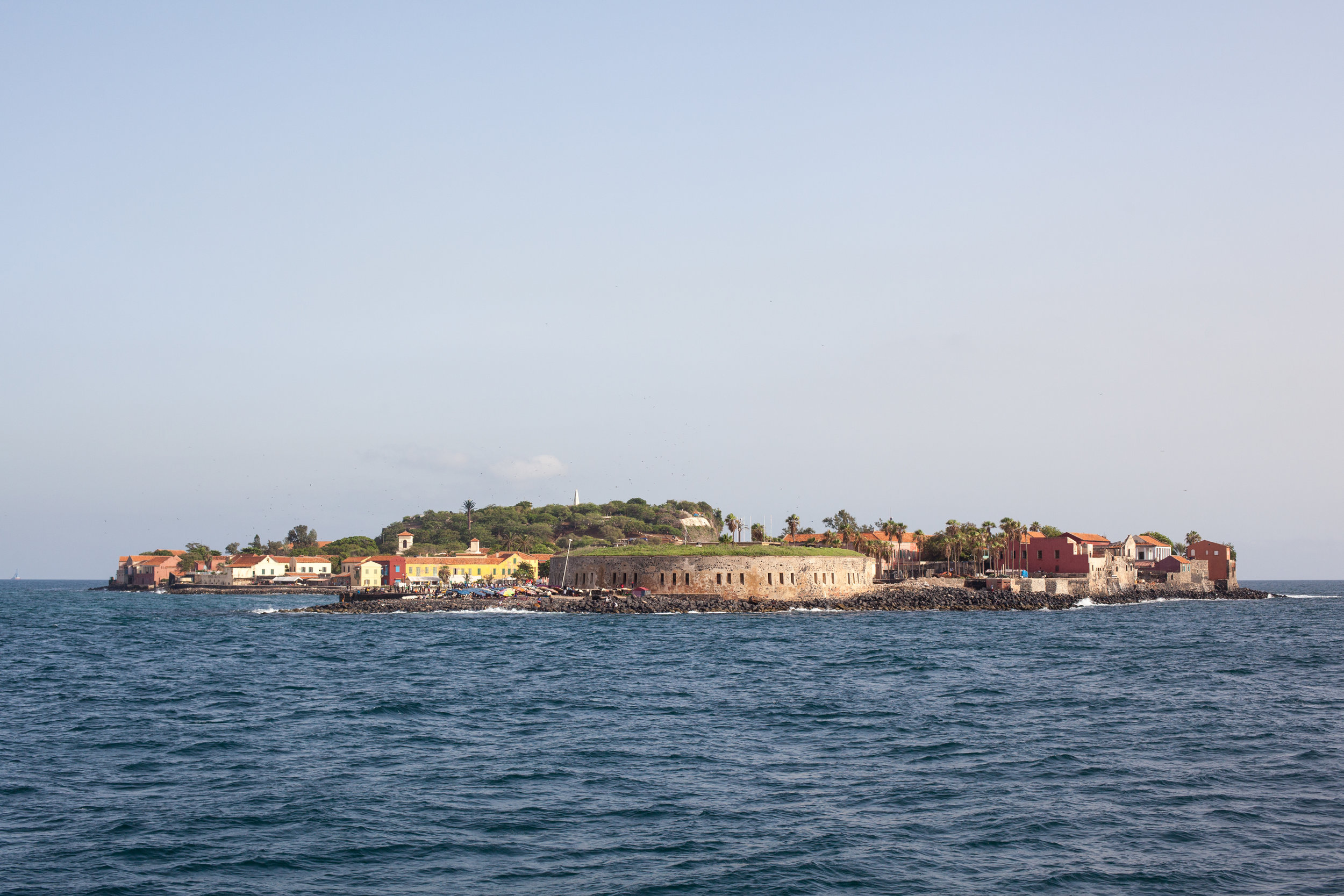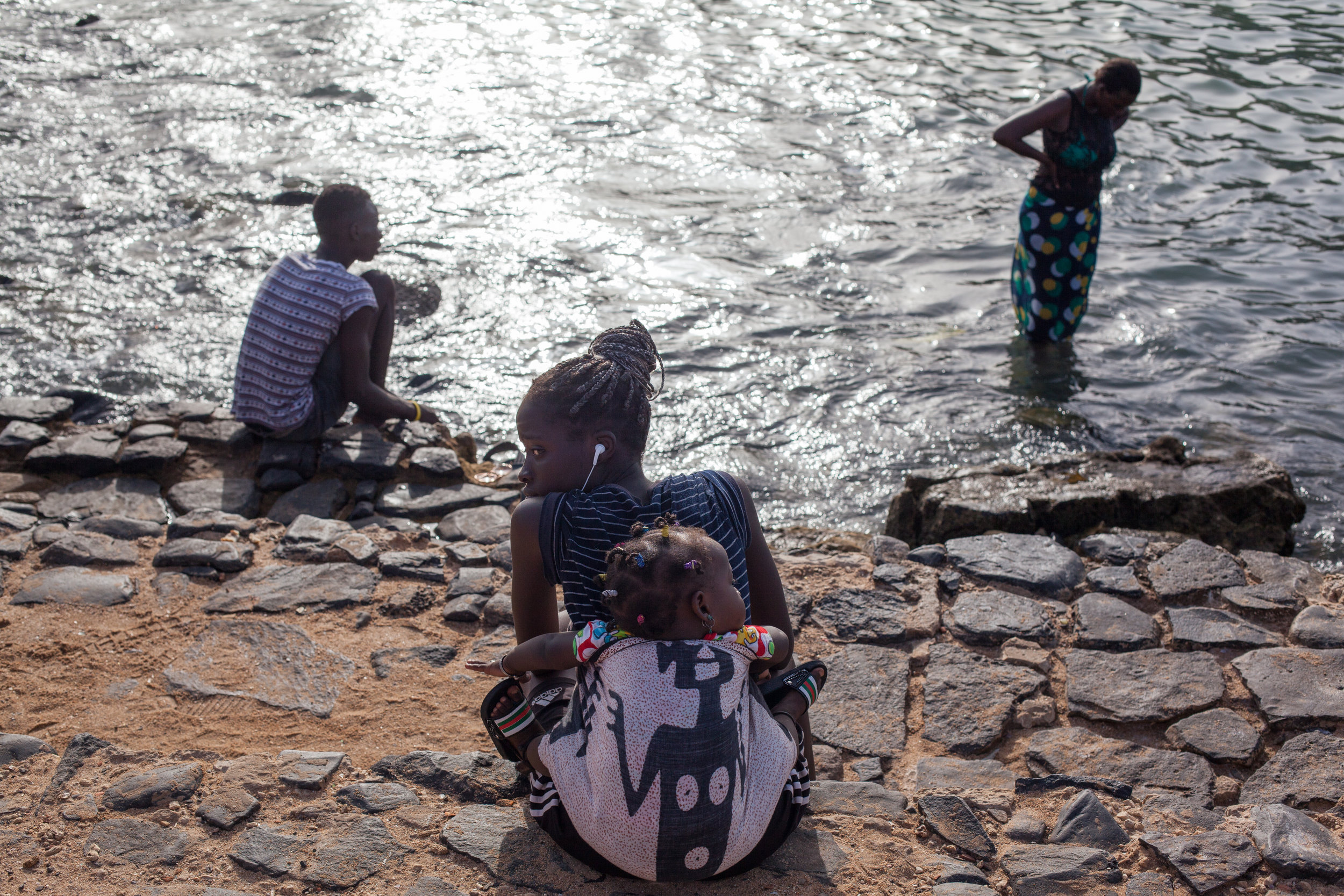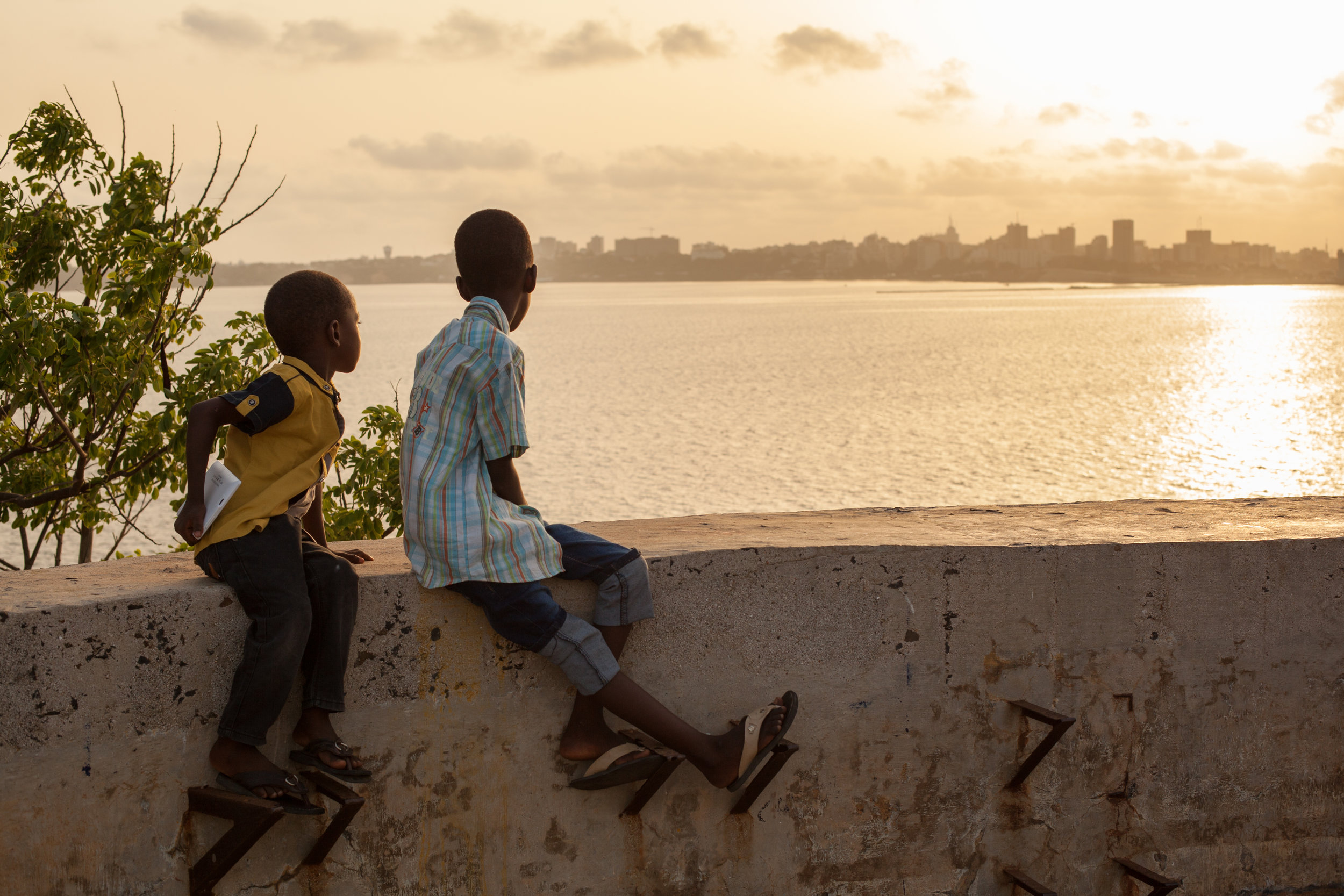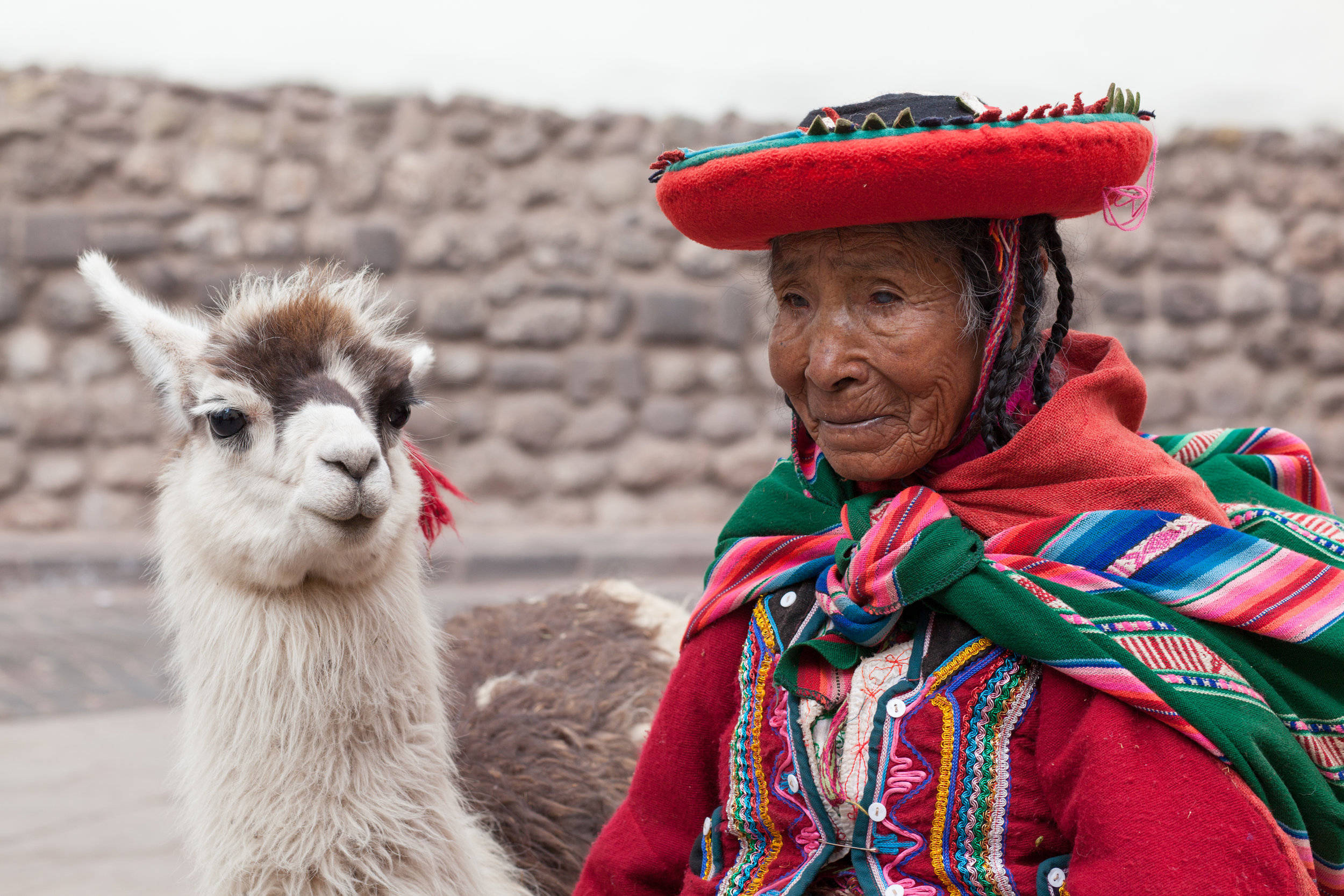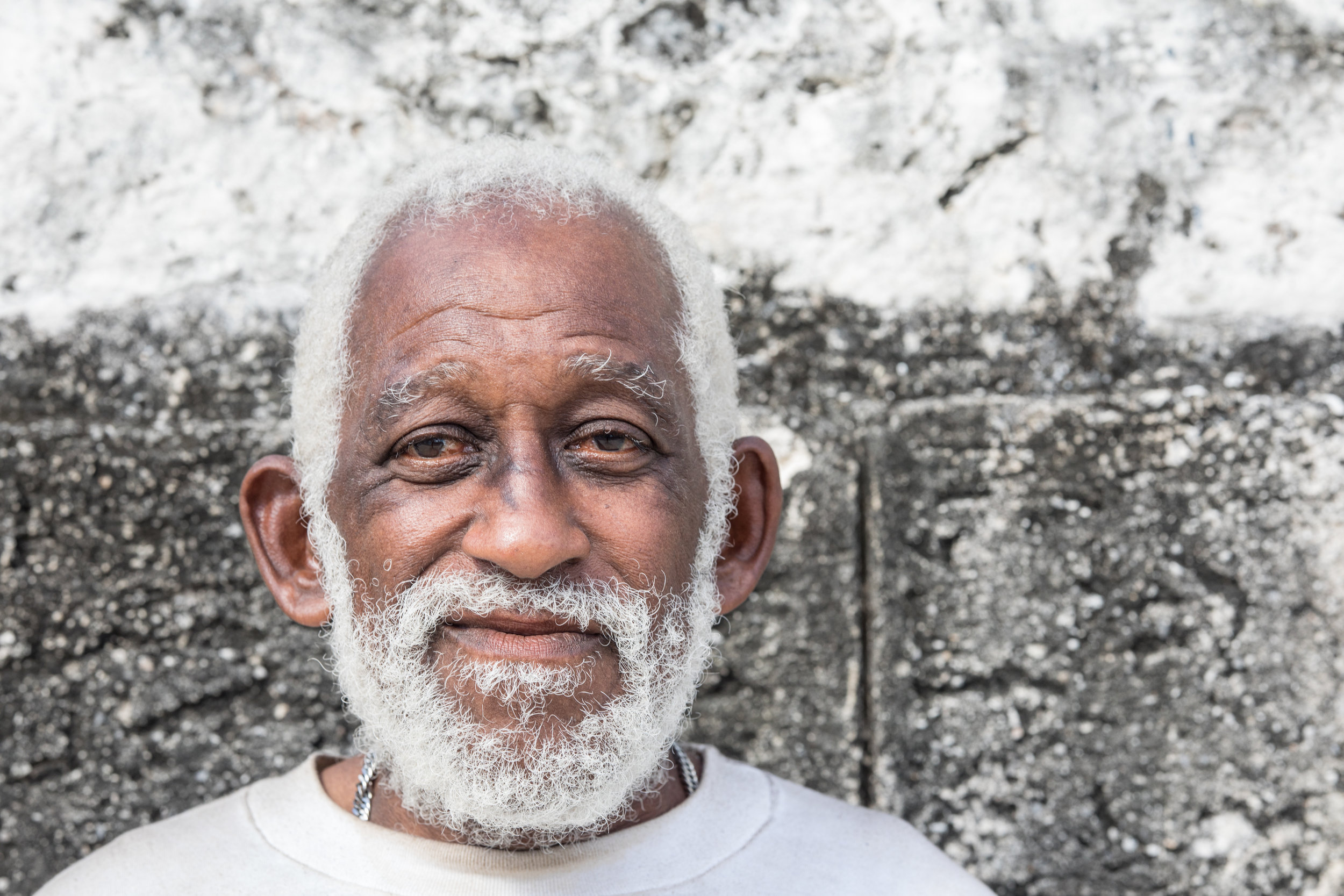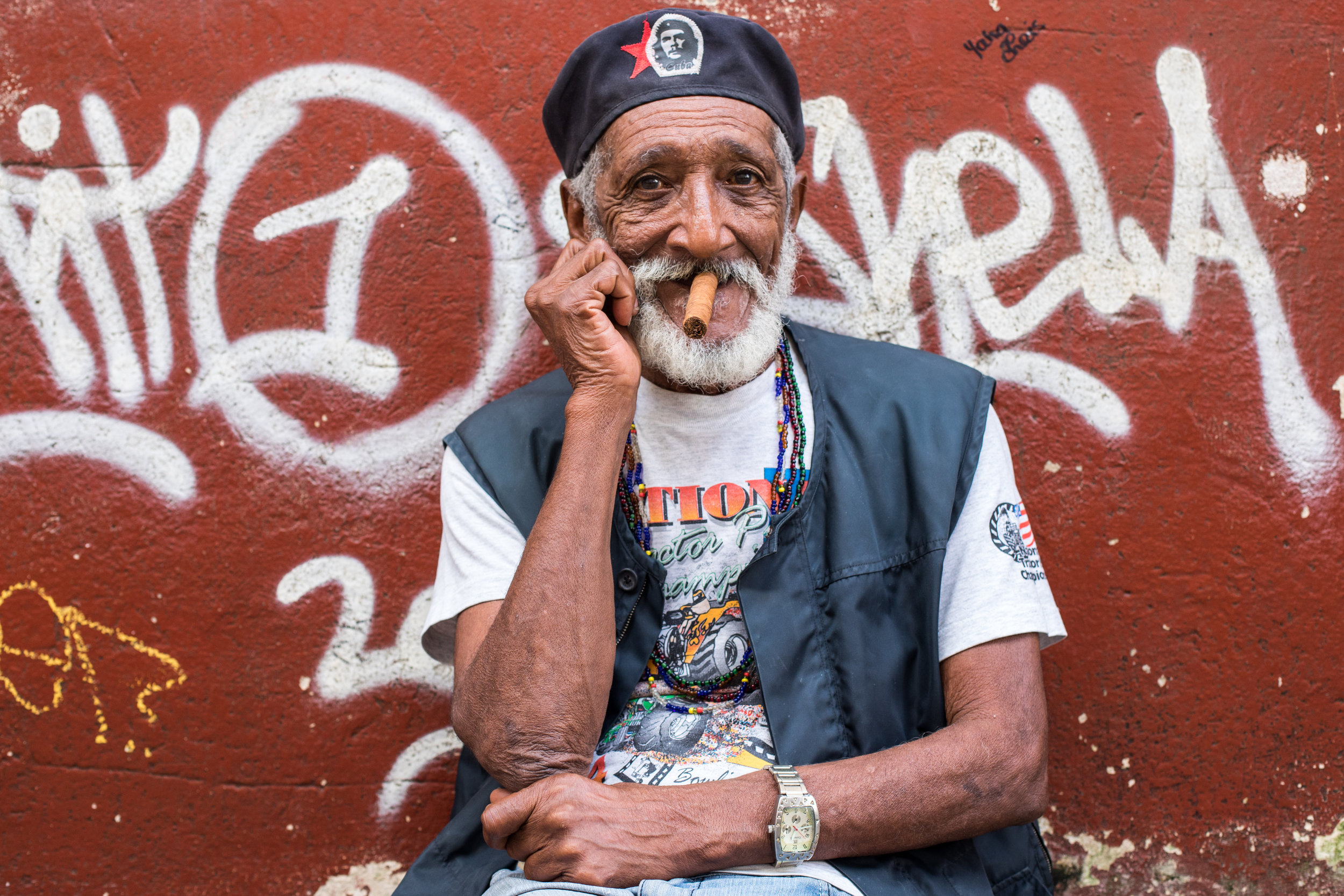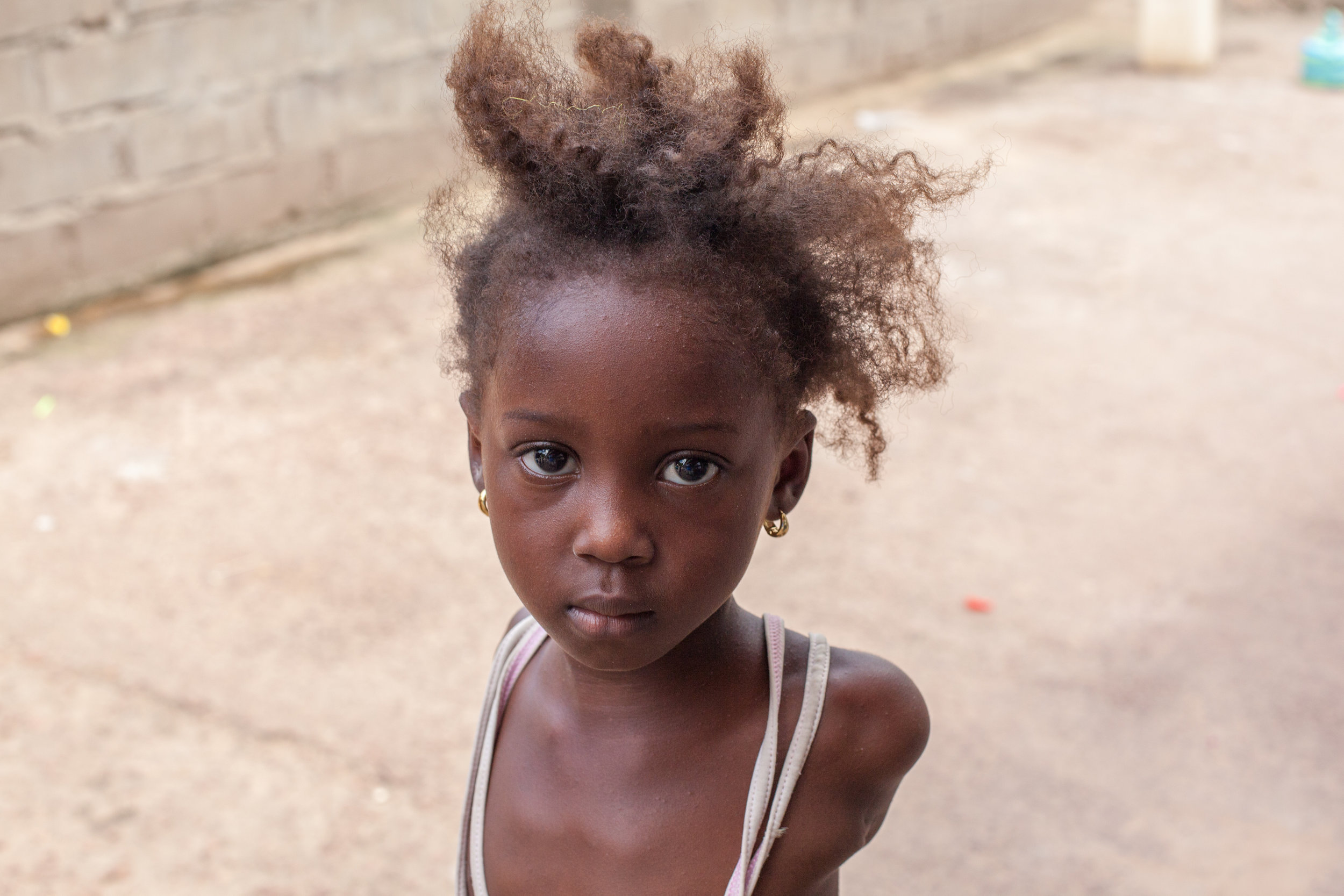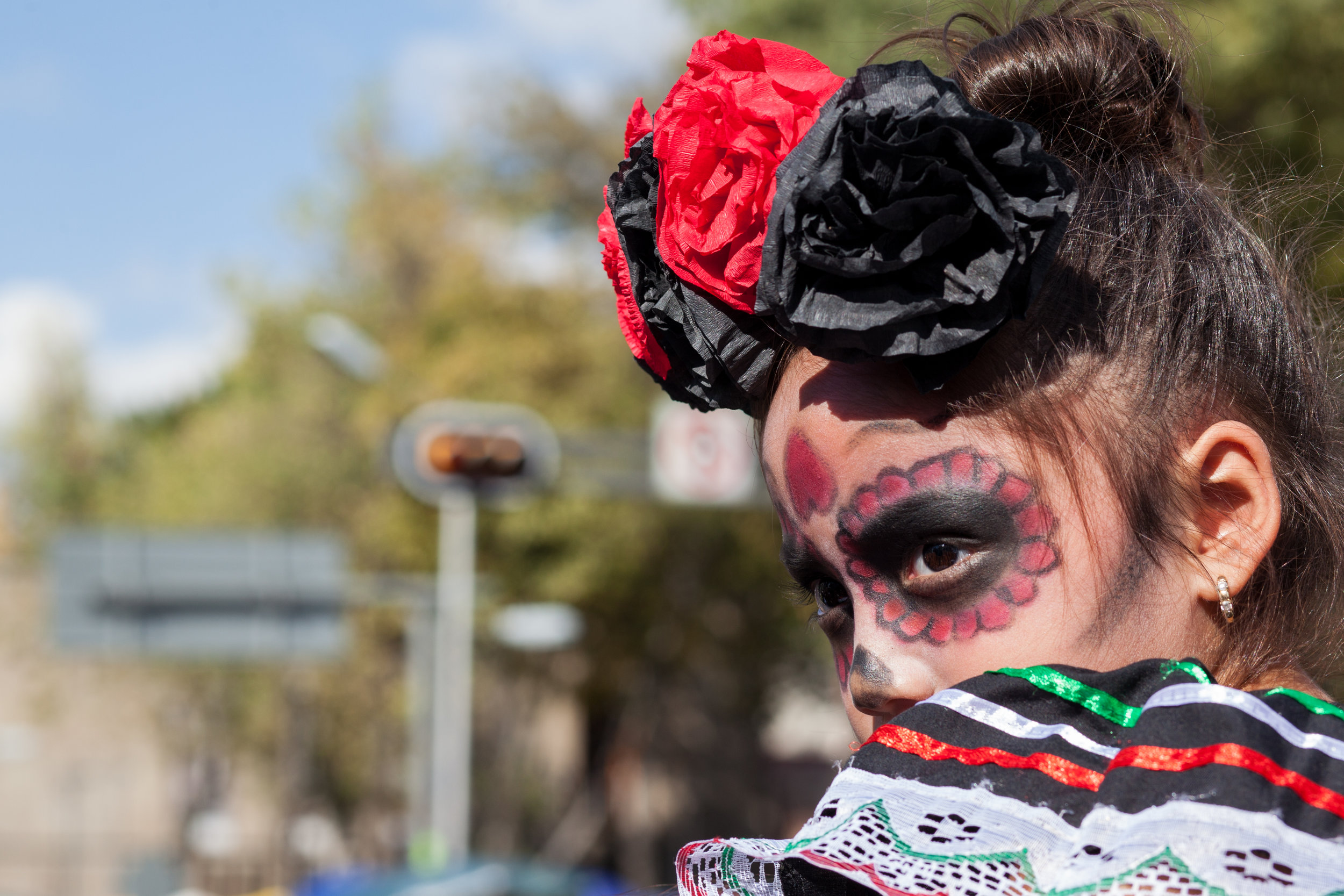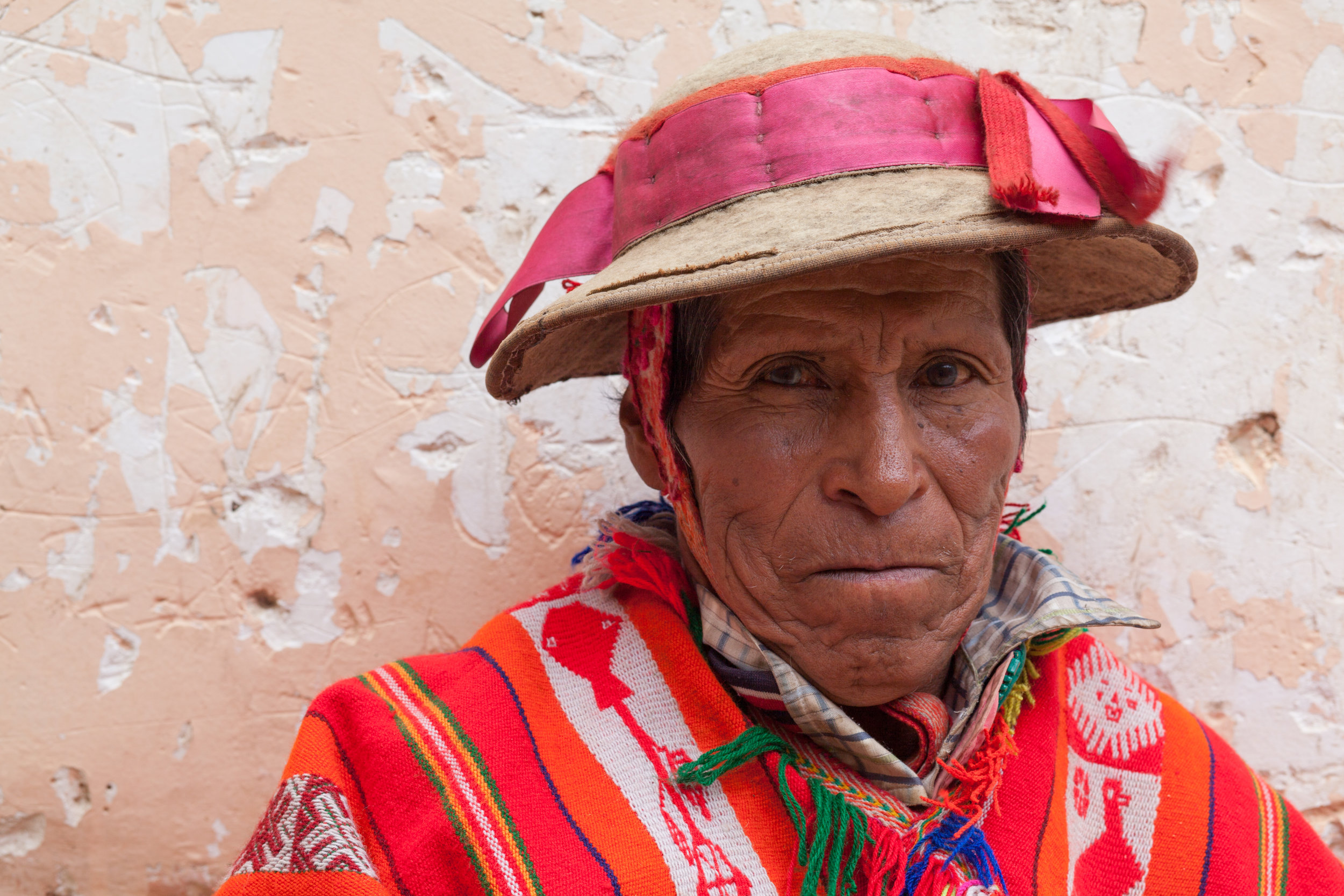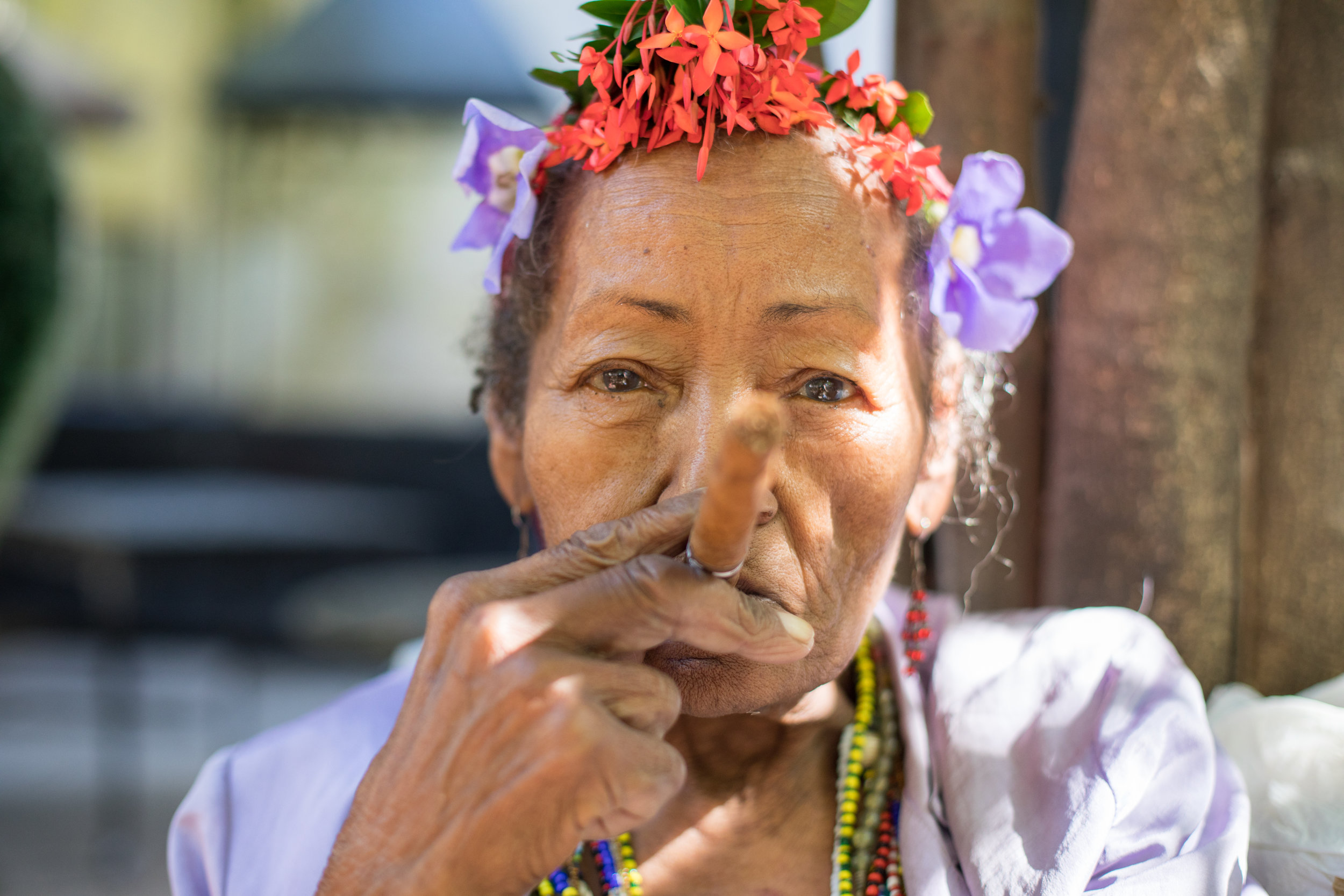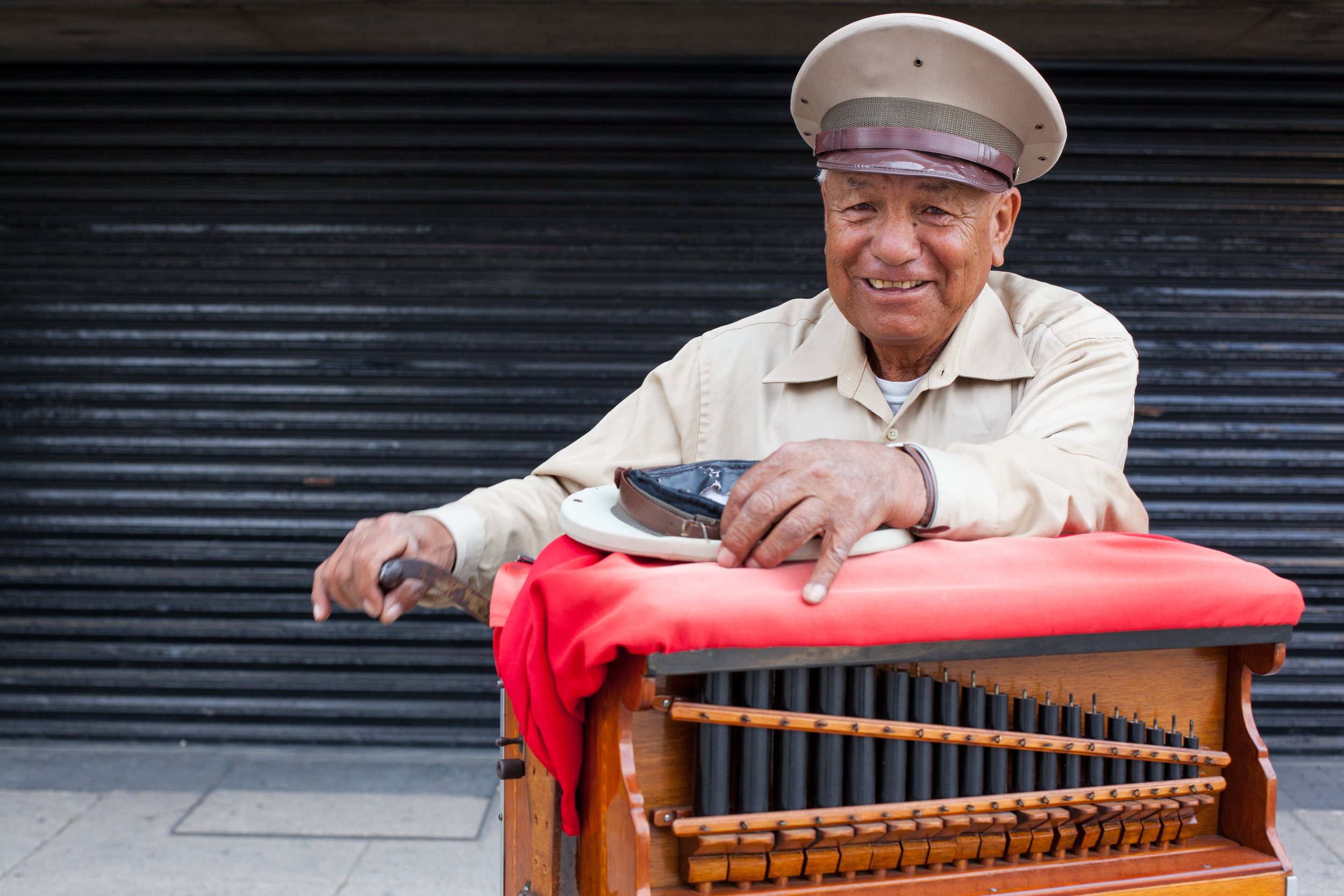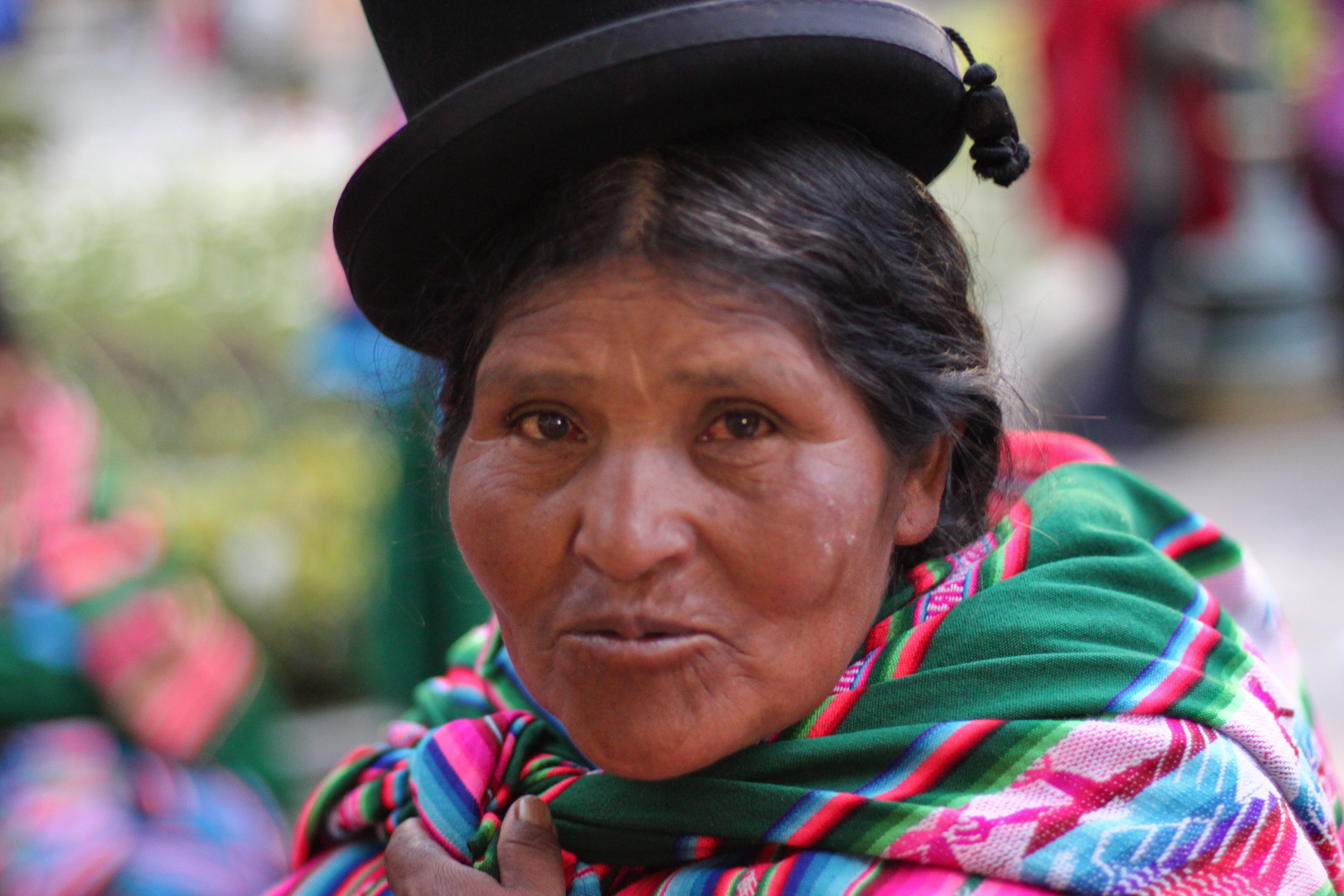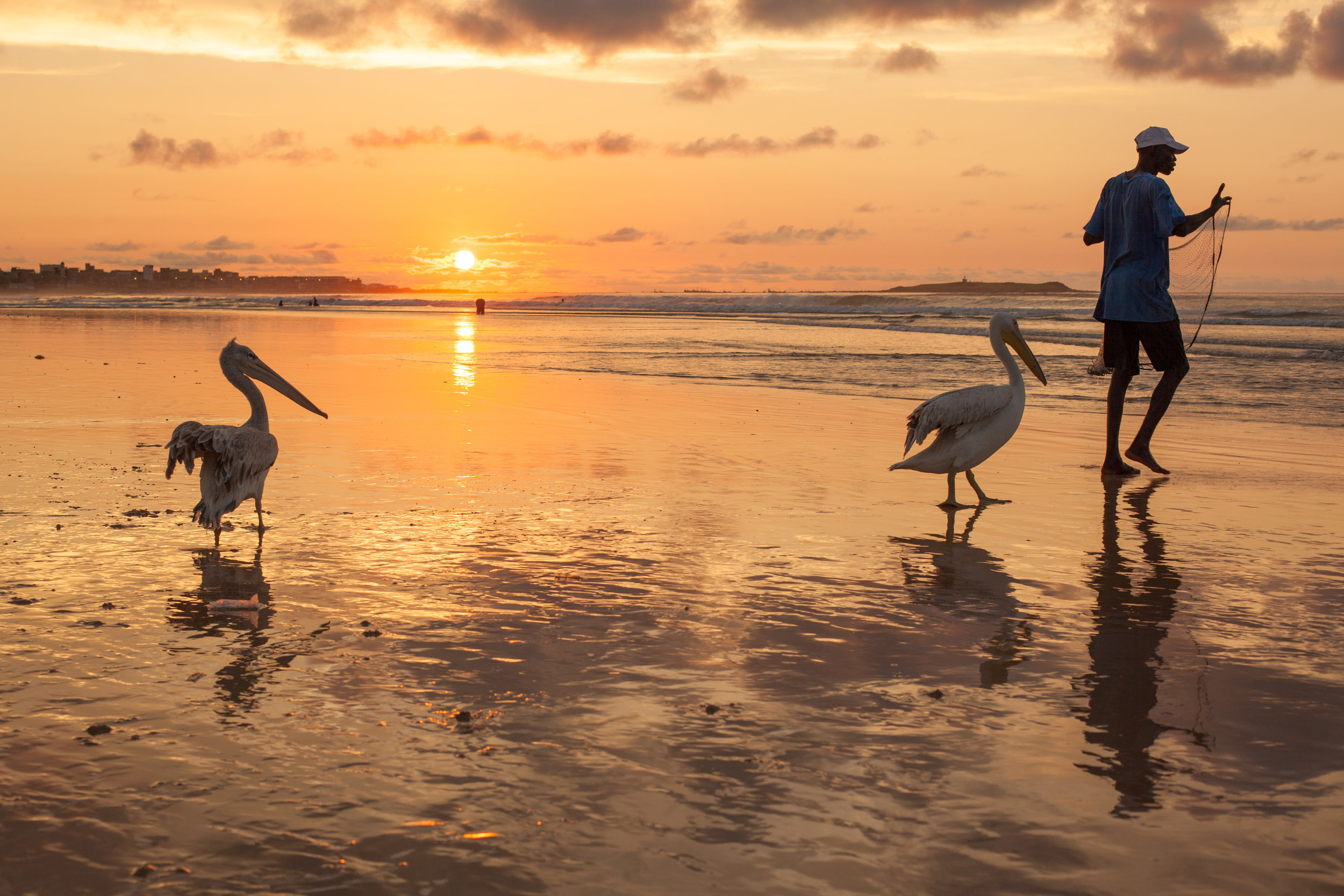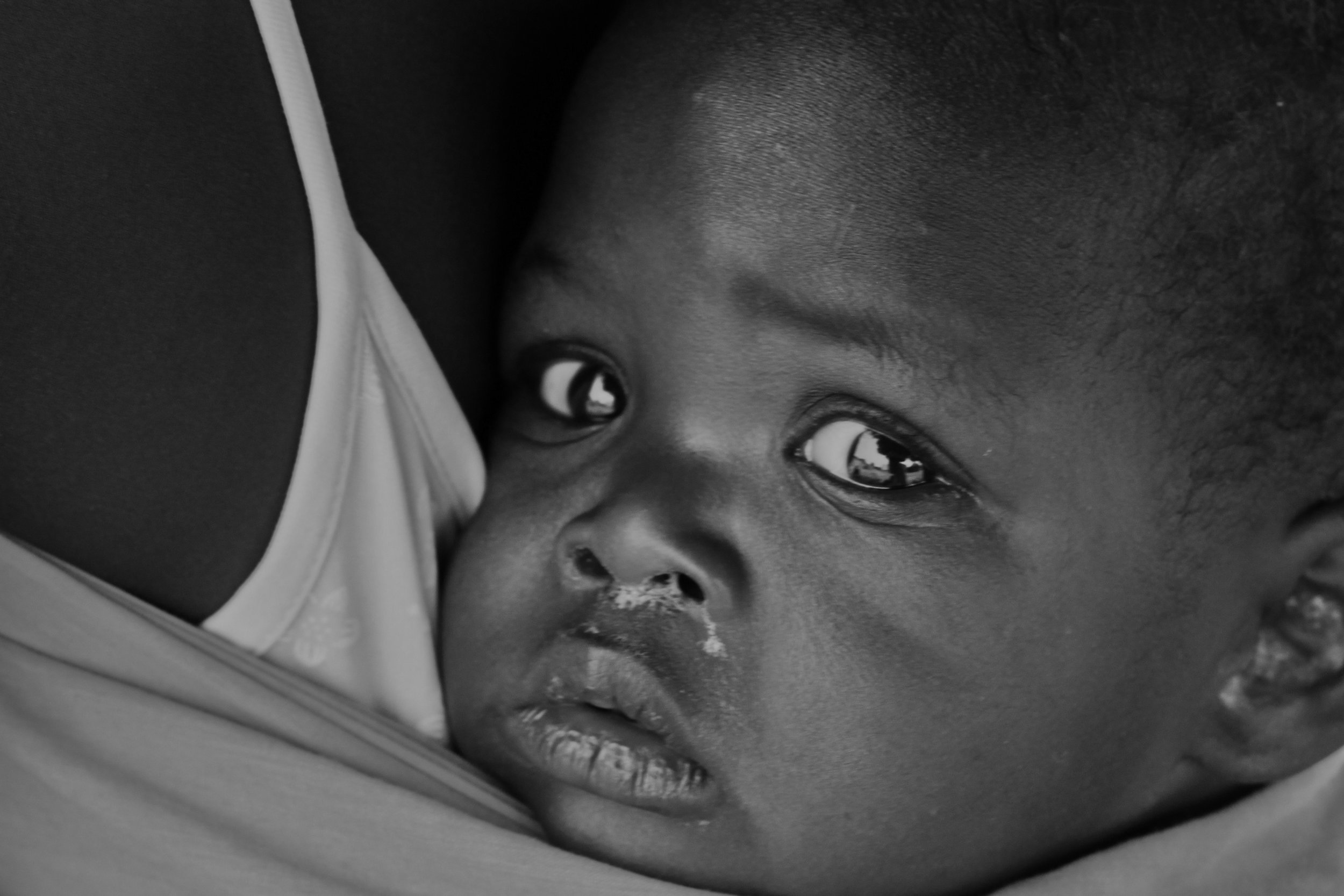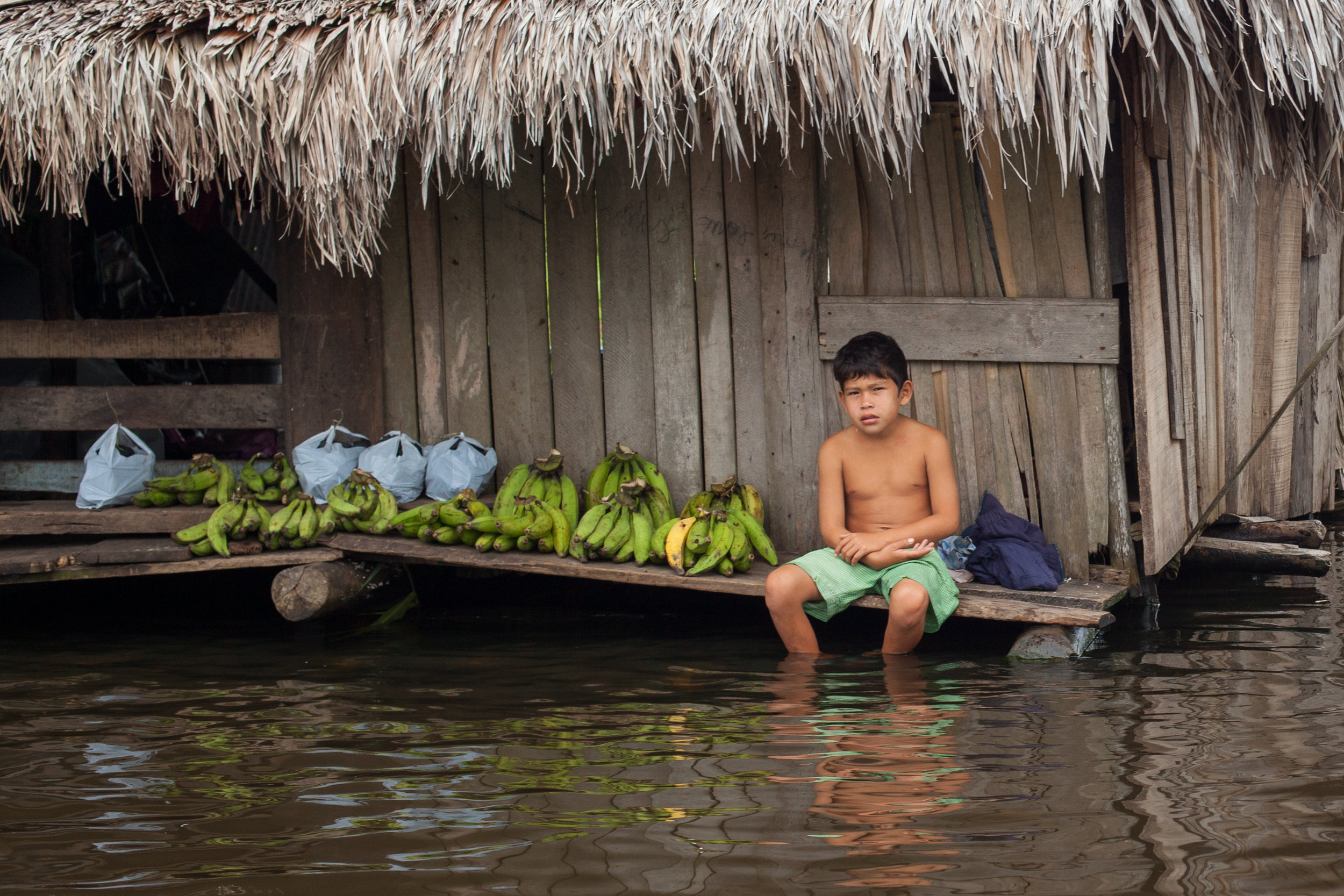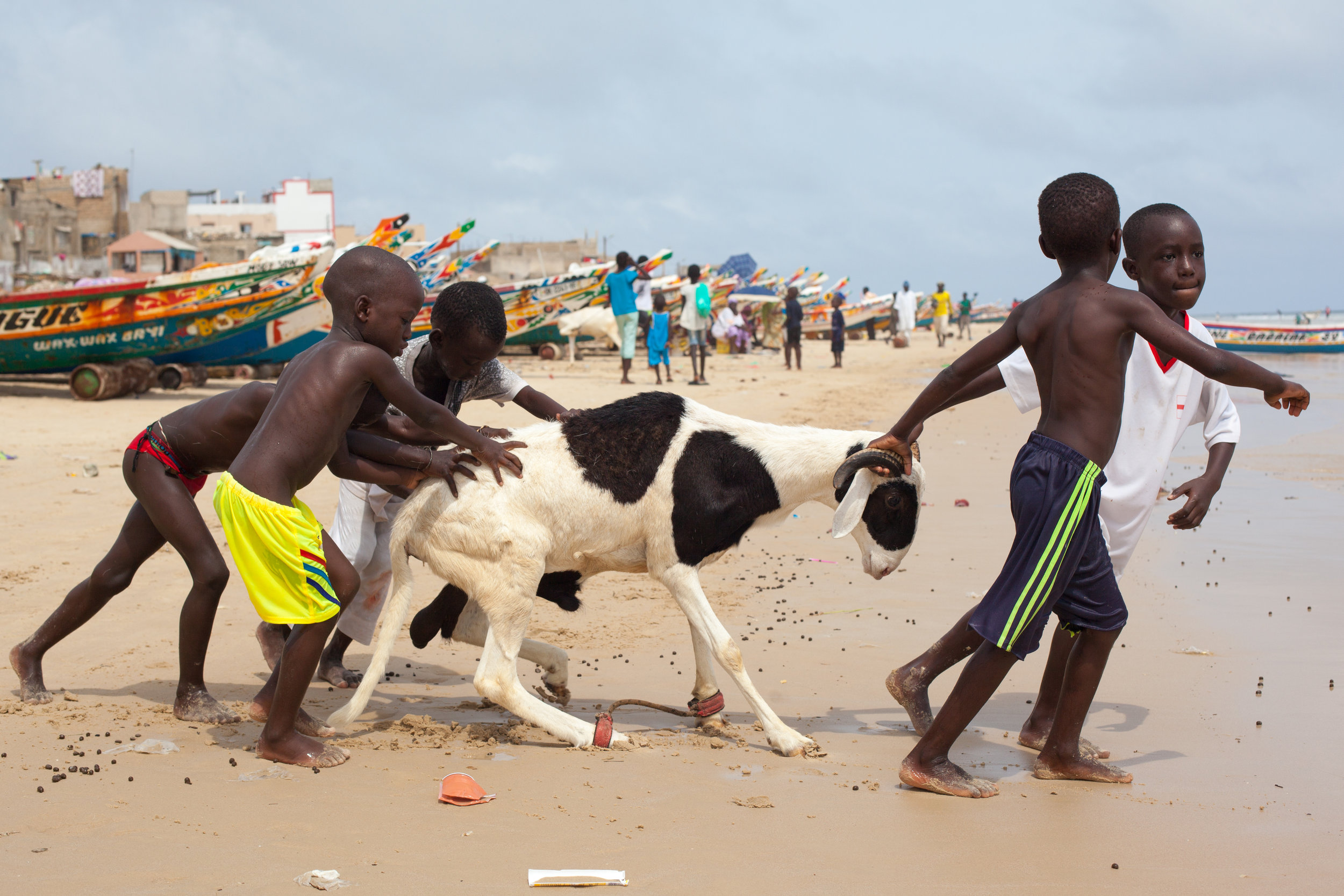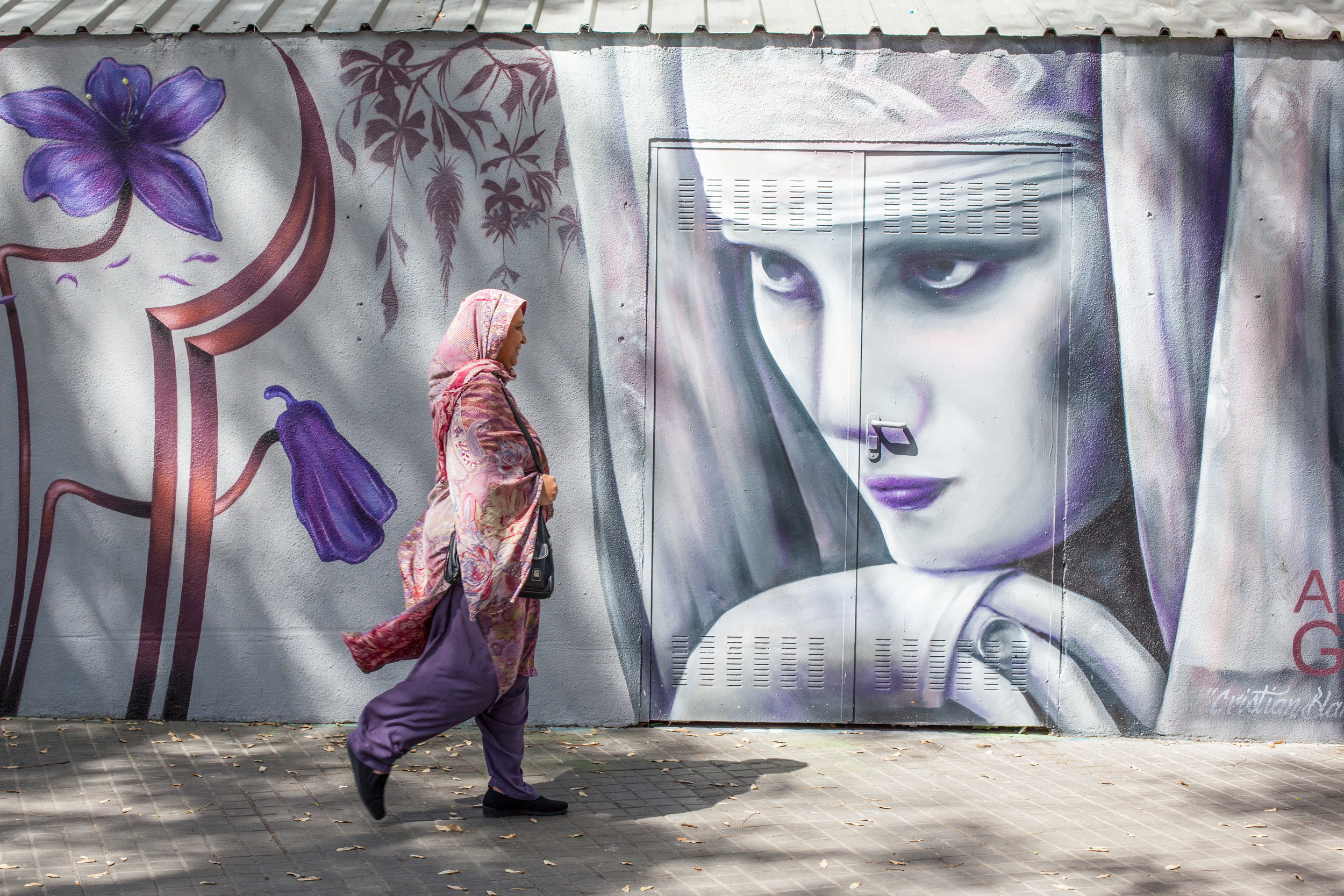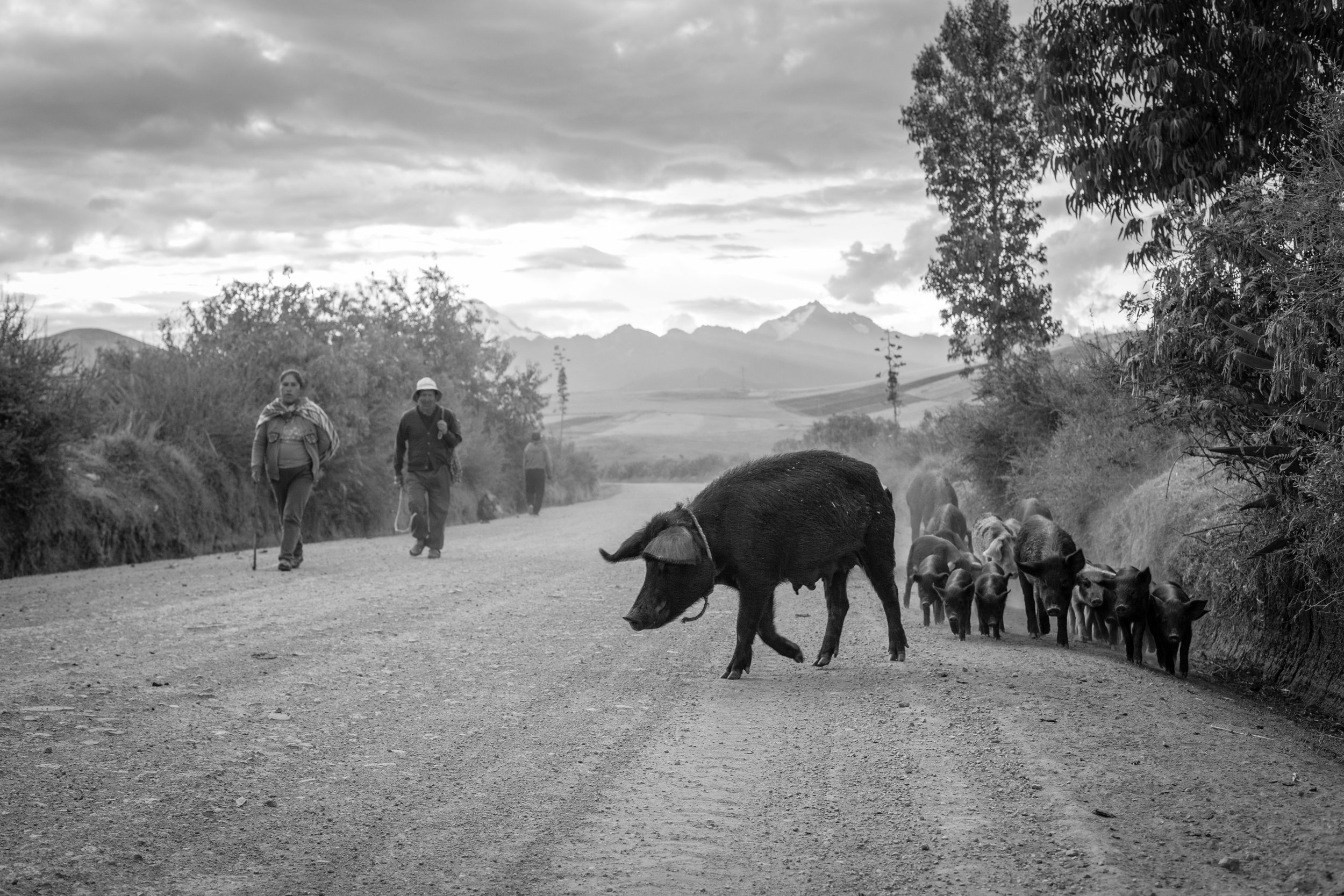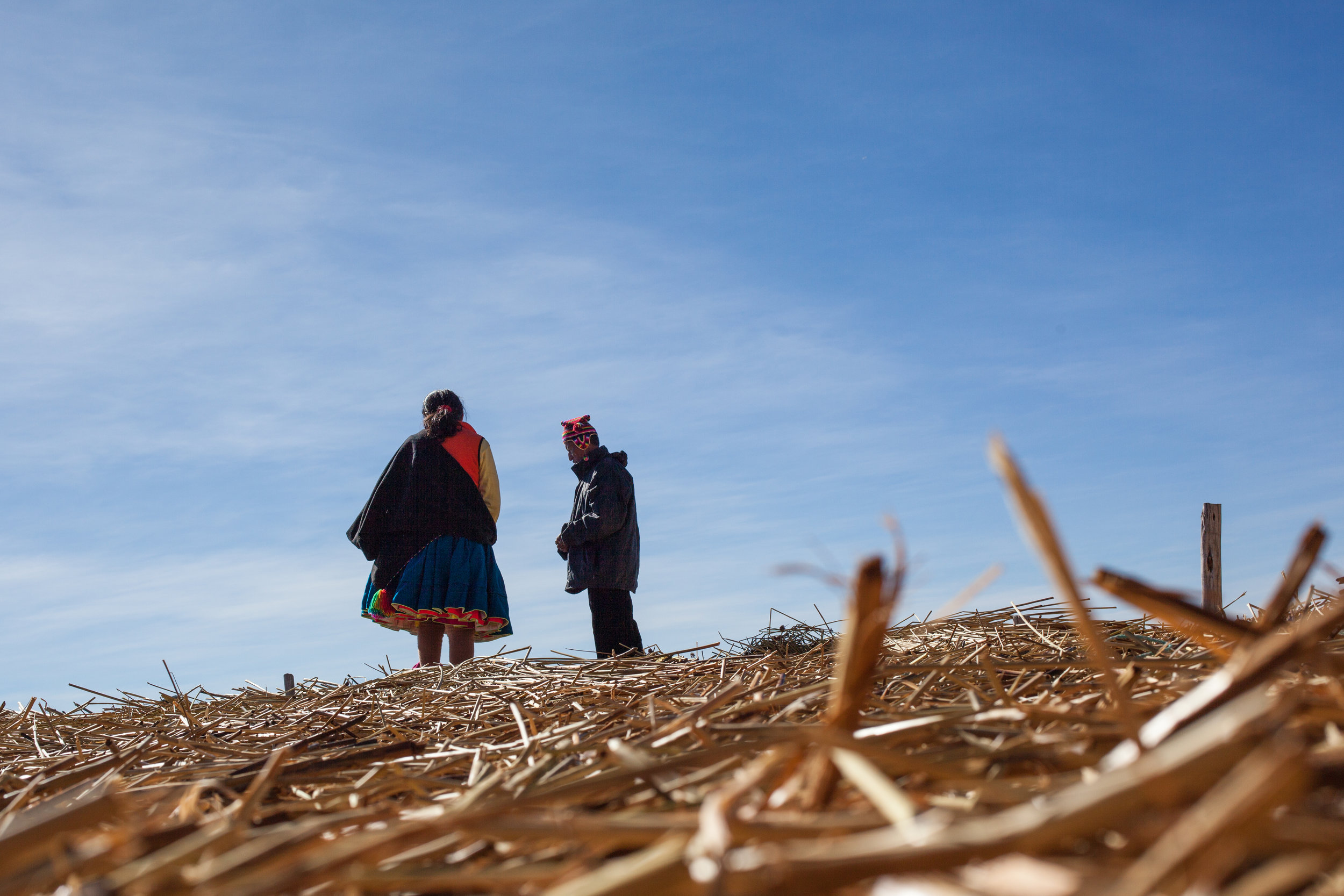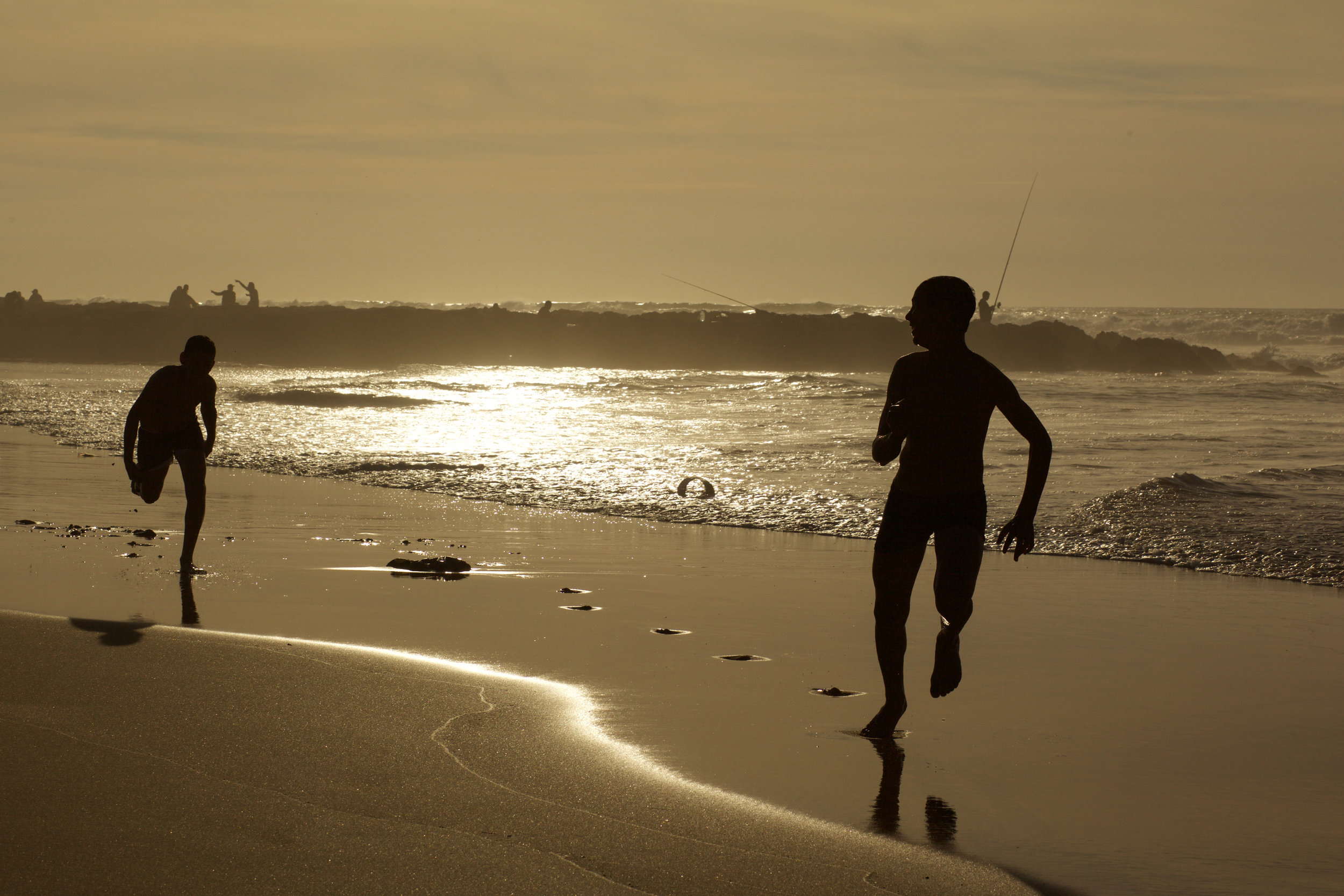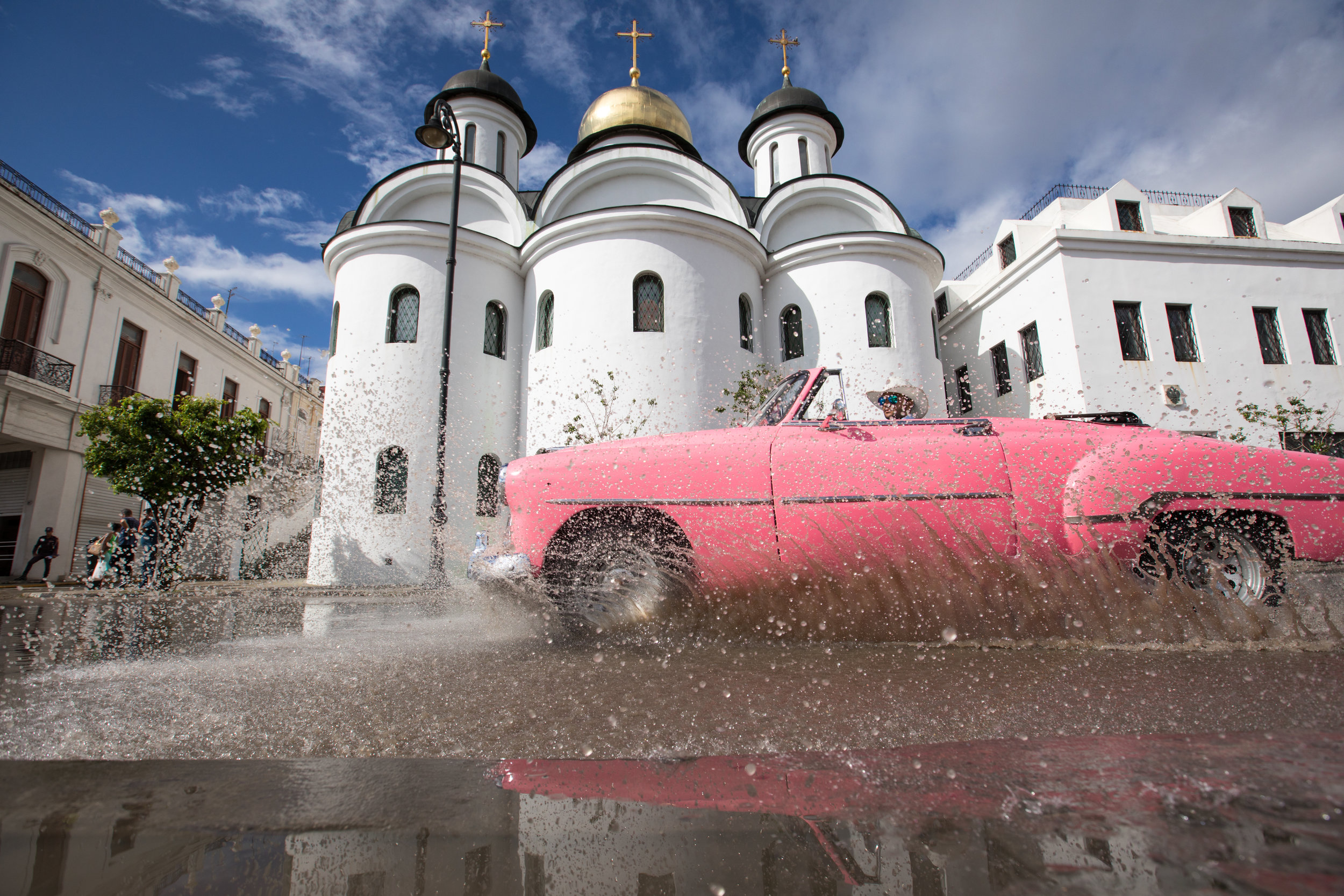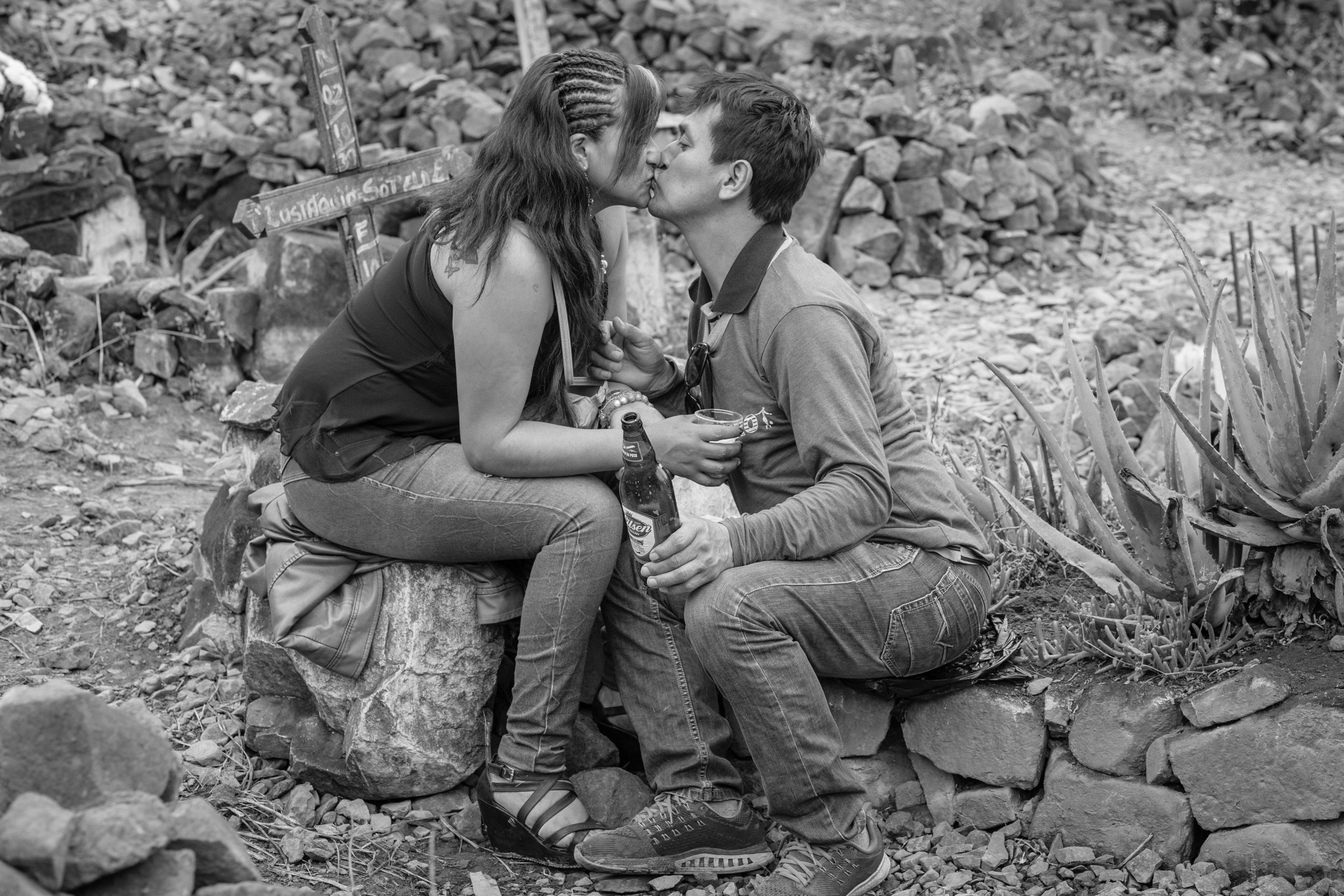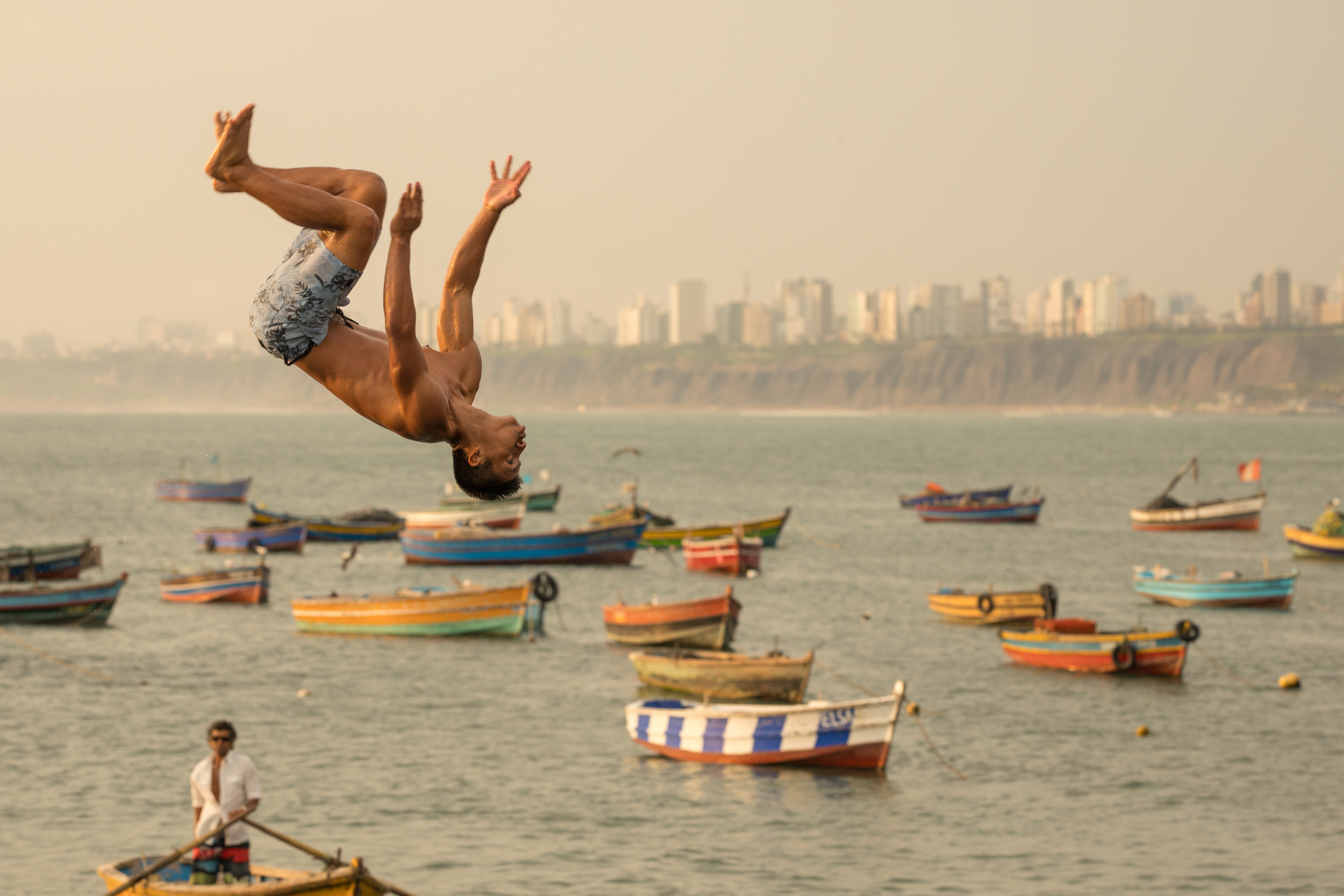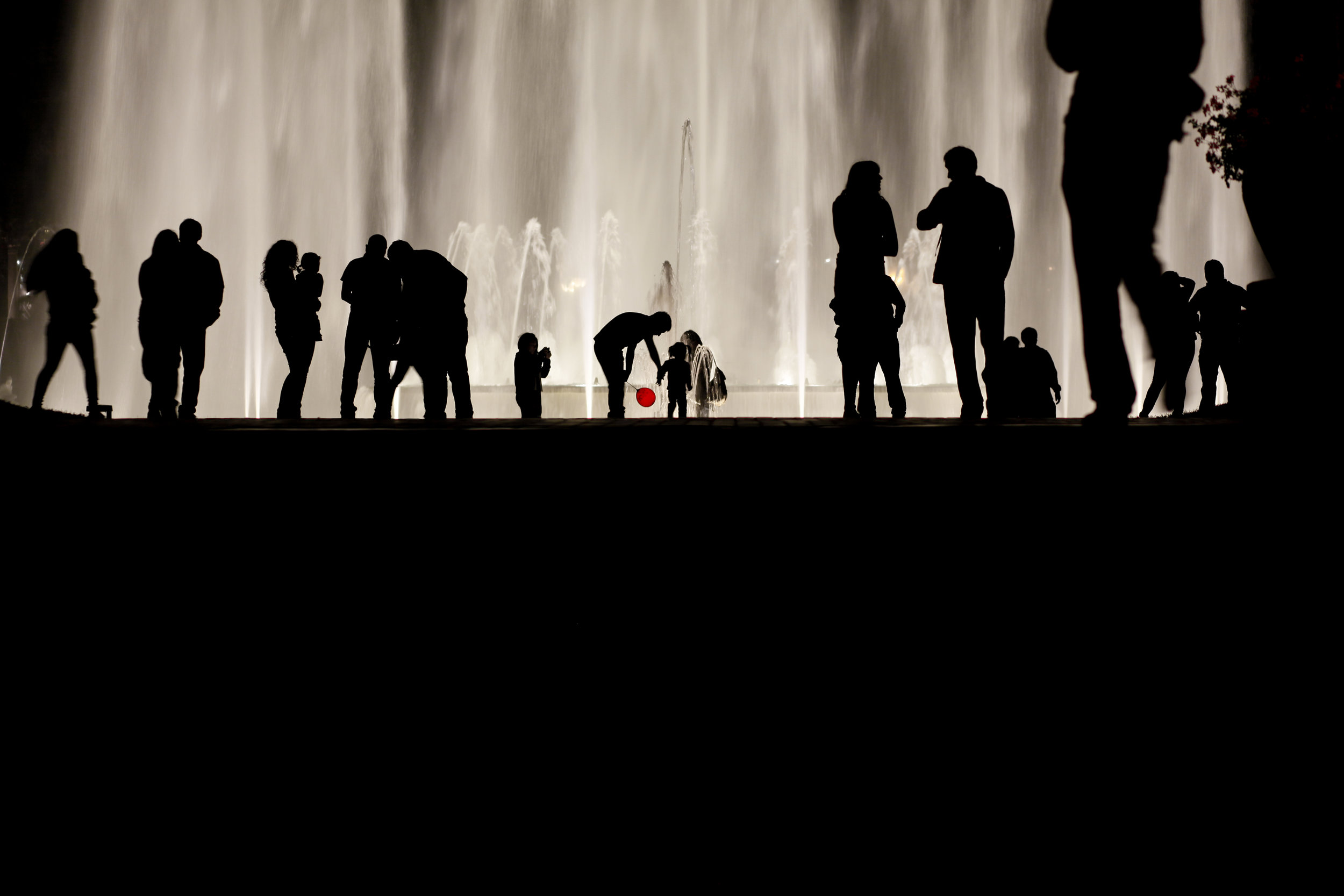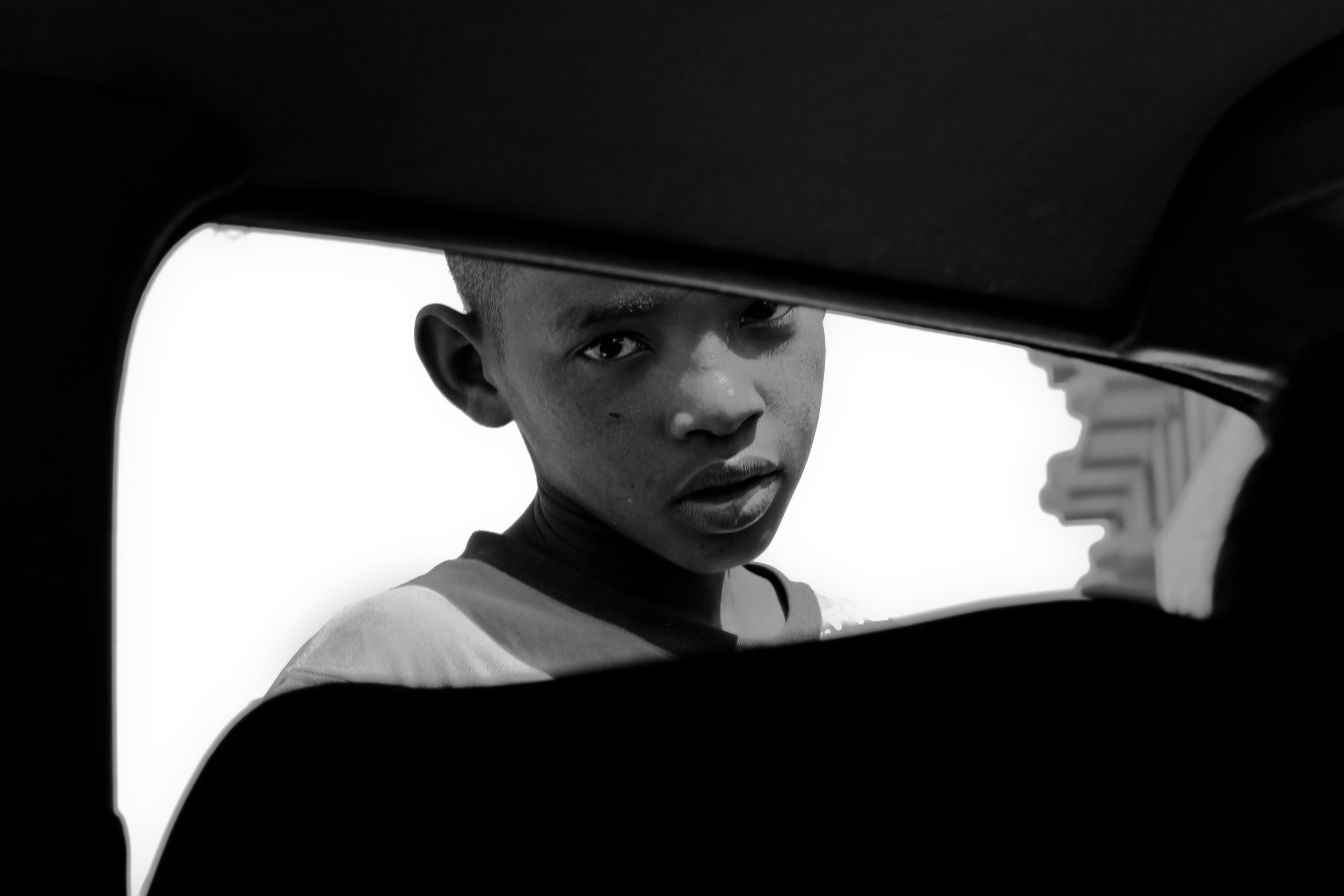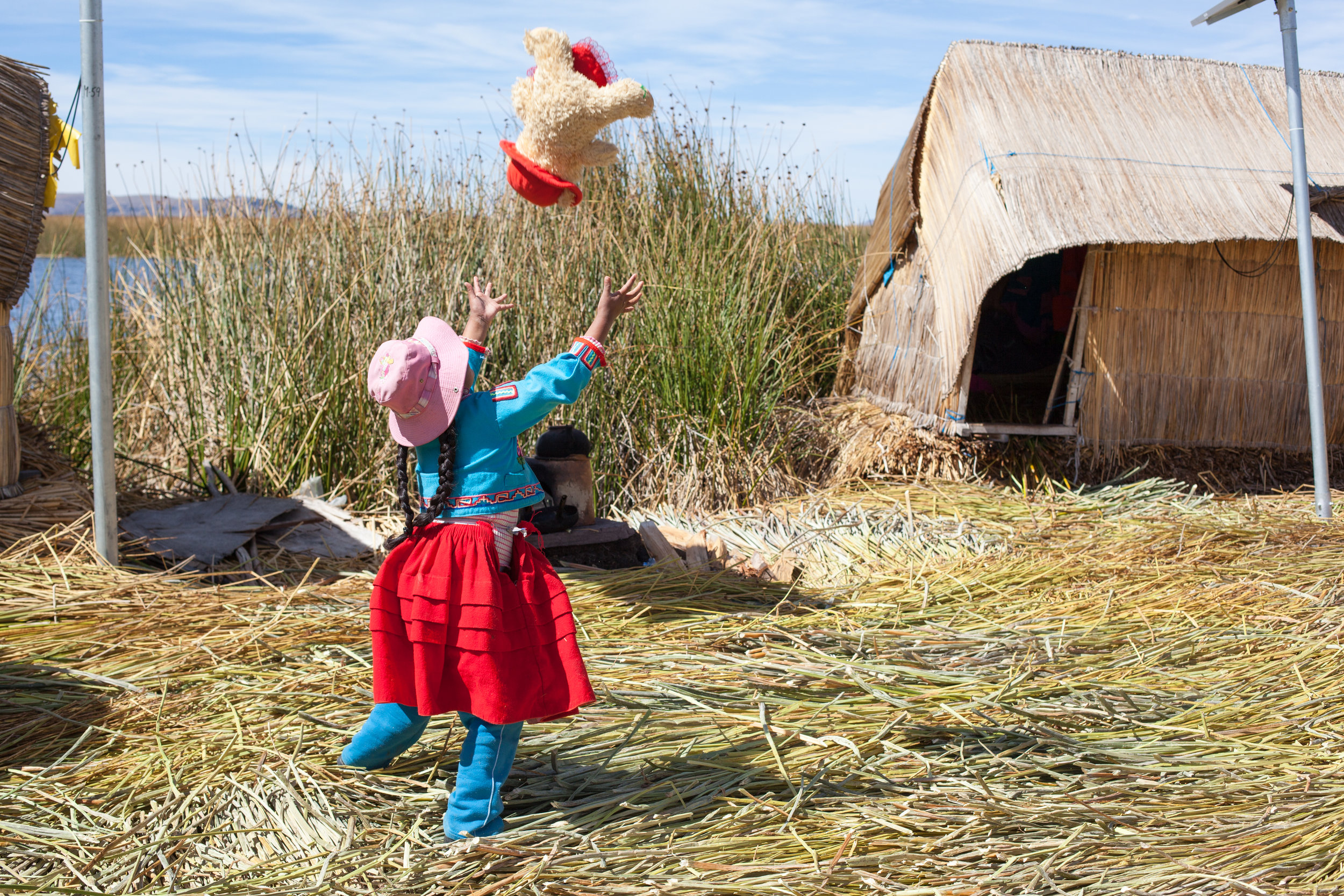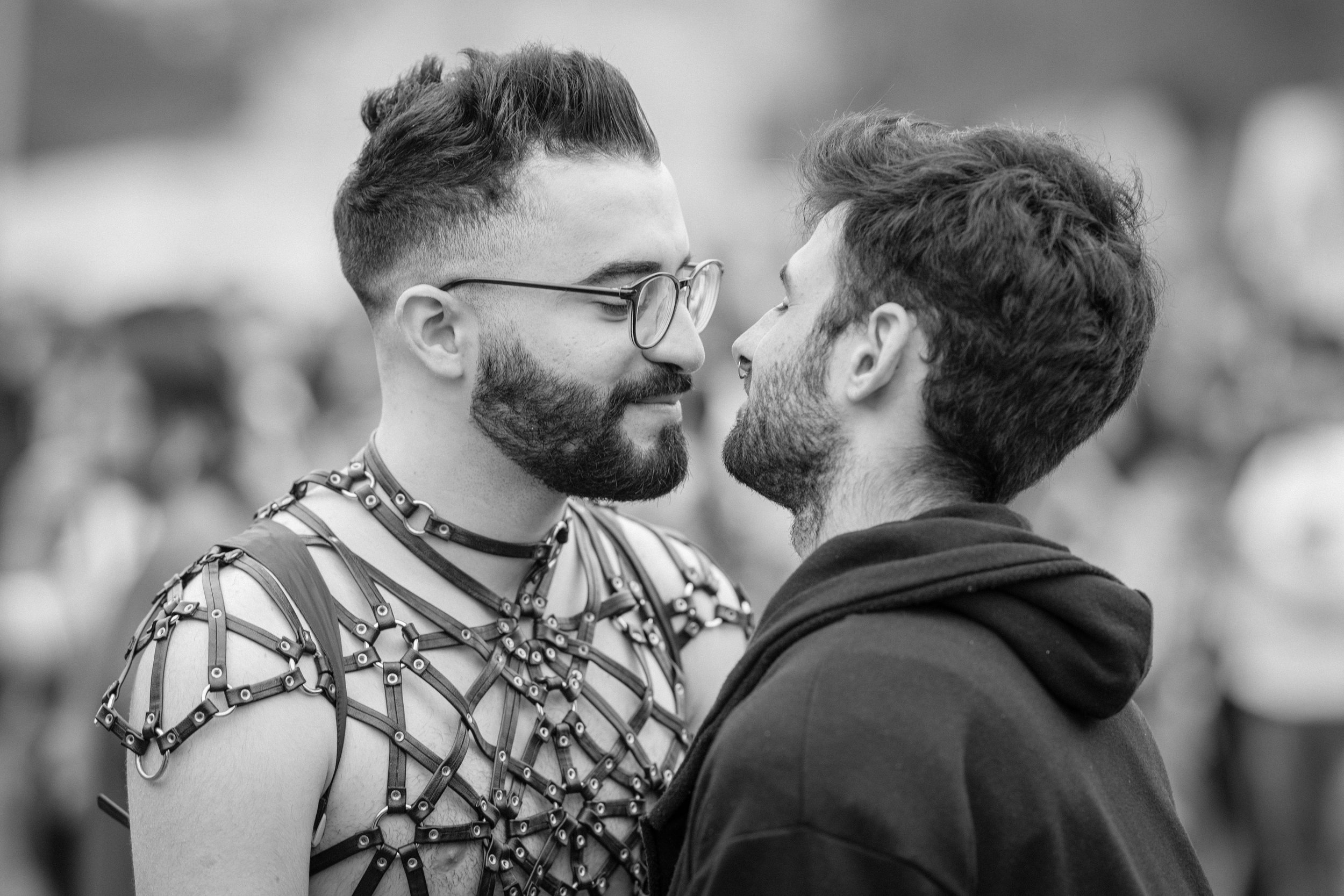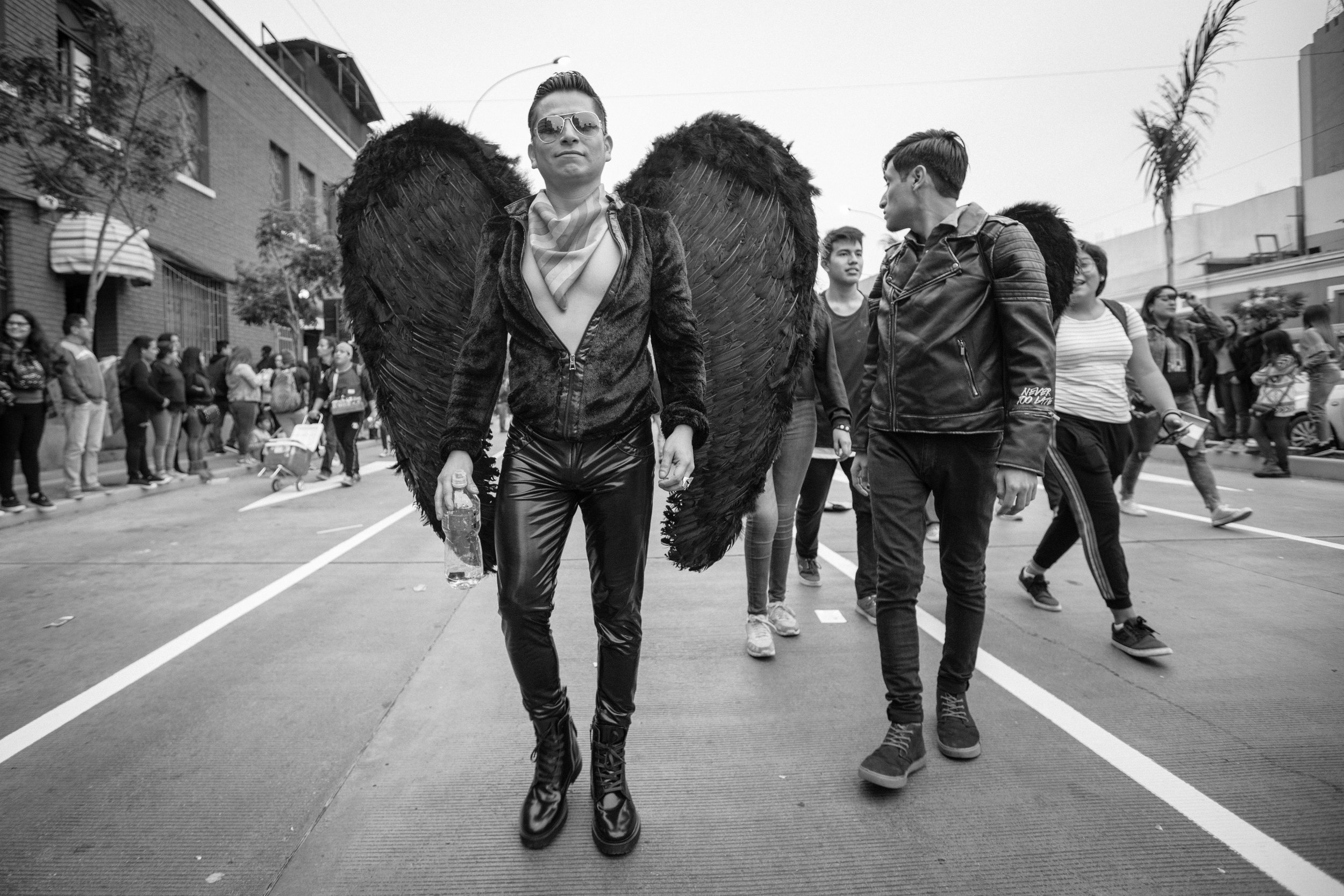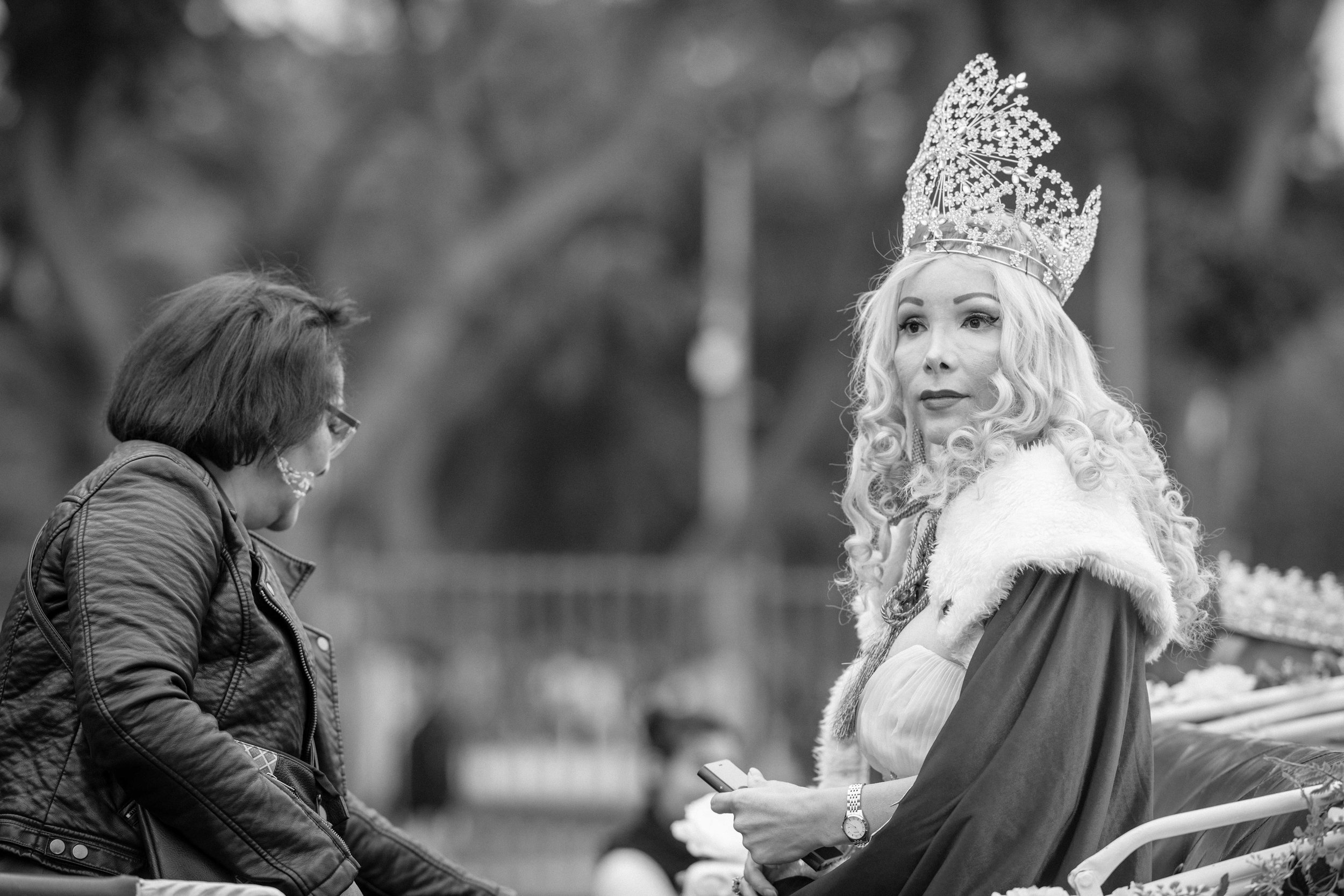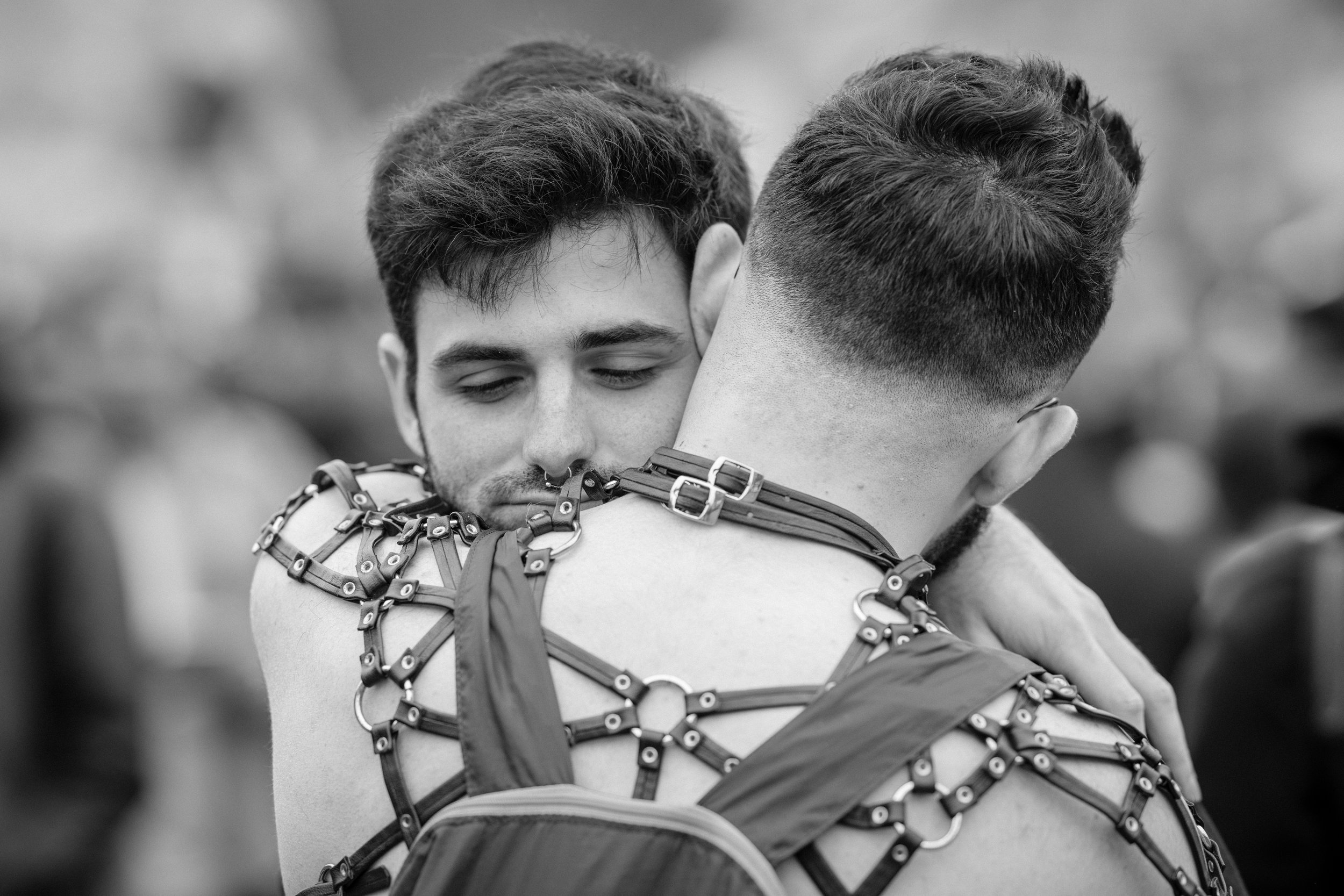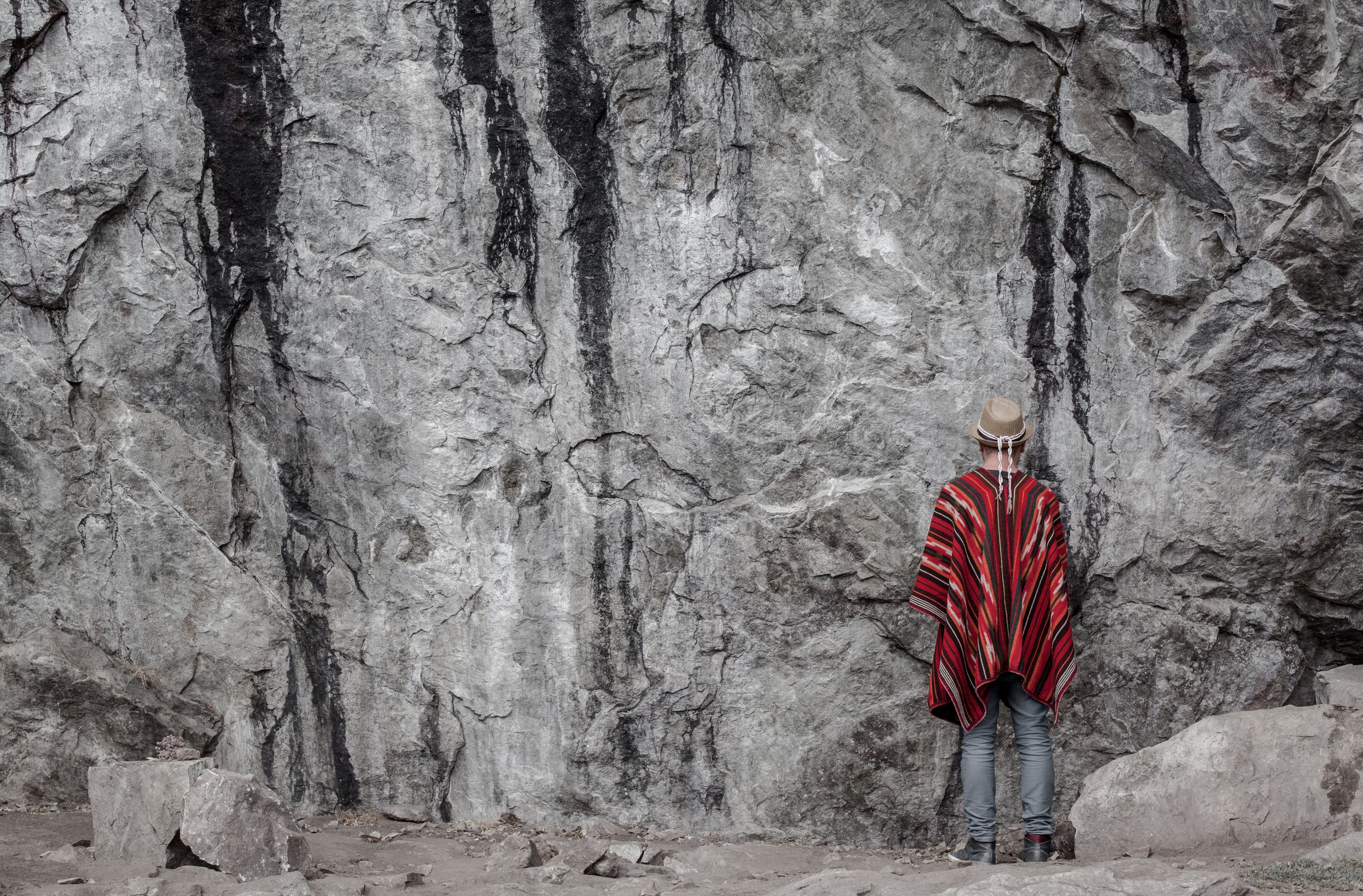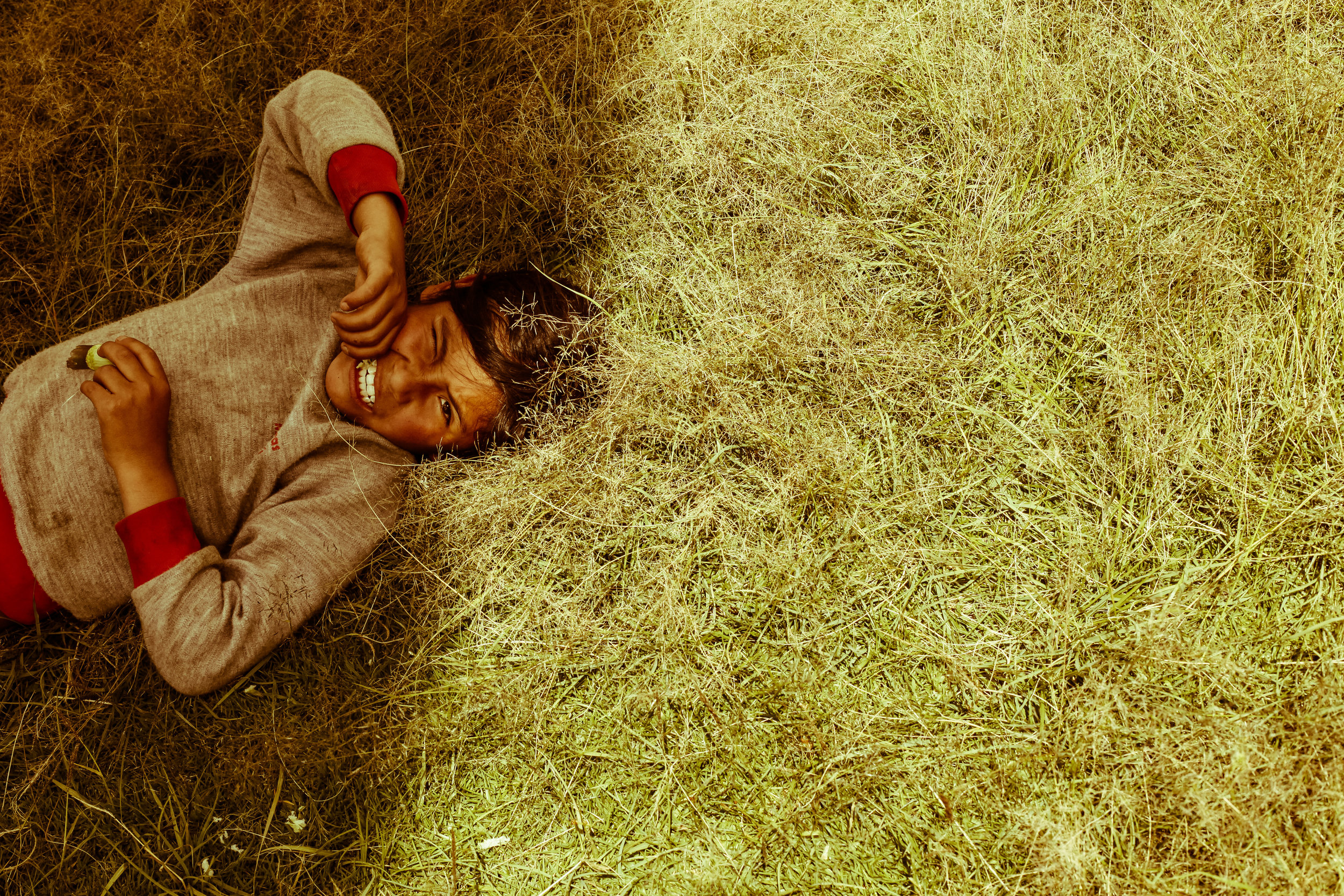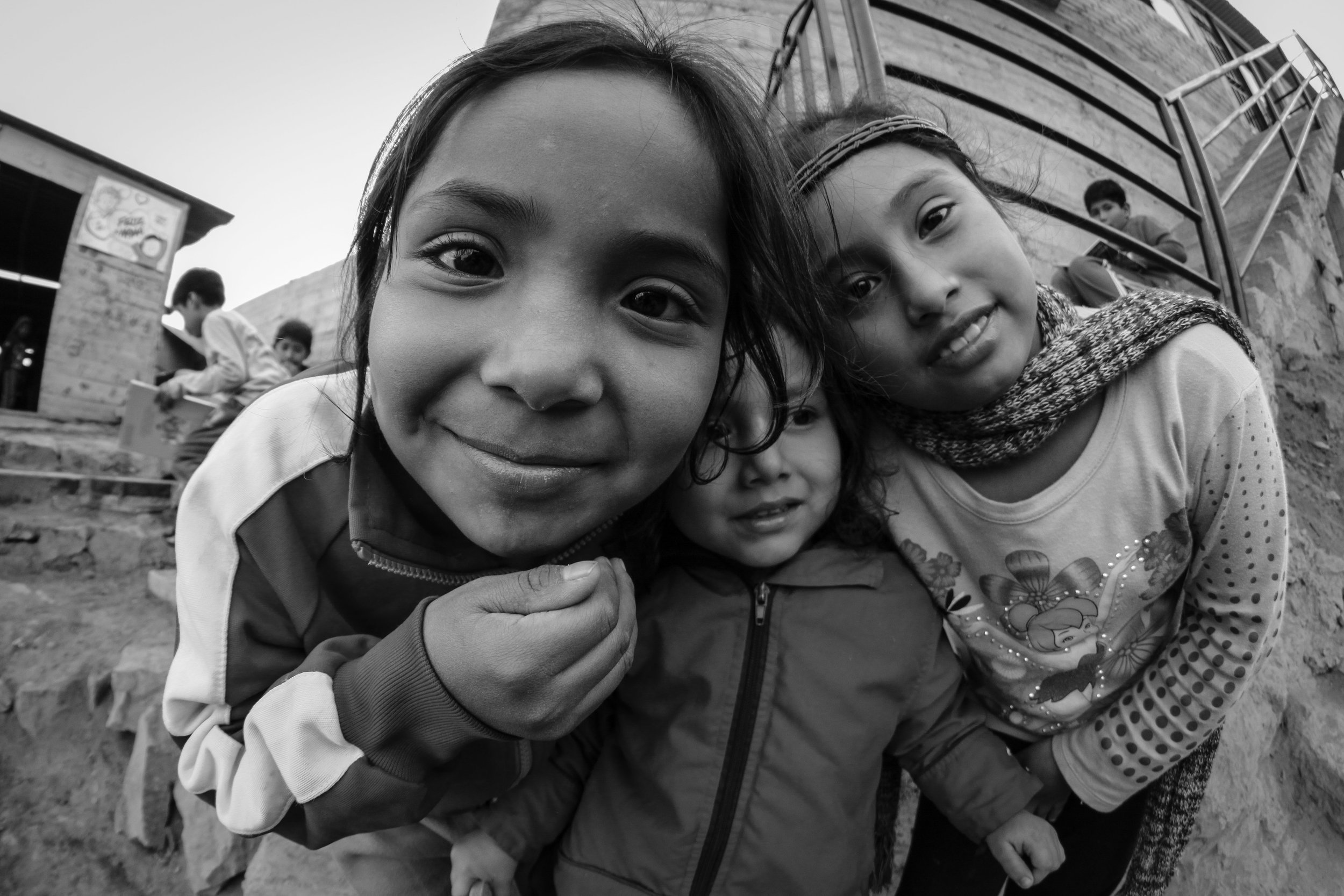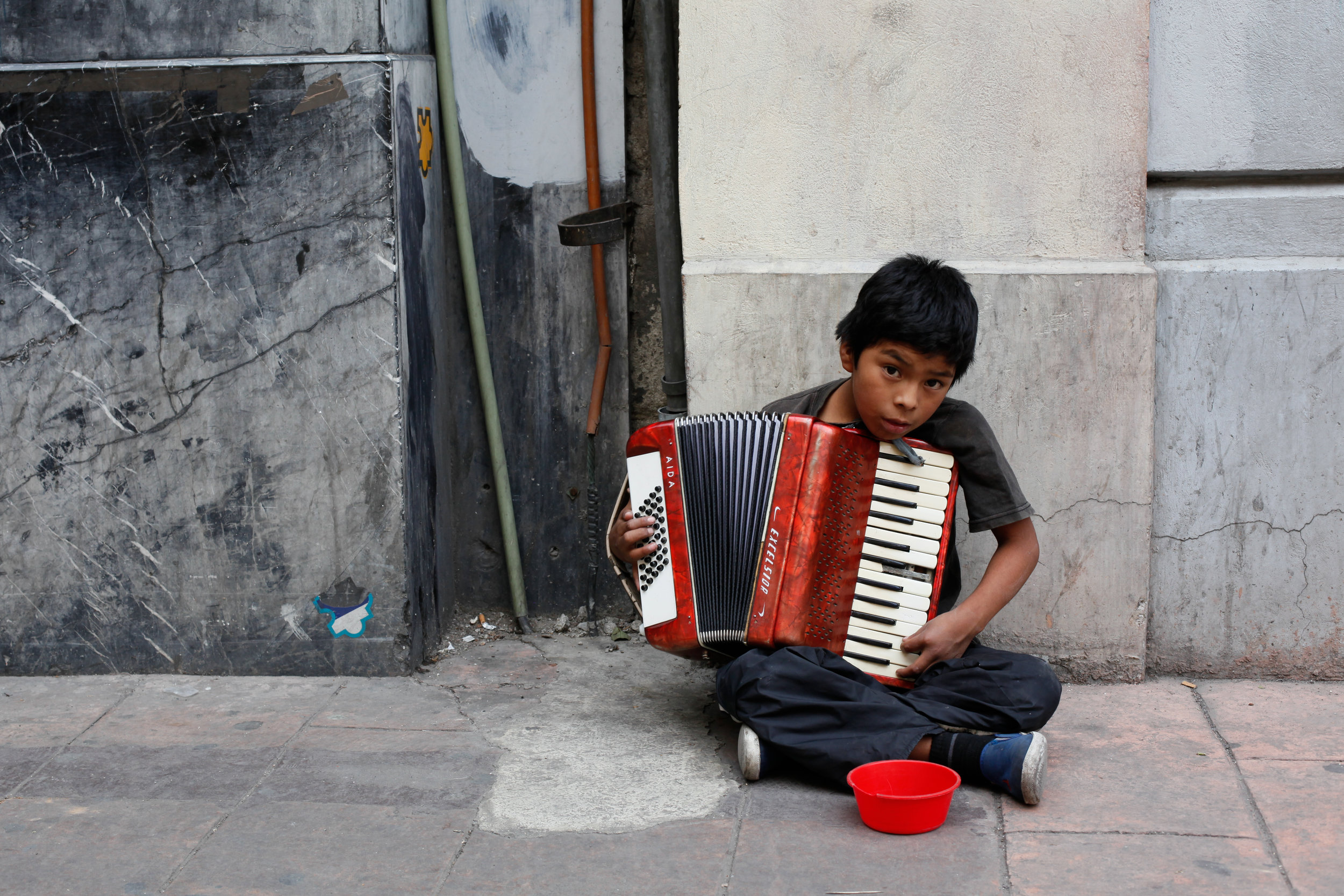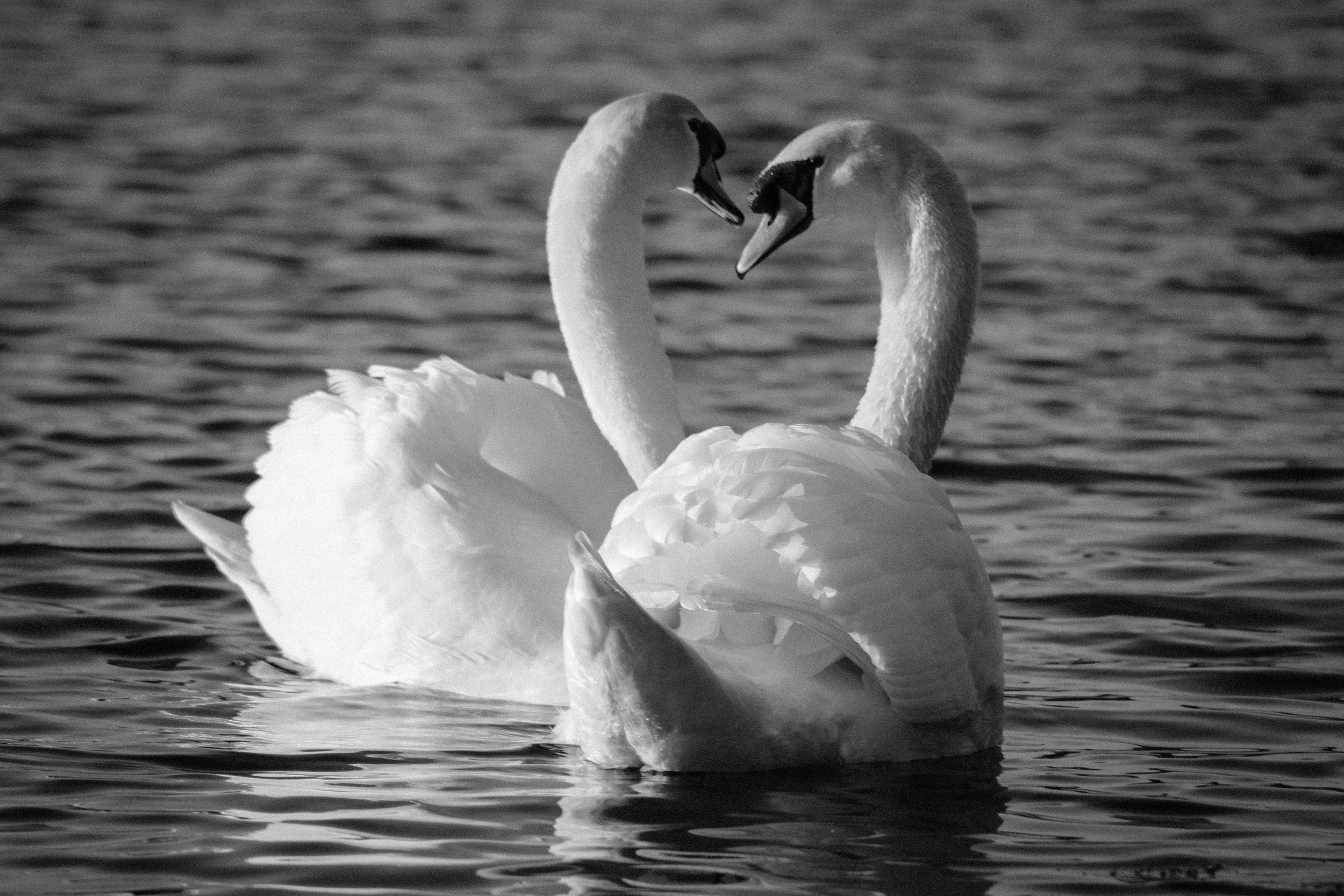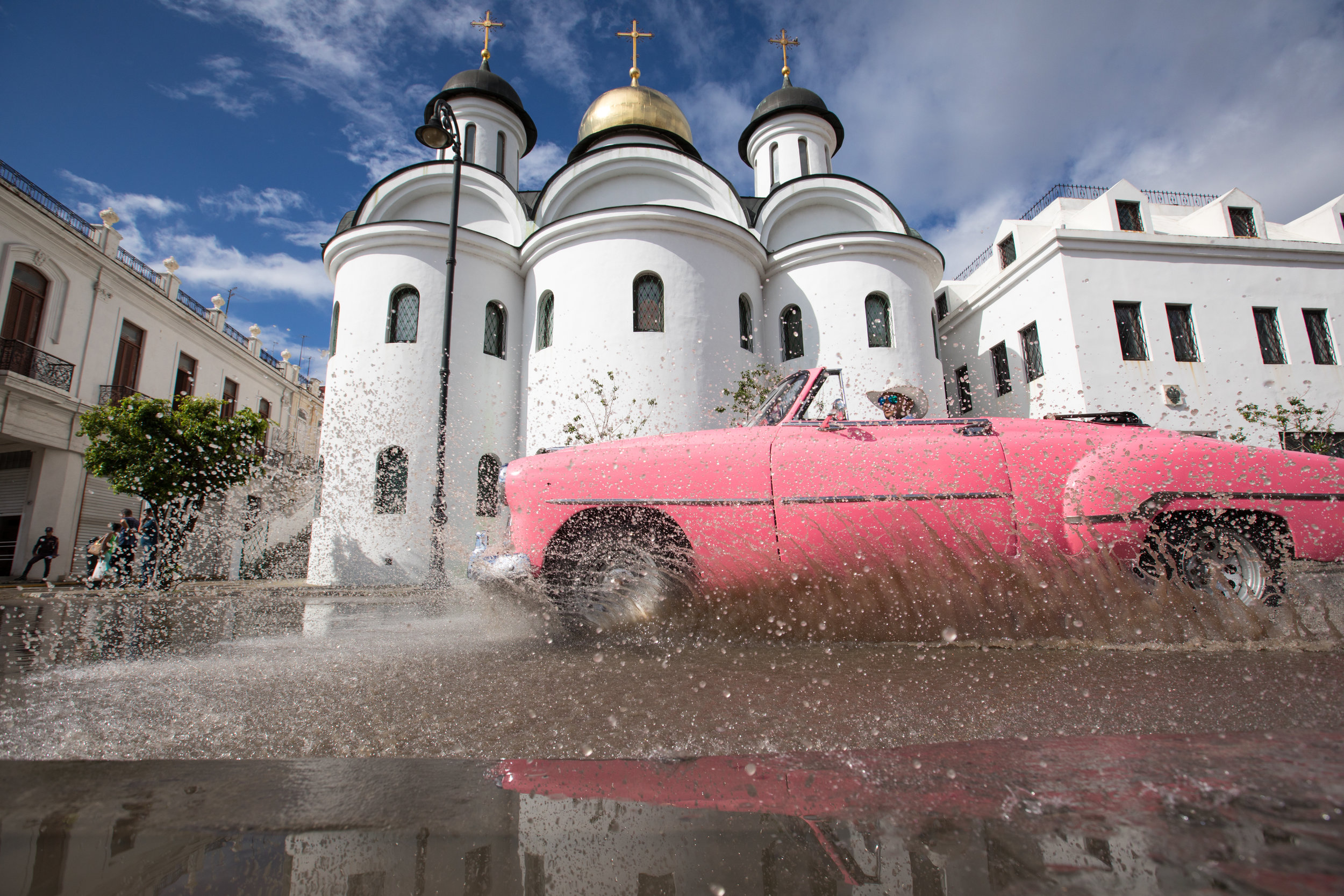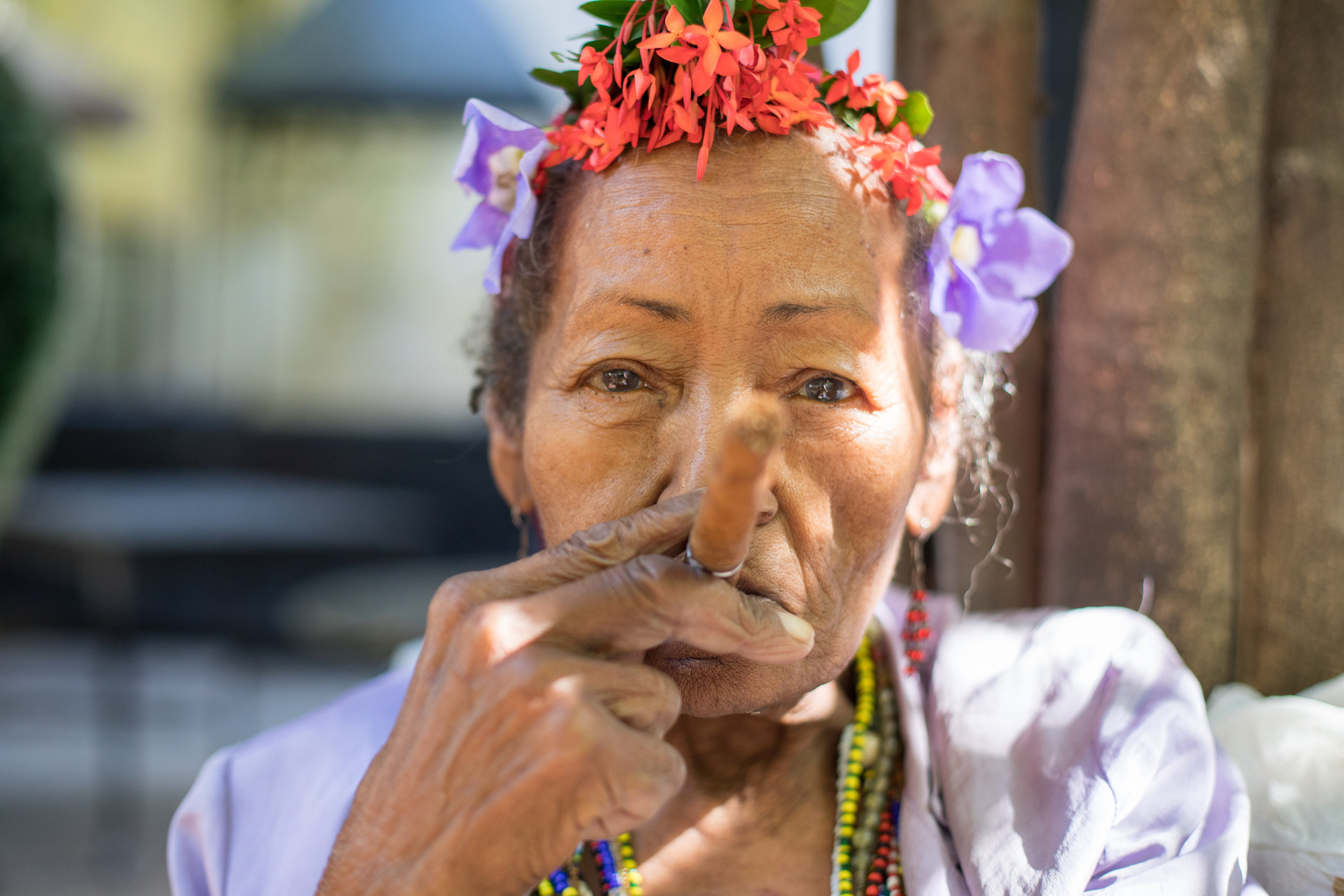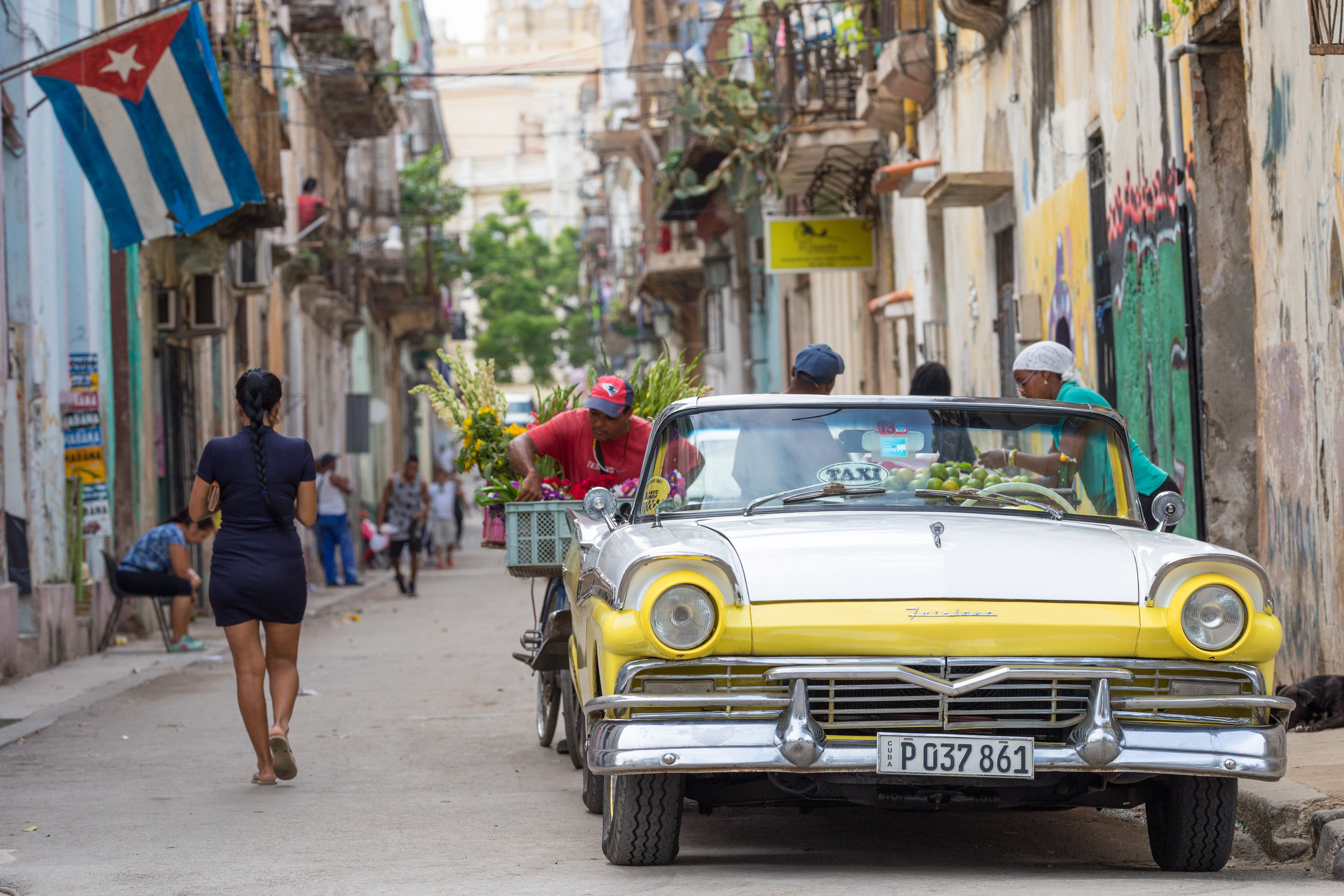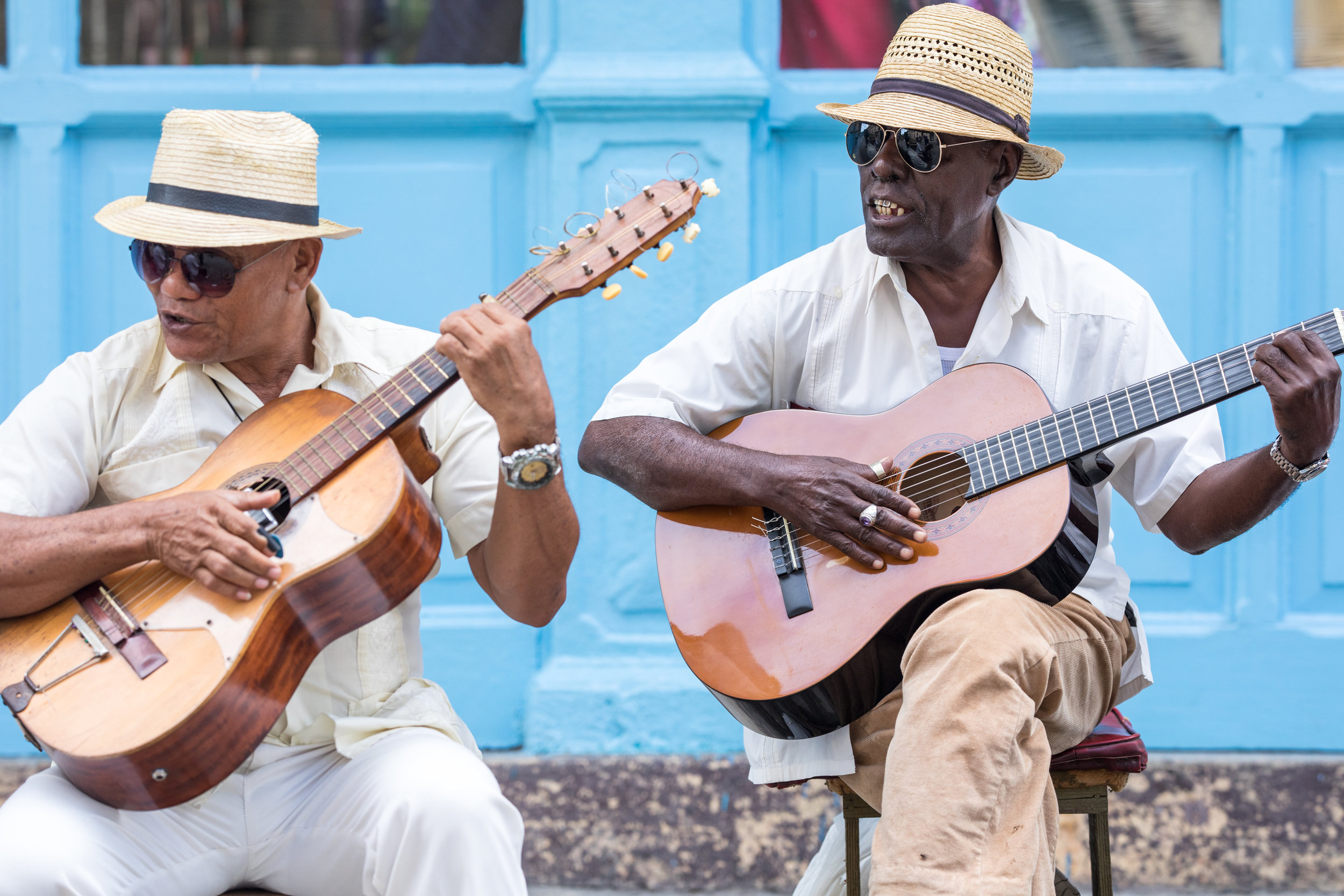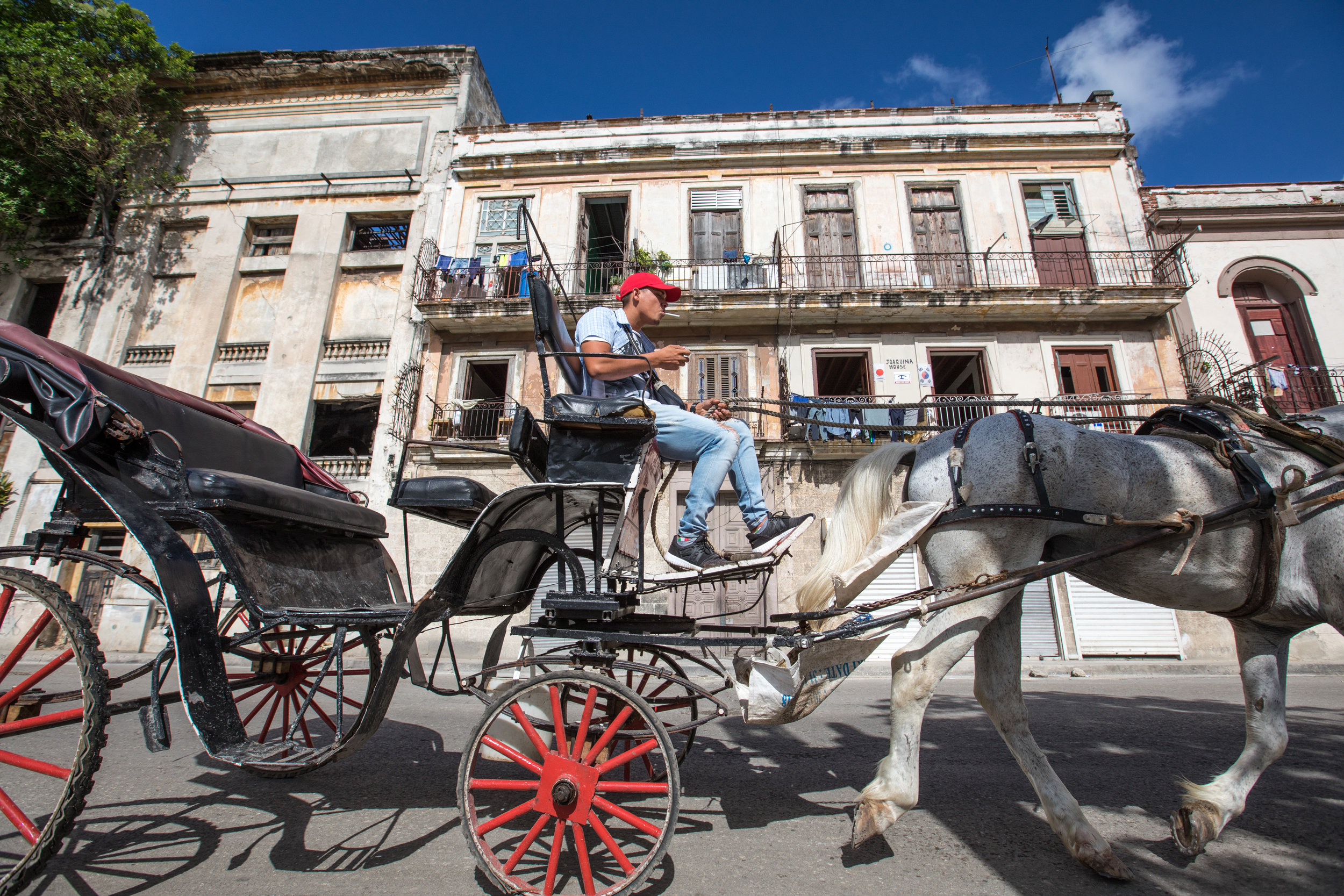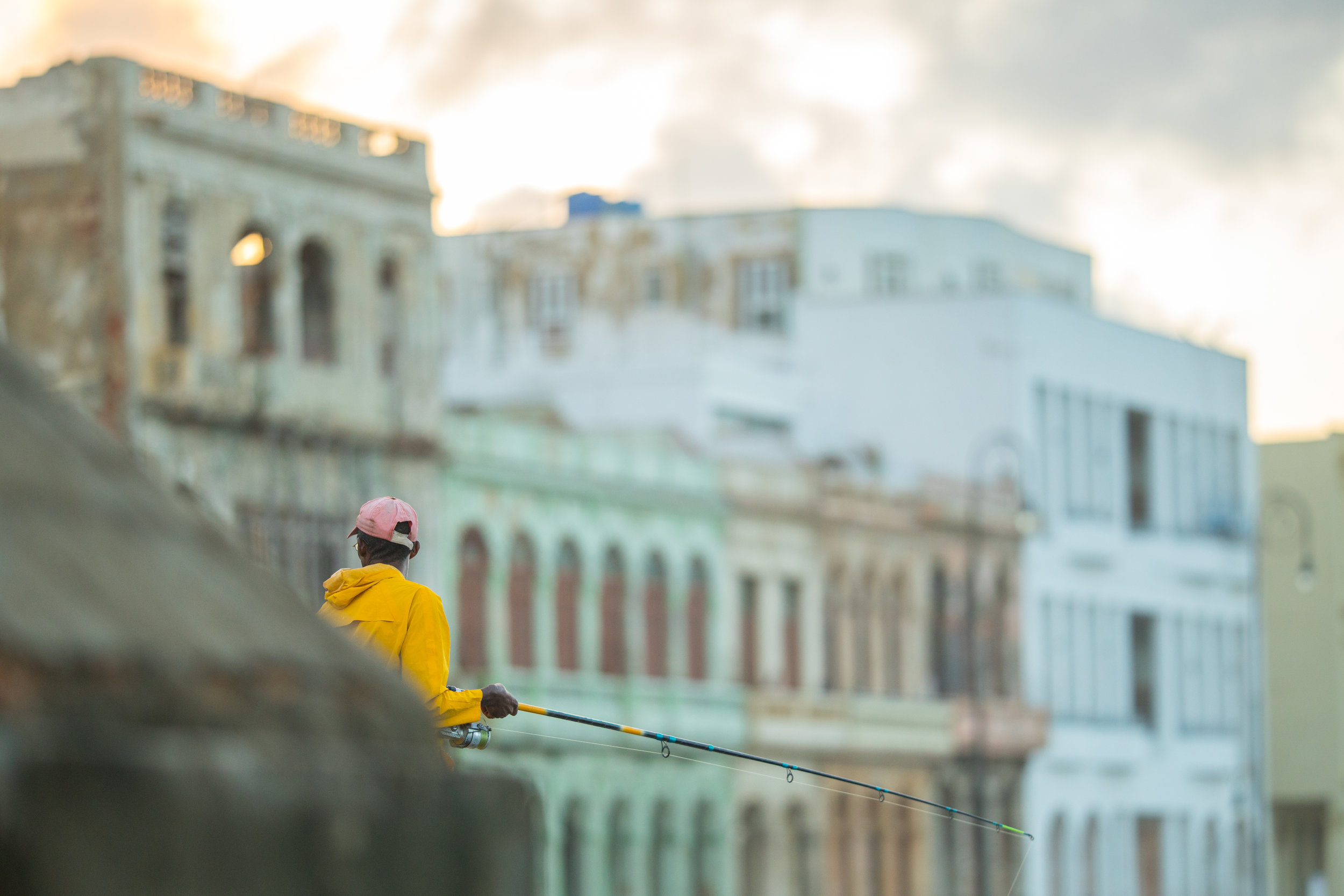Benefits of Using Flickr as a Photographer
1. Exposure & Reach
My photos on Flickr have been viewed almost 15 million times! My Flickr stream is viewed between 5,000 - 10,000 times daily and I have had over 80,000 views on my highest viewed day. My most viewed photo on Flickr, 'Time Alone, Meditation at Machu Picchu' has been viewed over 50,000 times. I tend to upload one photo a day on average and the newly uploaded photo will be seen over 1000 times in the first 24 hours. This is far higher than my pages on both Facebook and Instagram. Obviously I have had my Flickr account for much longer and have built up a good following but that is not the only reason for the higher statistics:
Flickr is also ranked very well by search engines in particular google. Therefore photos on a Flickr stream can be found via searche engines and not just by looking on Flickr itself. Just last week I had an enquiry which turned into the sale of two images from my Flickr account which were found via a google search. To maximise the chance of your photos being ranked by search engines it is important to enter a description of the image and include relevant key word tags. In addition it is a good idea to geo tag your images by adding a location as Flickr offers the ability to search via location.
Finally you can publish your photo using a Creative Commons Licence on Flickr. There are various types of creative commons licence but it basically allows others to share your work so long as they credit you and link back to your Flickr photo. I used this option a lot in the beginning as it was a good way to get exposure, Flickr allows users to search images only containing these licenses.
2. Storage
If you use the paid for Pro subscription plan on Flickr you get unlimited storage space. The cost is around $50 a year for this service which I believe is very good value for money. As a regular traveller with no fixed residency it is reassuring to know that I have a back up online of my favourite images. In fact I wish I had uploaded more in the past as have lost or misplaced external hard drives before resulting in losing some precious images and memories! You can download the full size images from your account at any time so long as your subscription is running.
3. Portfolio
For several years before I got round to setting up a photography website I used my Flickr account as an online portfolio. After the redesign a couple of years ago the site now displays your images in an aesthetically pleasing way. You can also organise your images into different albums which can be sent out as individual links.
4. Inspiration
There are some amazing photographers using Flickr and it is a great place to look for inspiration and ideas. A good place to start is the Explore section which features a selection of 500 photos daily. You can also view images with the most popular tags of the day, week or all time. The Flickr community is also very friendly and keen to advise. In my early days I reached out to several photographers for help and advice with regards to photographic techniques and post production.
5. Friendship
Through Flickr I have made several friendships around the World. In Lima, Peru I met local photographer Mike Joints who taught me about flash photography and where to find the cheapest local beer. In London I met the talented street photographer Linda Wisdom for some street shooting techniques. As well as running fantastic street photography workshops in the city she also sells some of my travel prints via her Etsy shop. Finally I found the extremely skilled anamorphic photographer Shuji Moriwaki who ended up selling me one of his anamorphic lenses and giving me countless advice on how to use it.
~ ~ ~ ~ ~ ~ ~
To conclude I highly recommend the use of Flickr as both a photography portfolio, a back up and a social platform. I will continue to use it on a regular basis, and hopefully with their recent merger with SmugMug things will only continue to improve in the future.
My Flickr Profile page can be found here, please take a look and feel free to leave some feedback. More of my travel photography can be found on my website, Instagram and Facebook Page. If you are interested in collaborating on future projects, or would like to purchase a print, please send me an email: geraintrowlandphotography@gmail.com.
